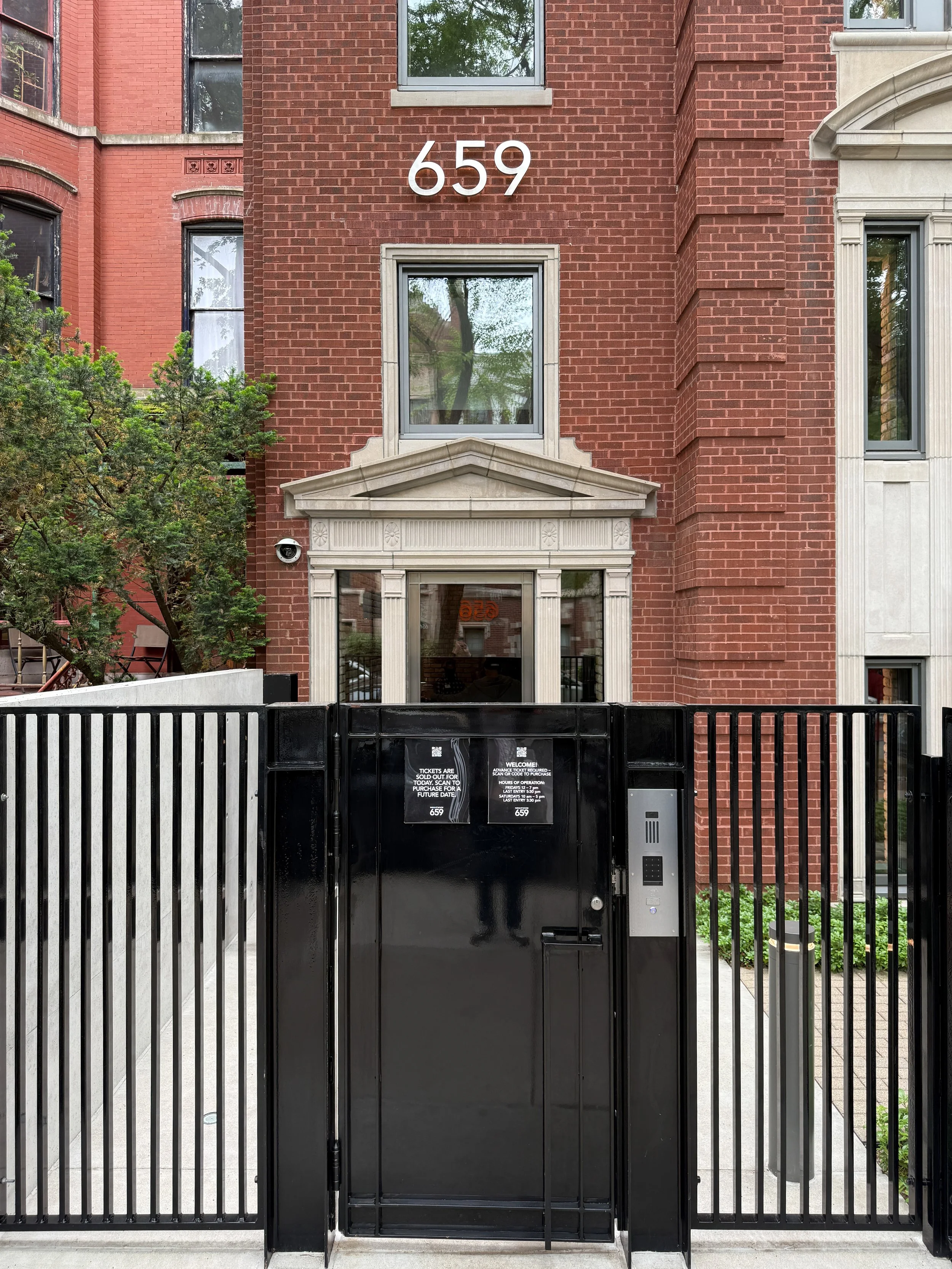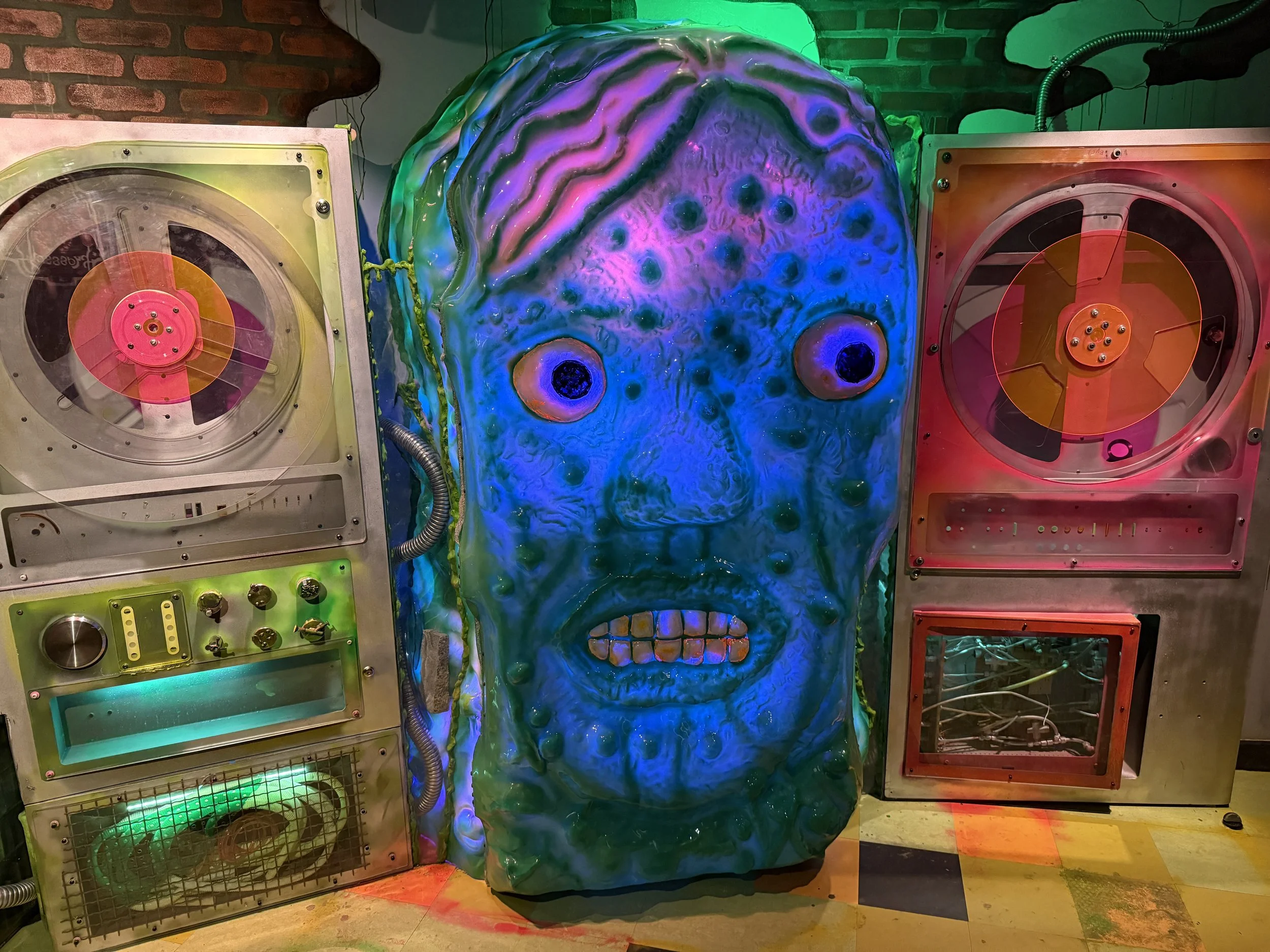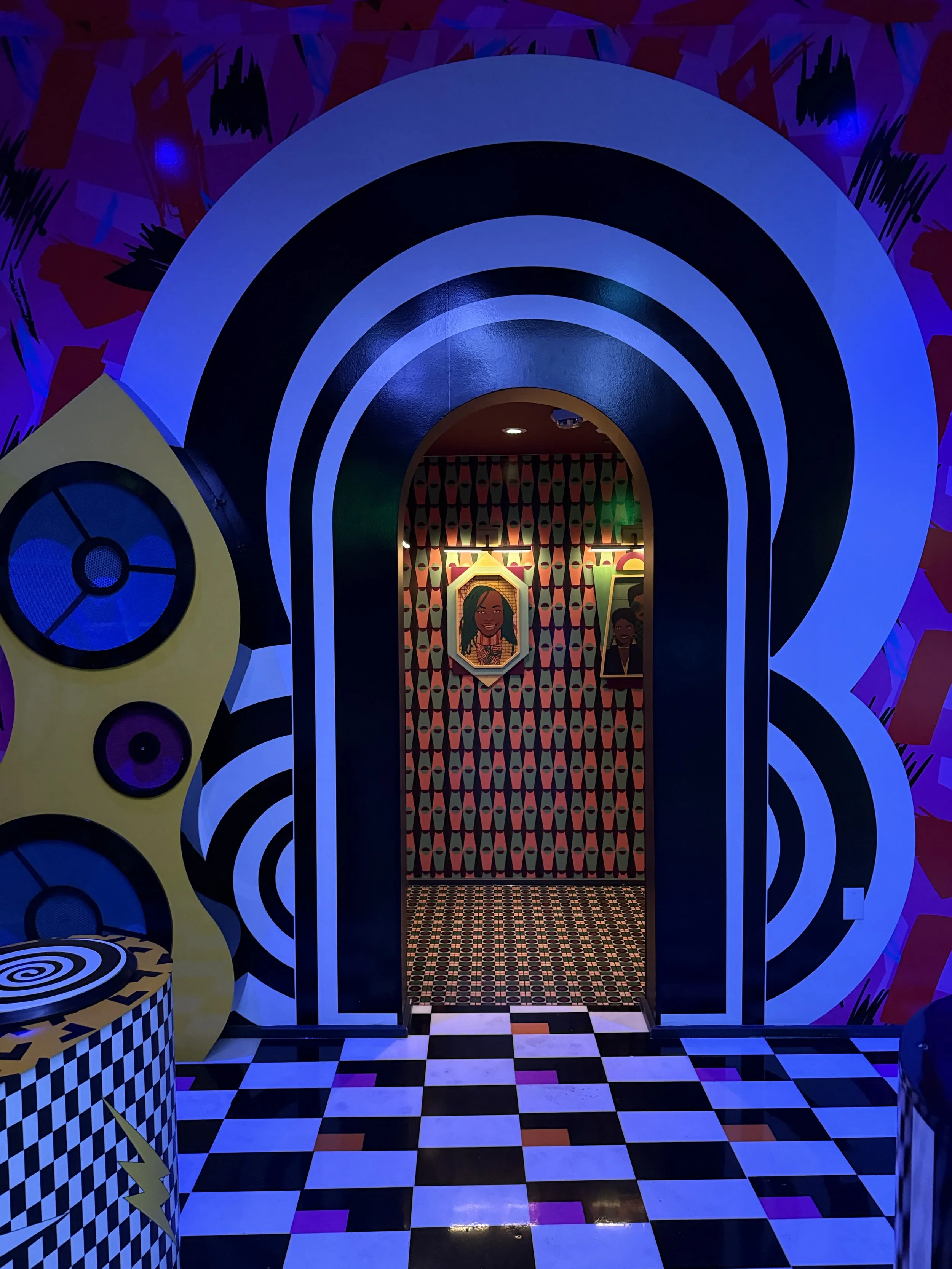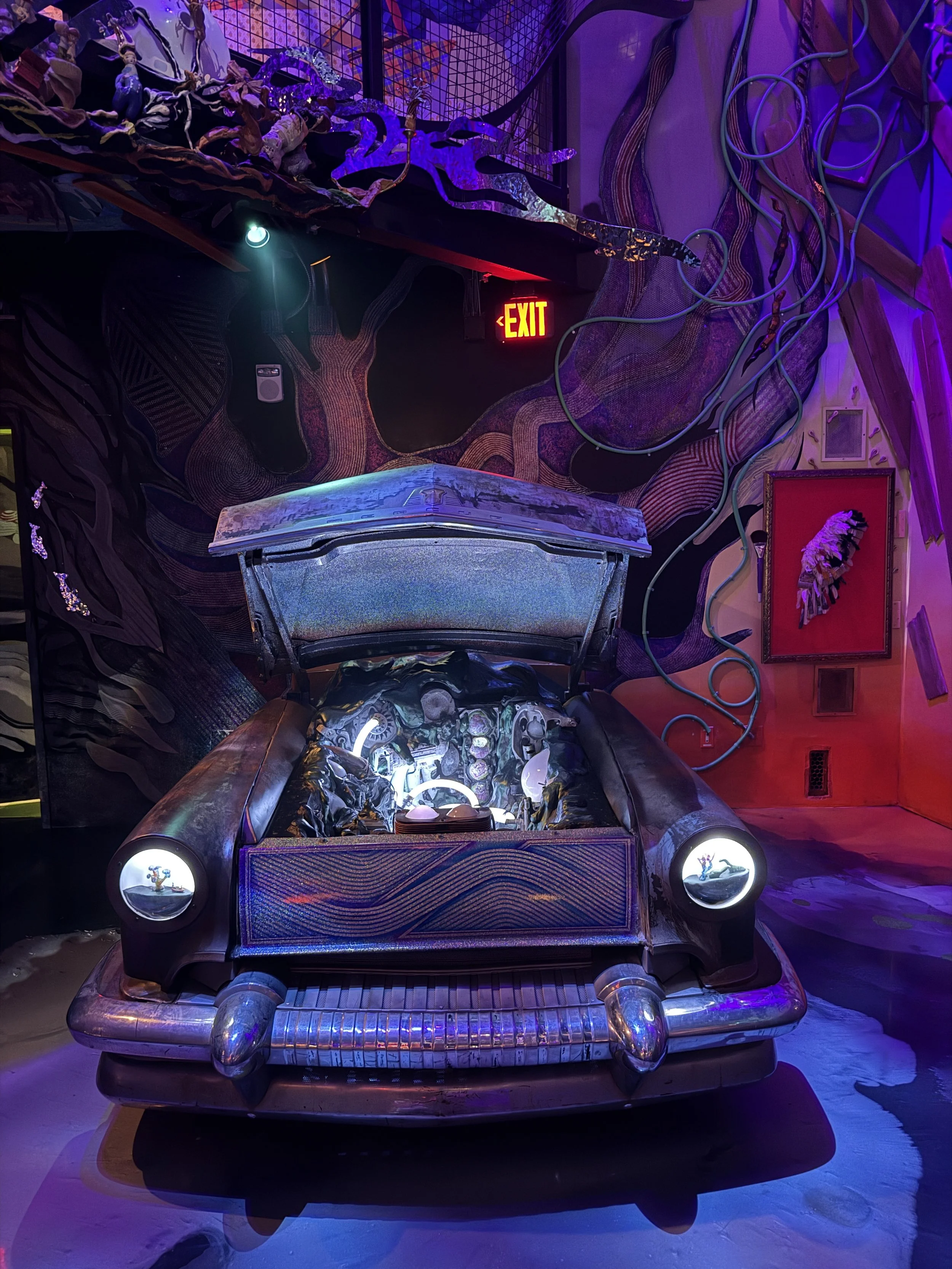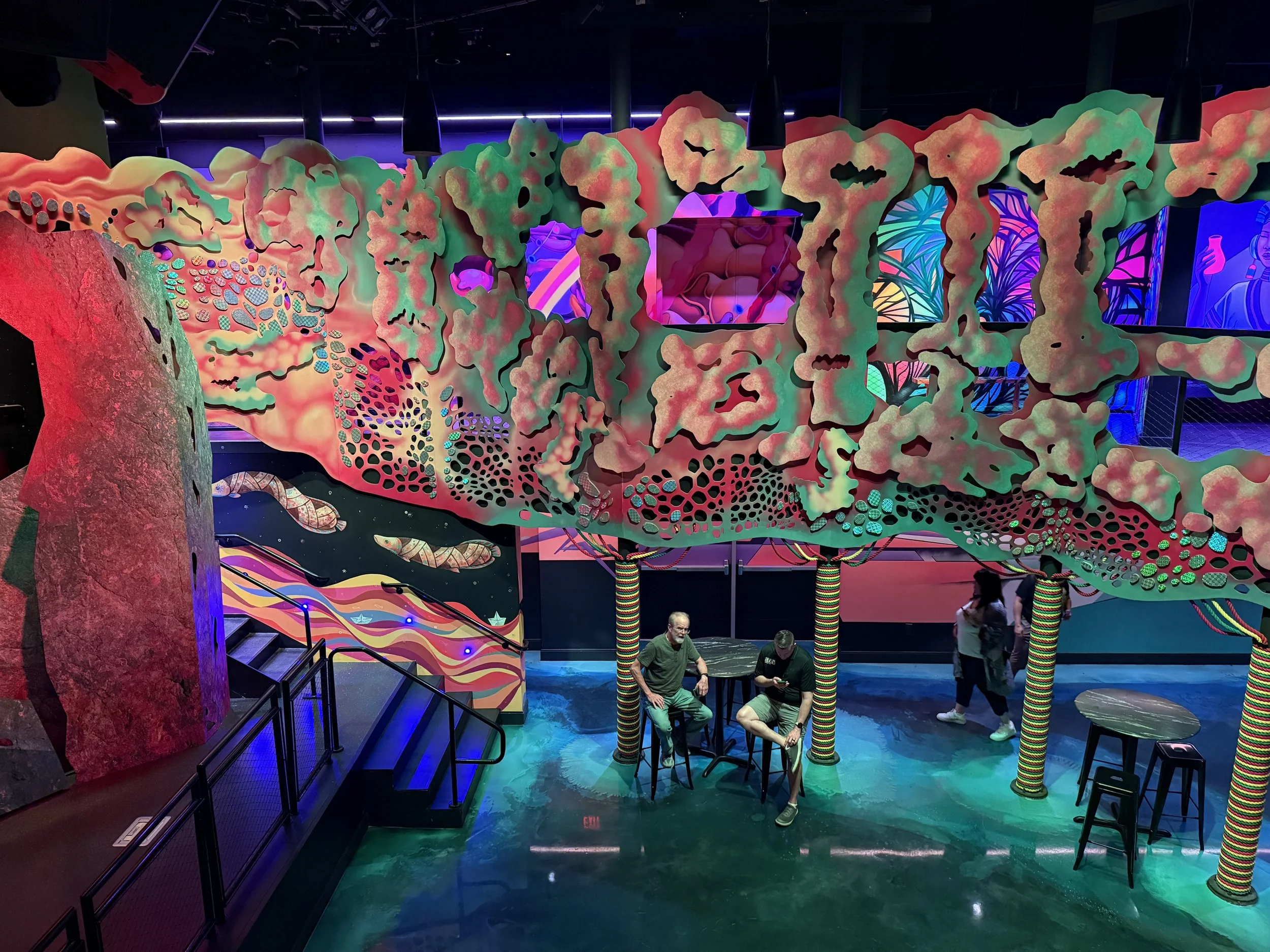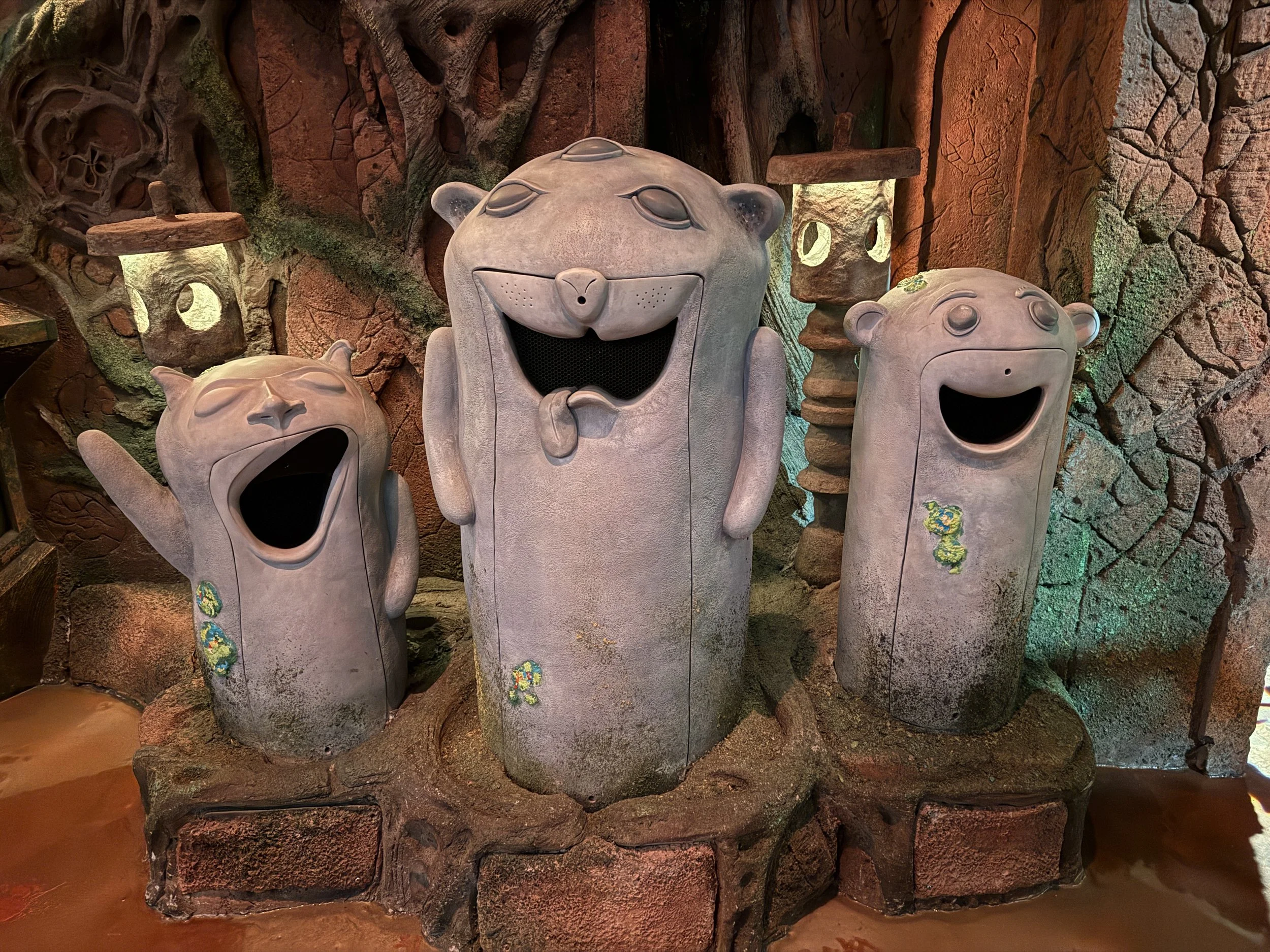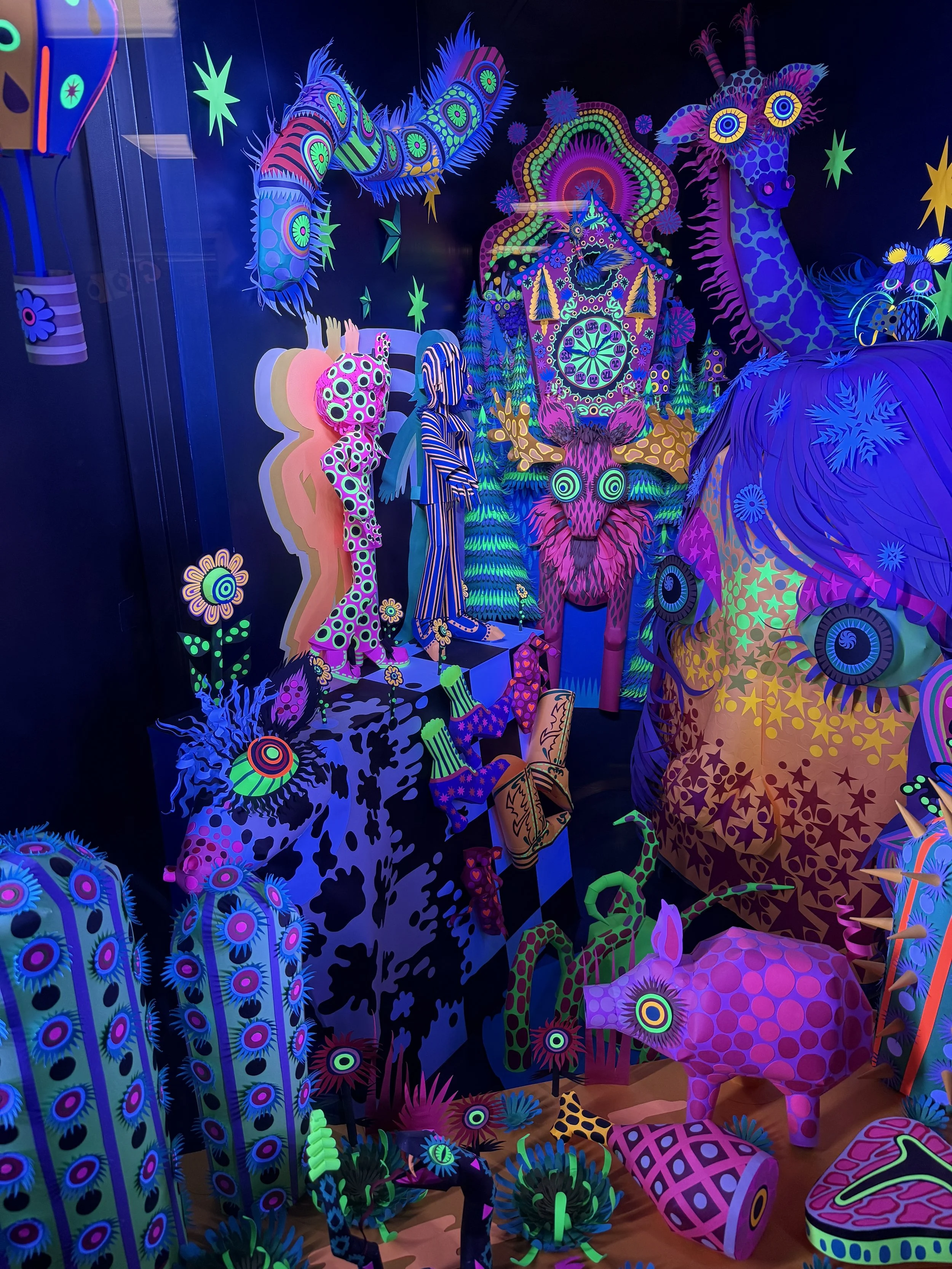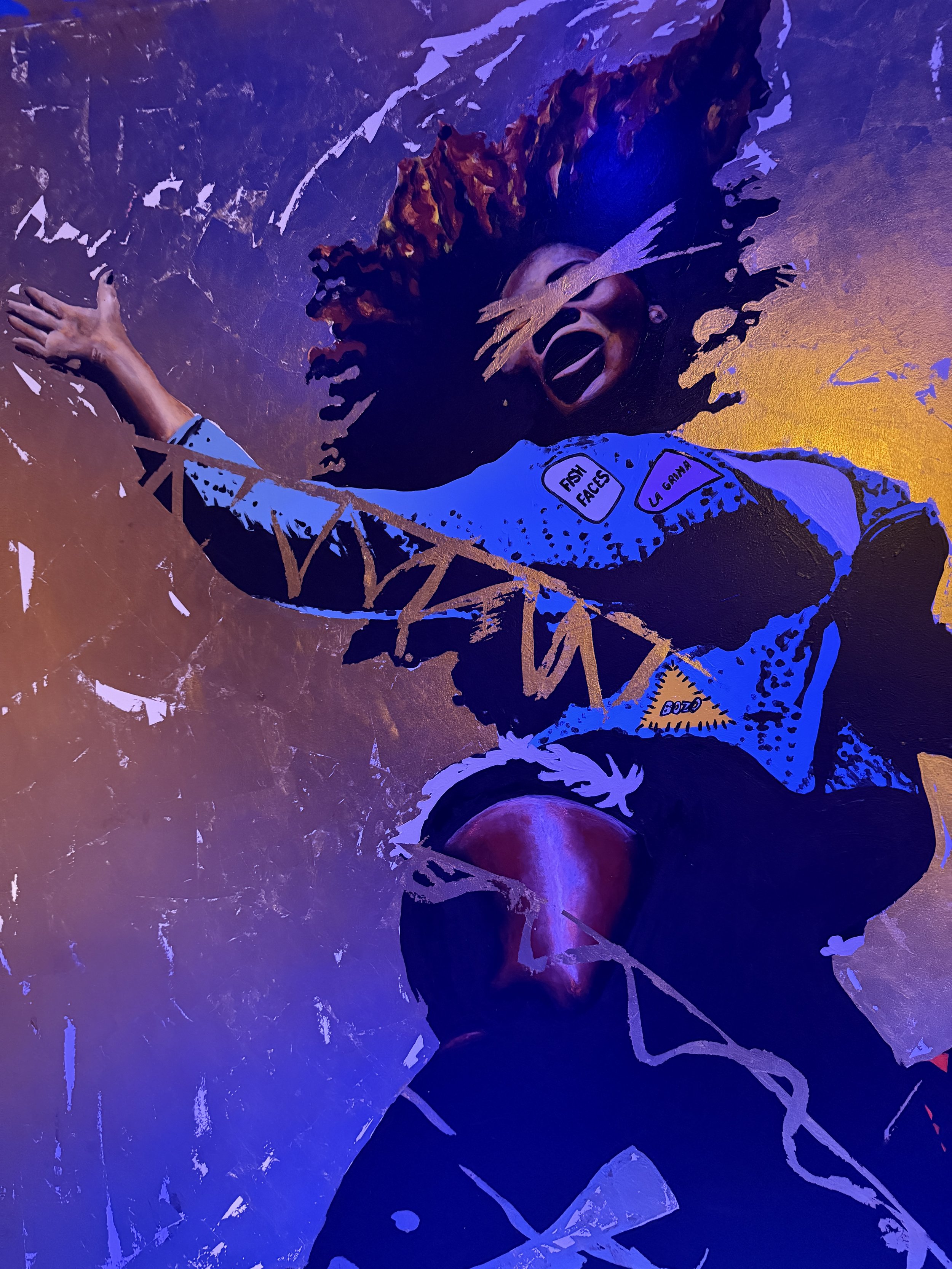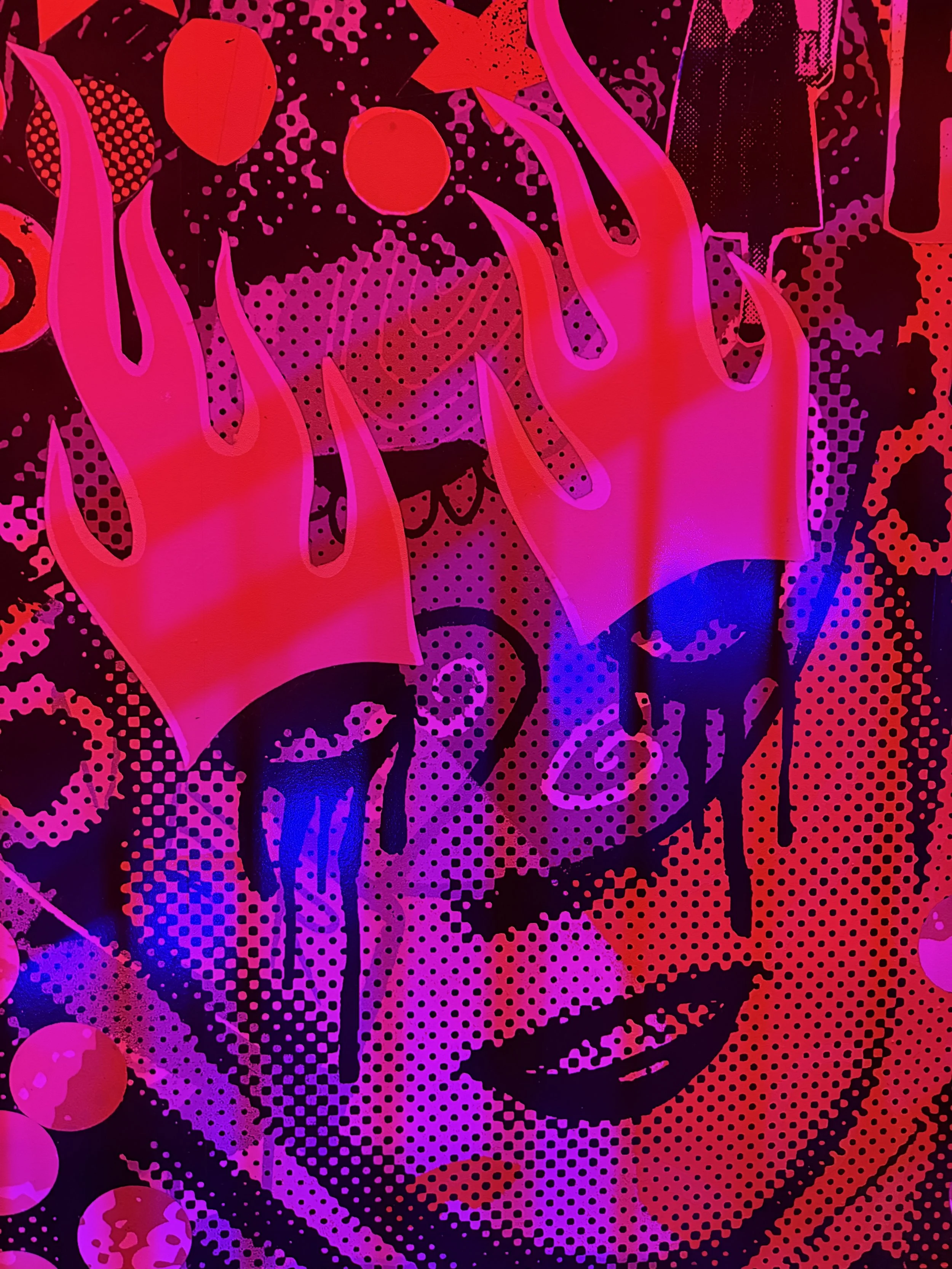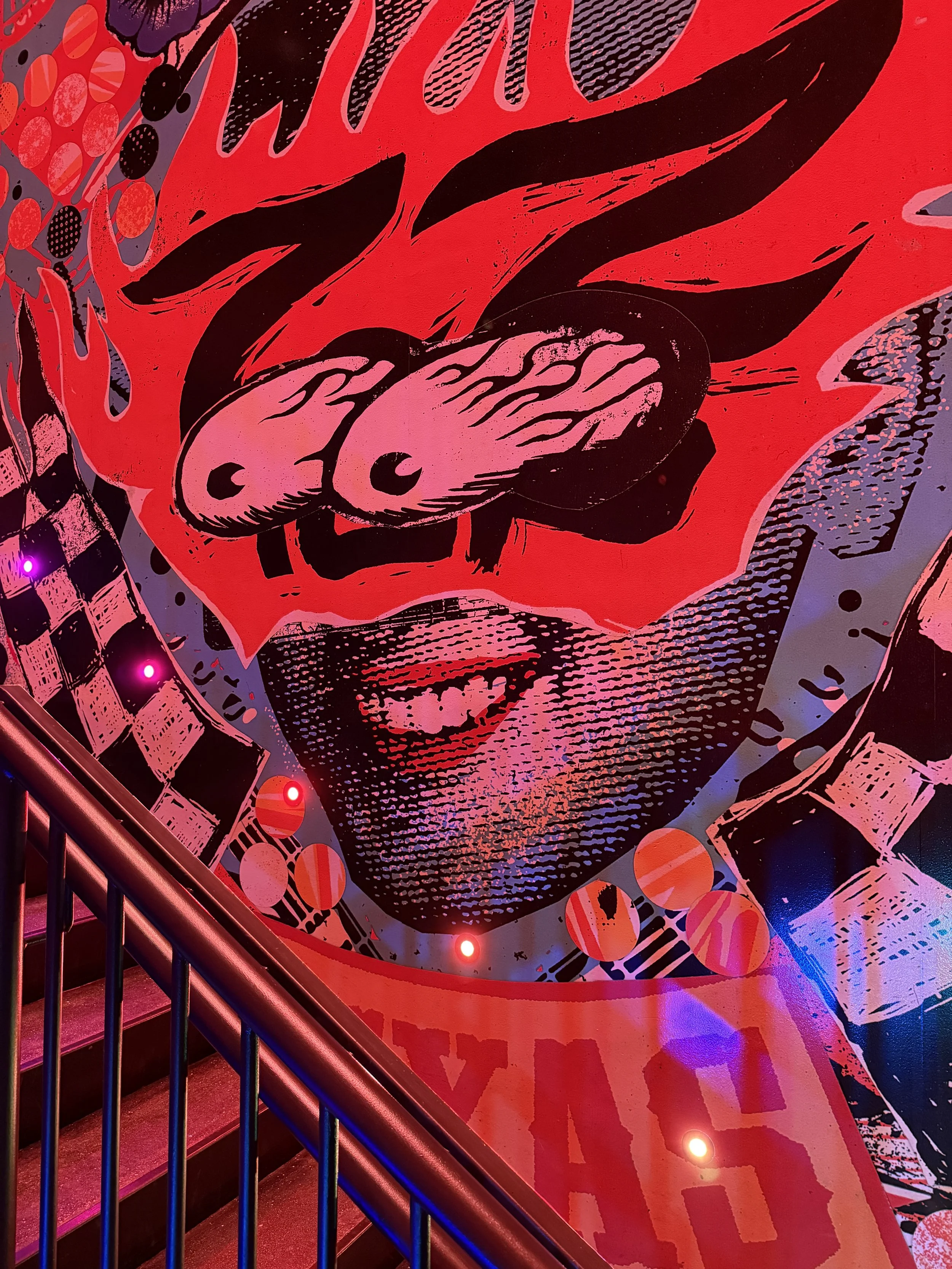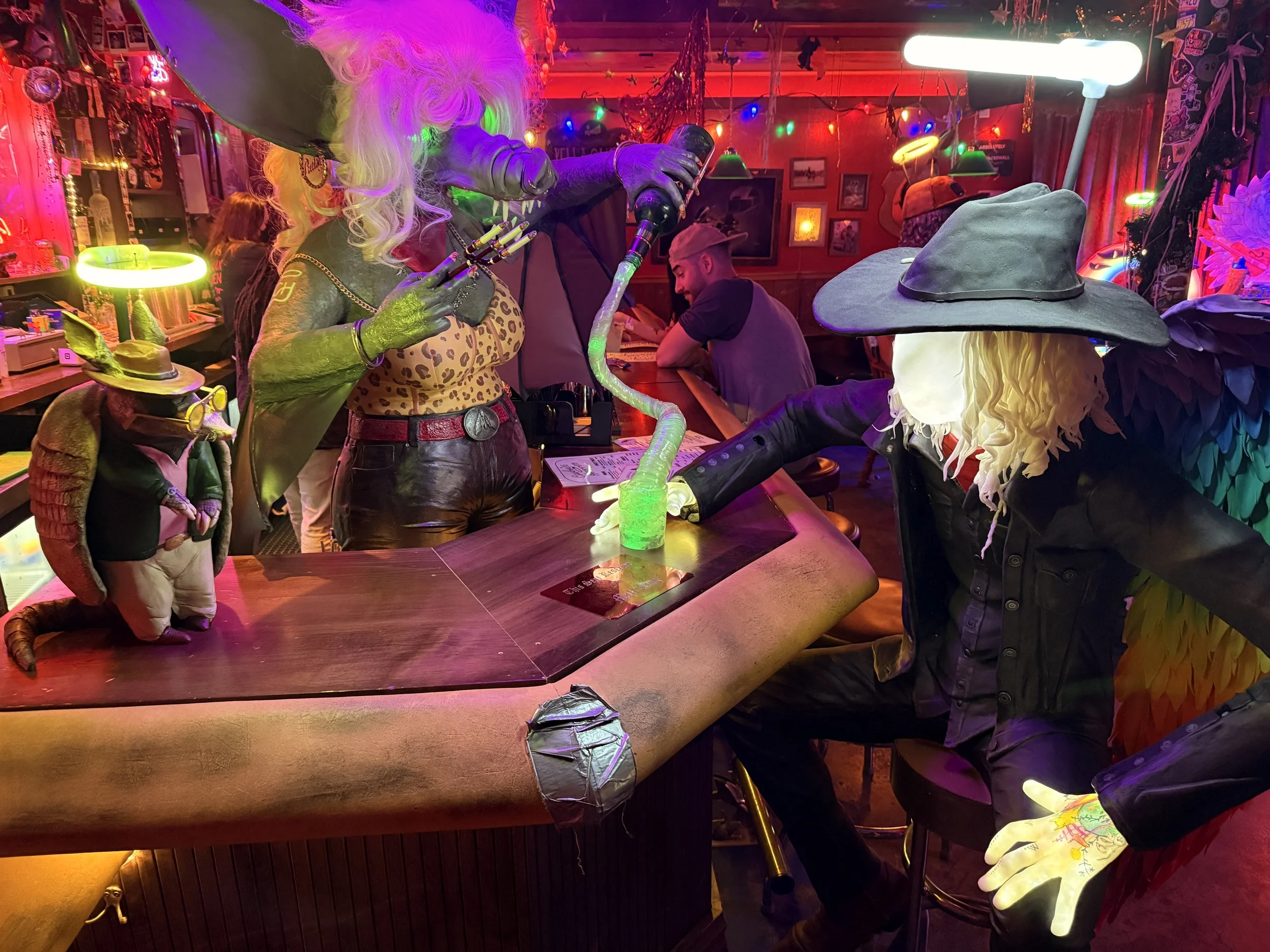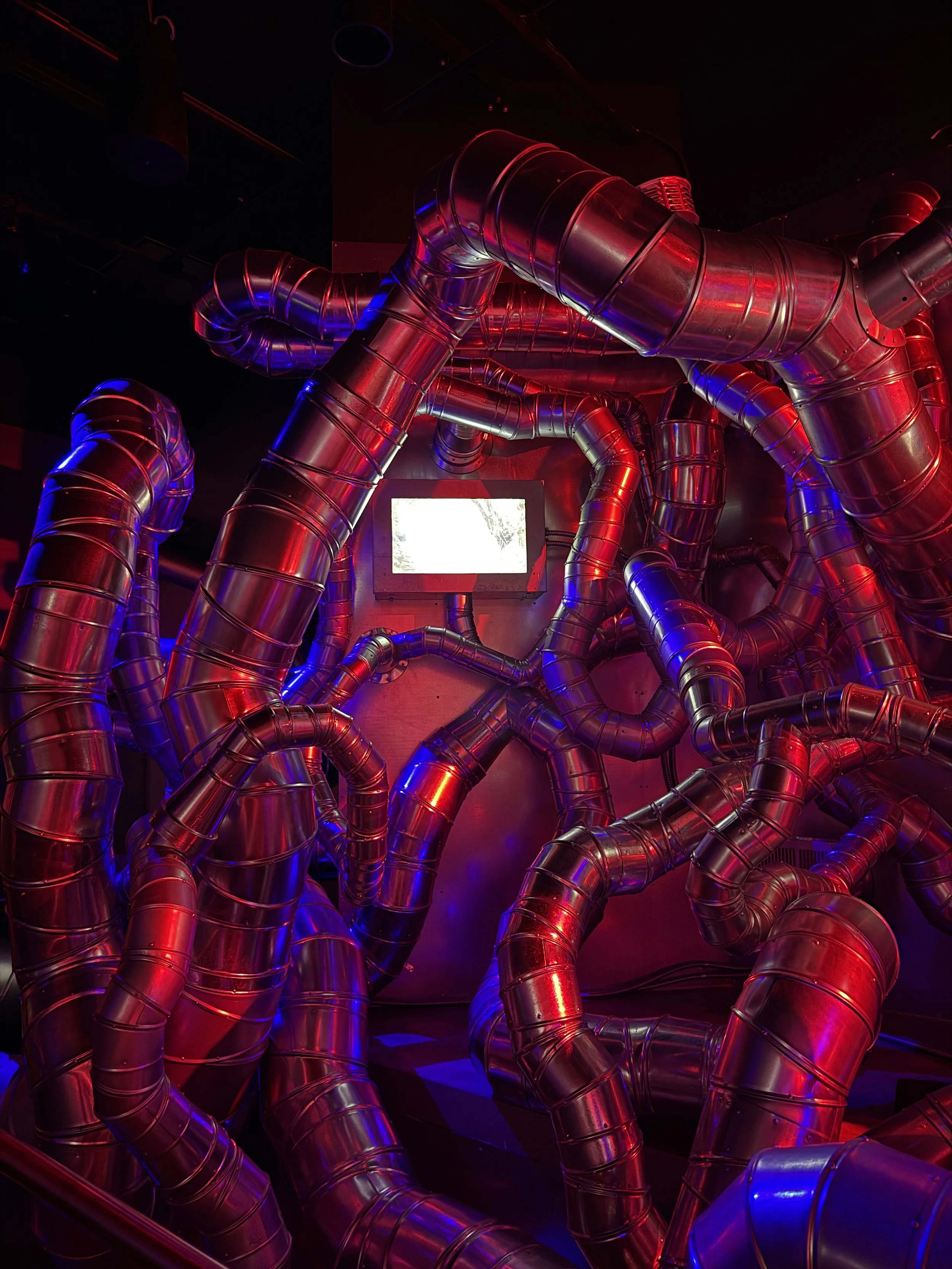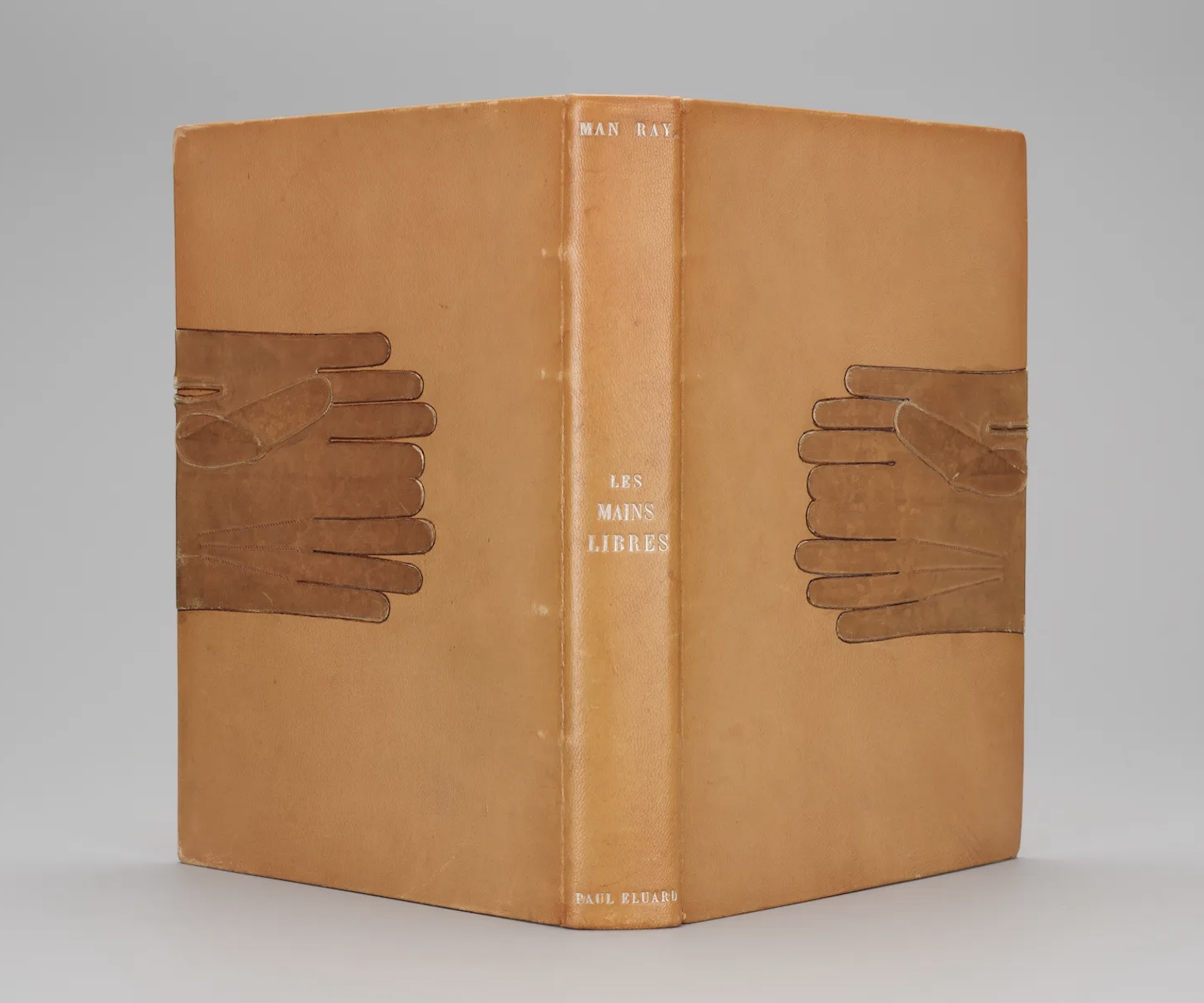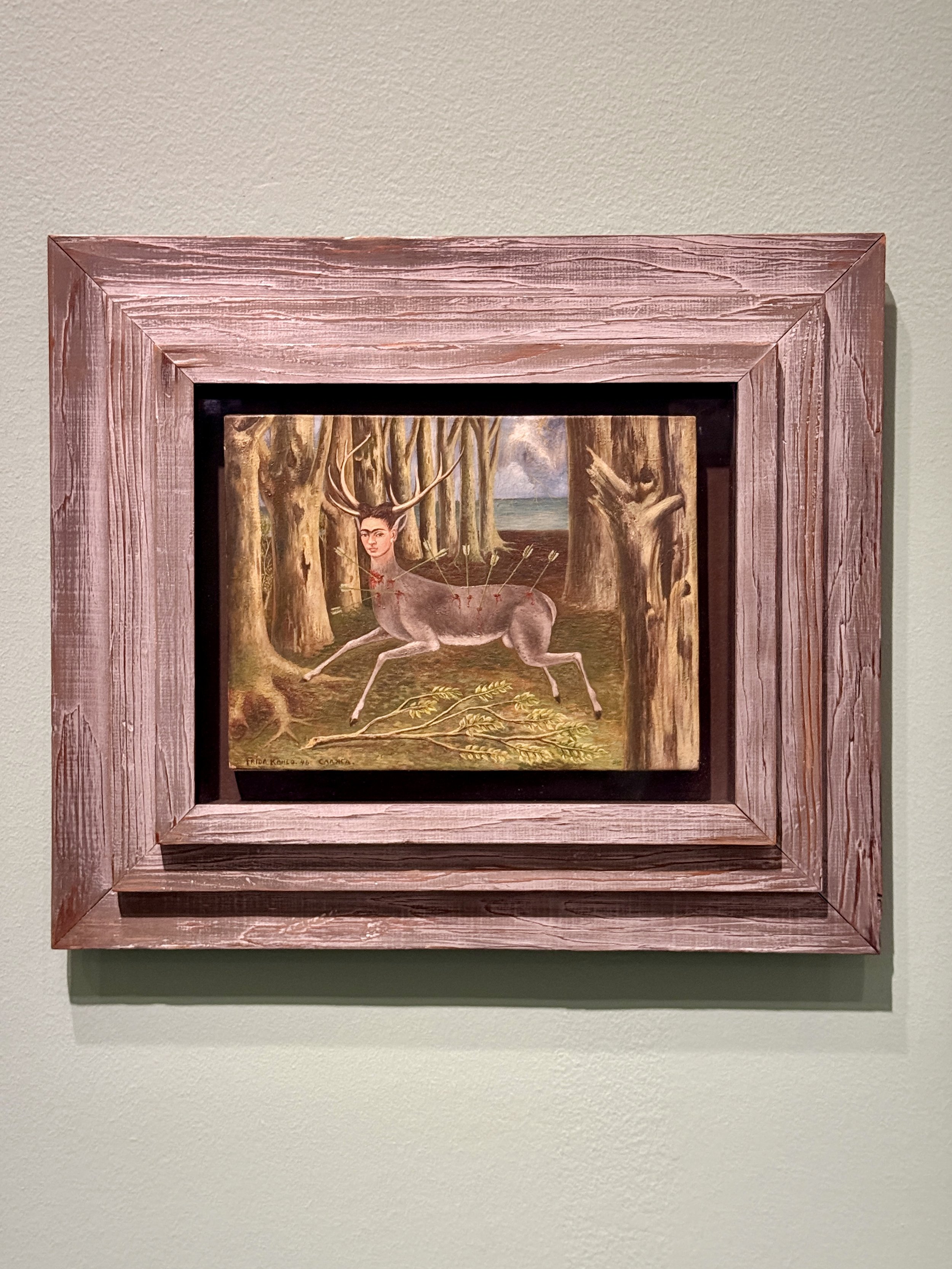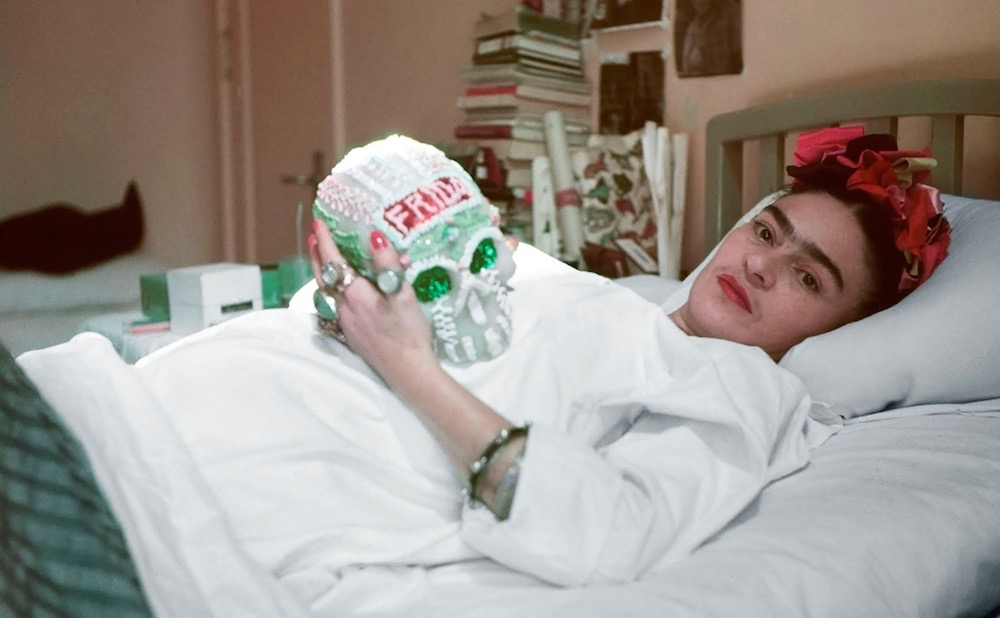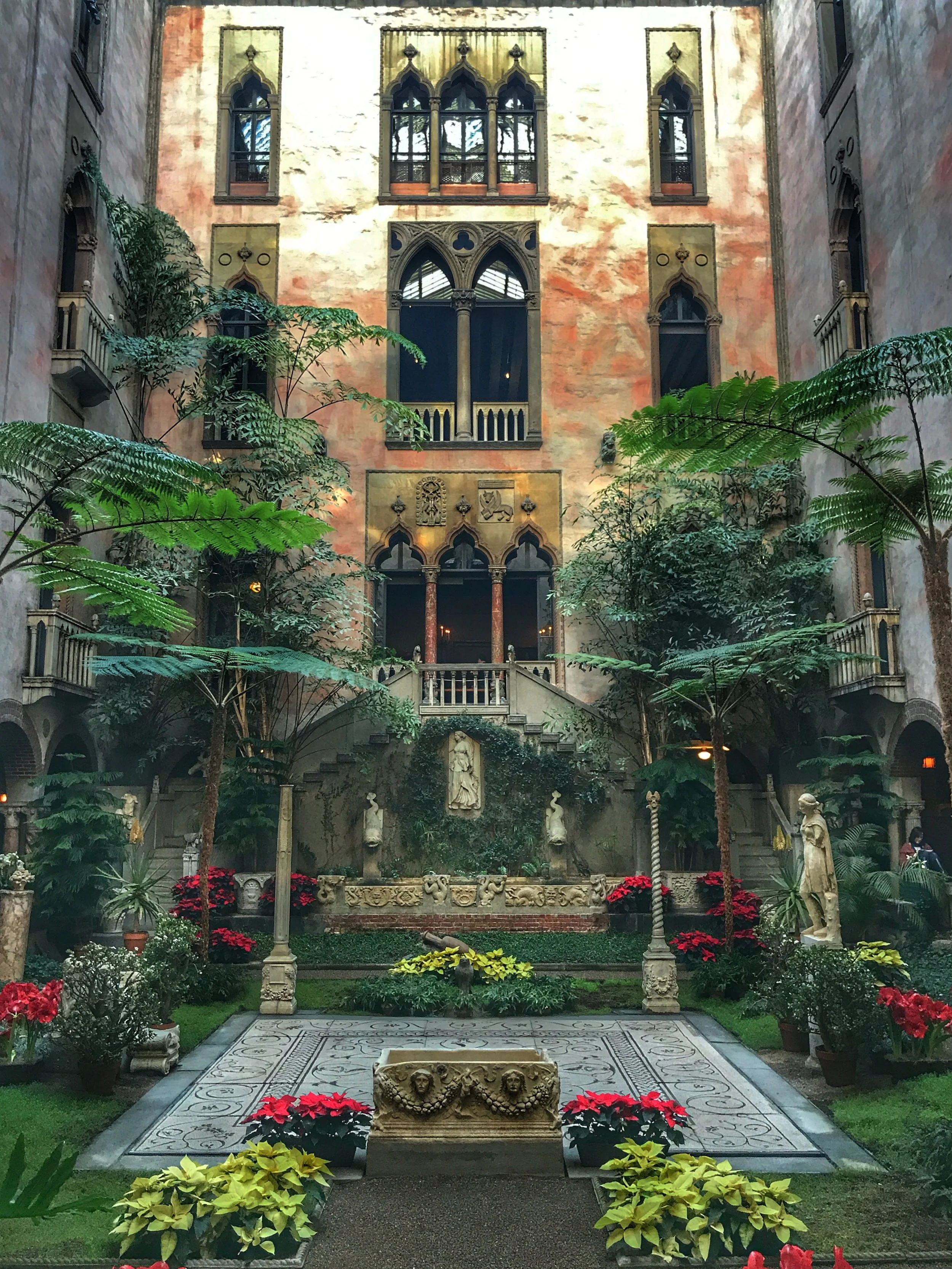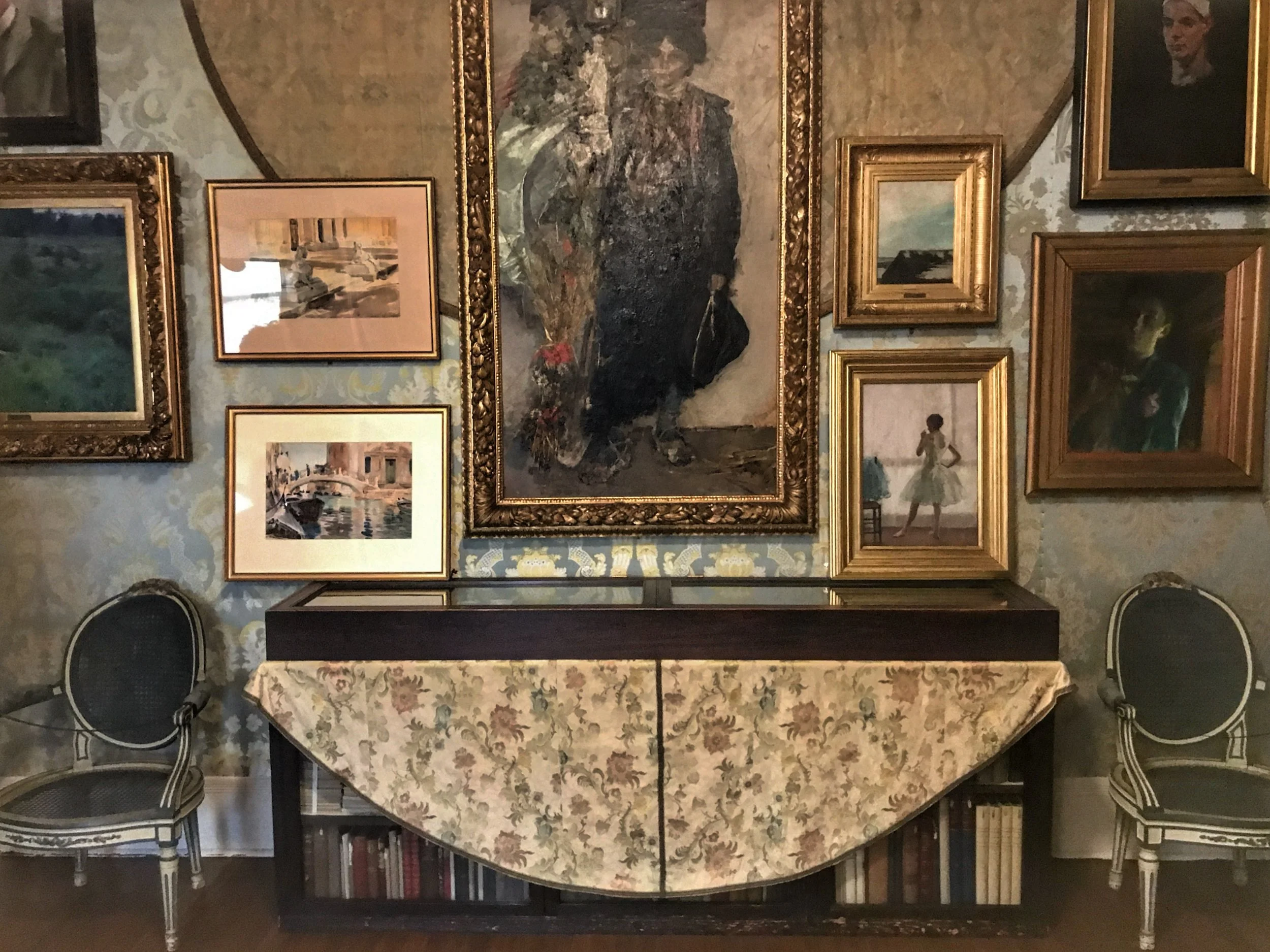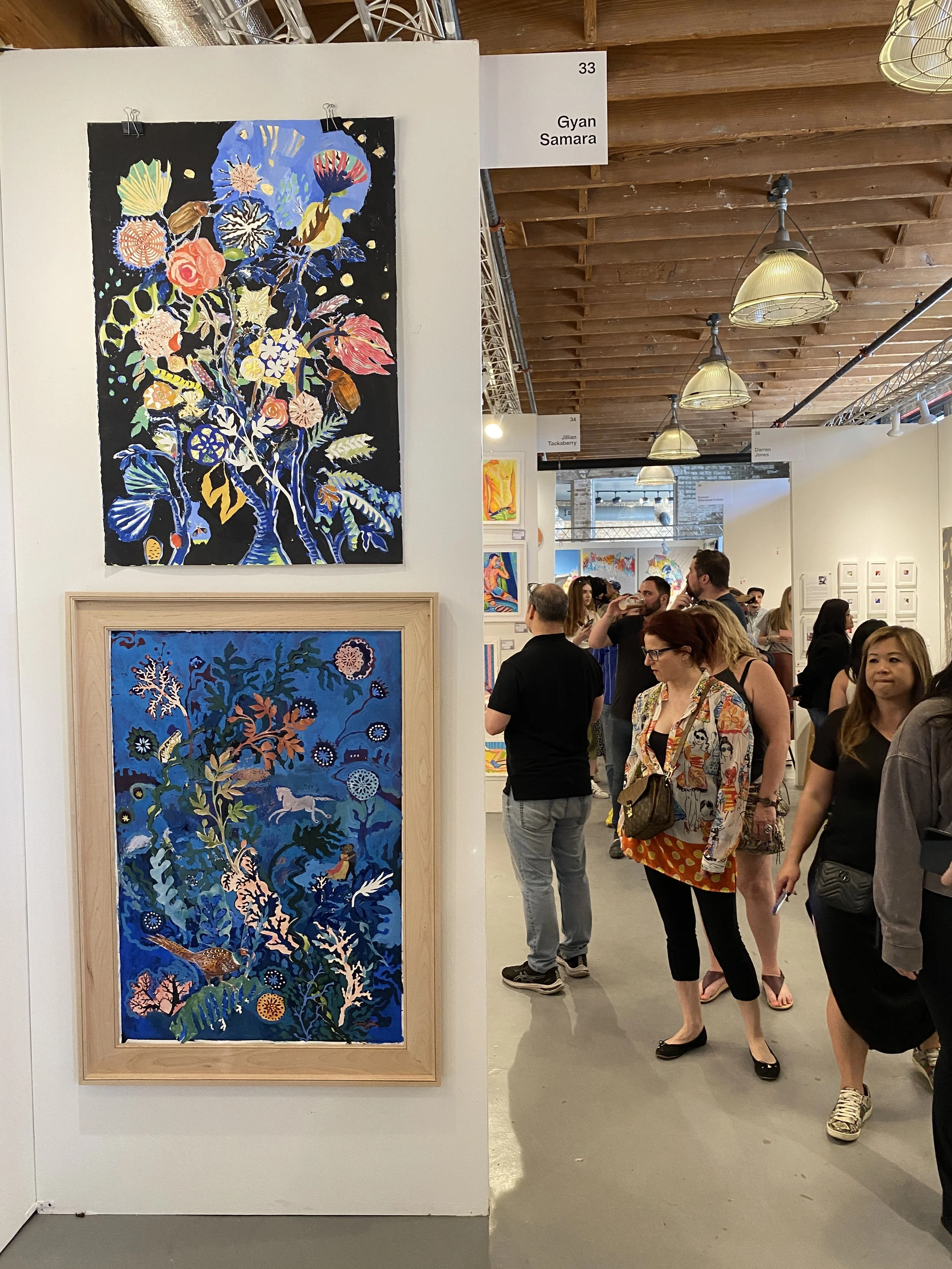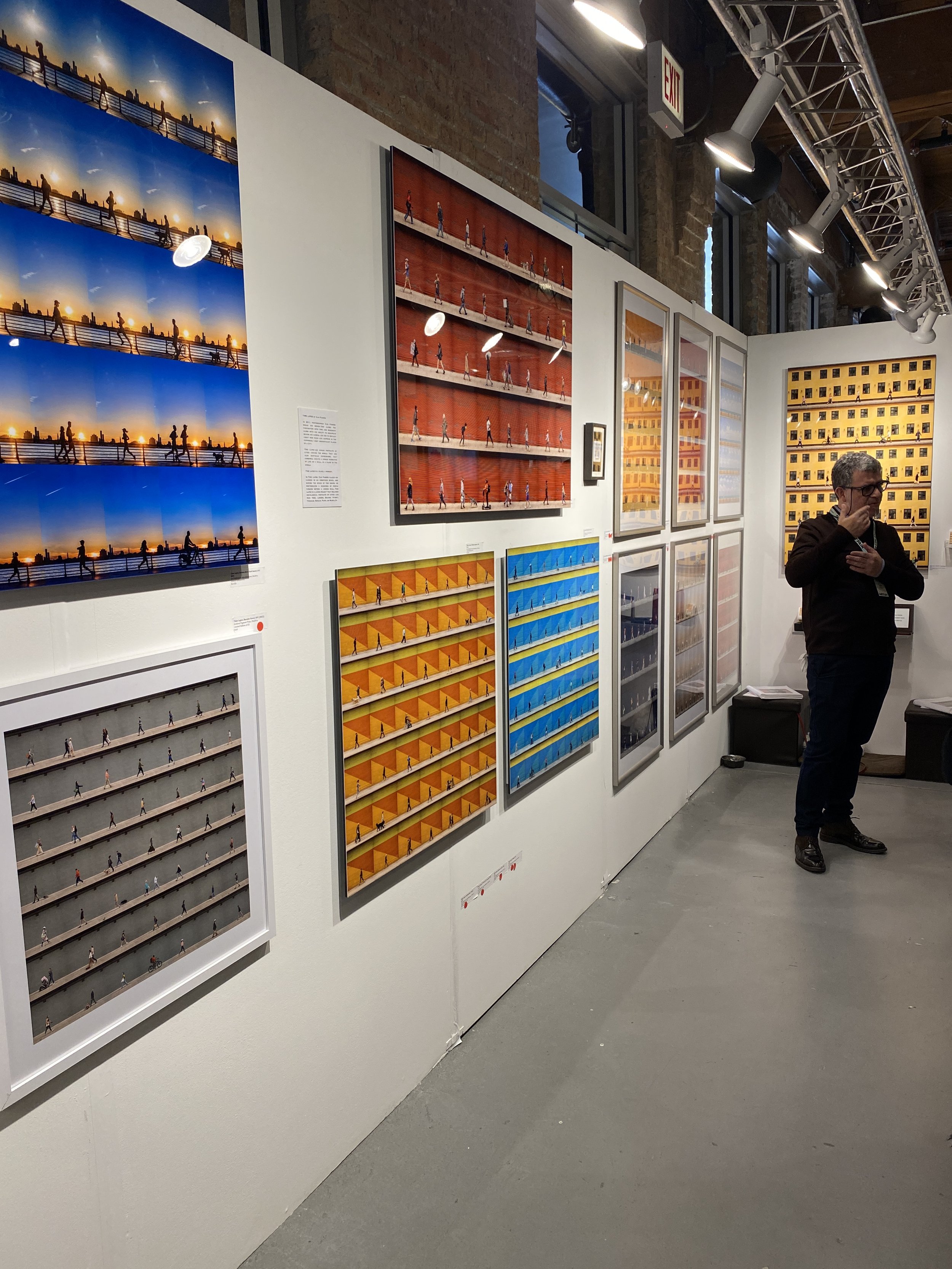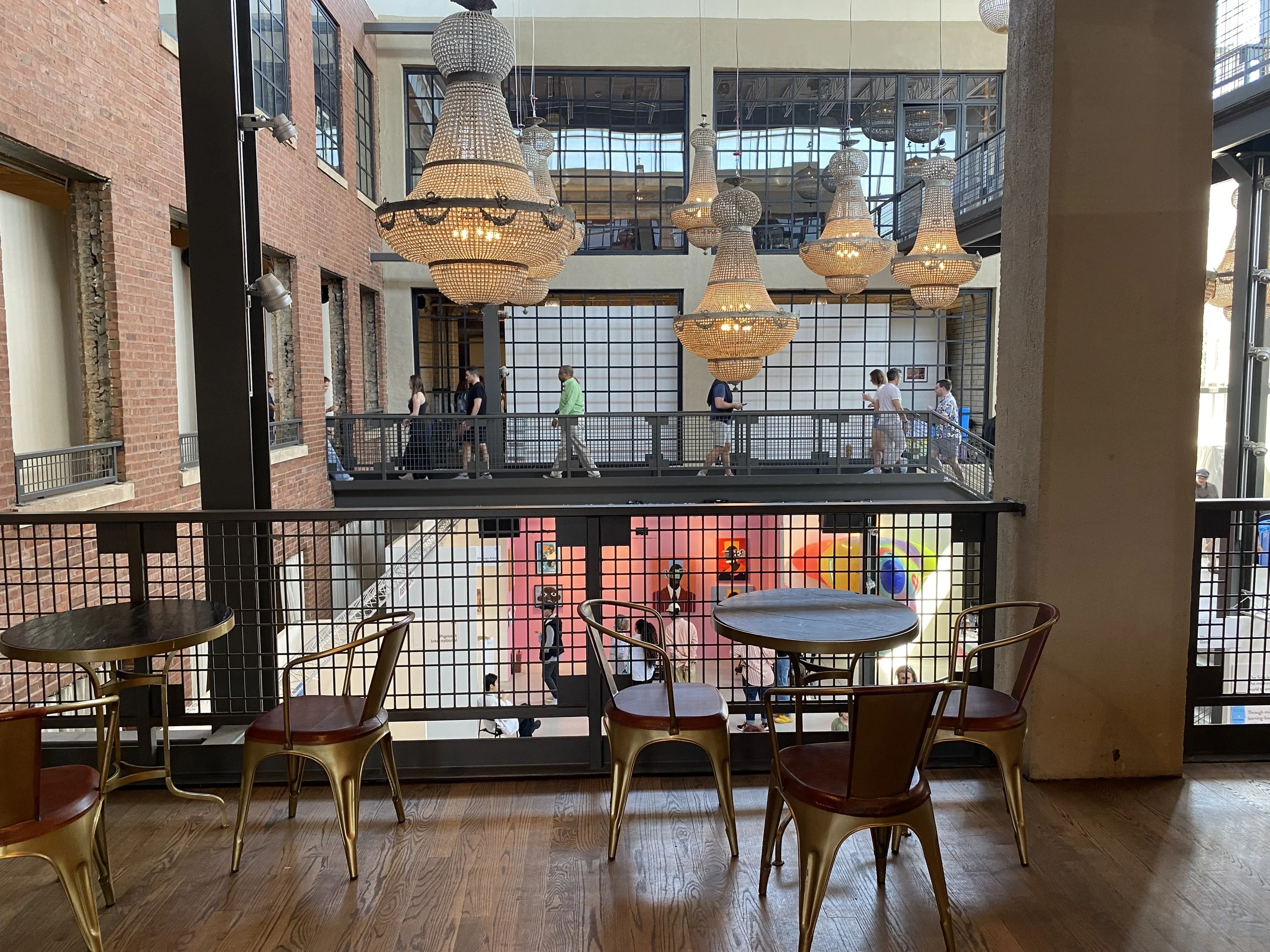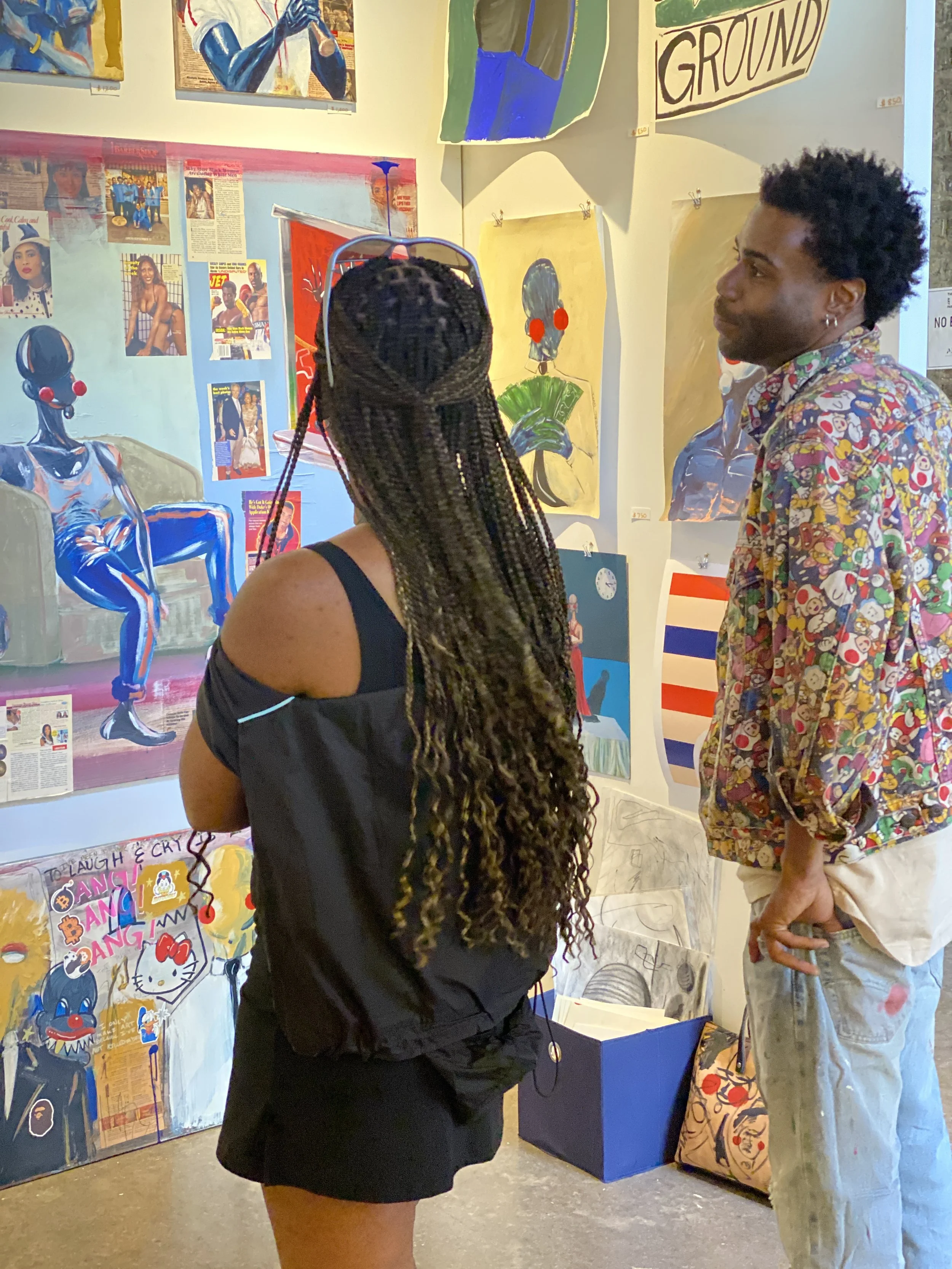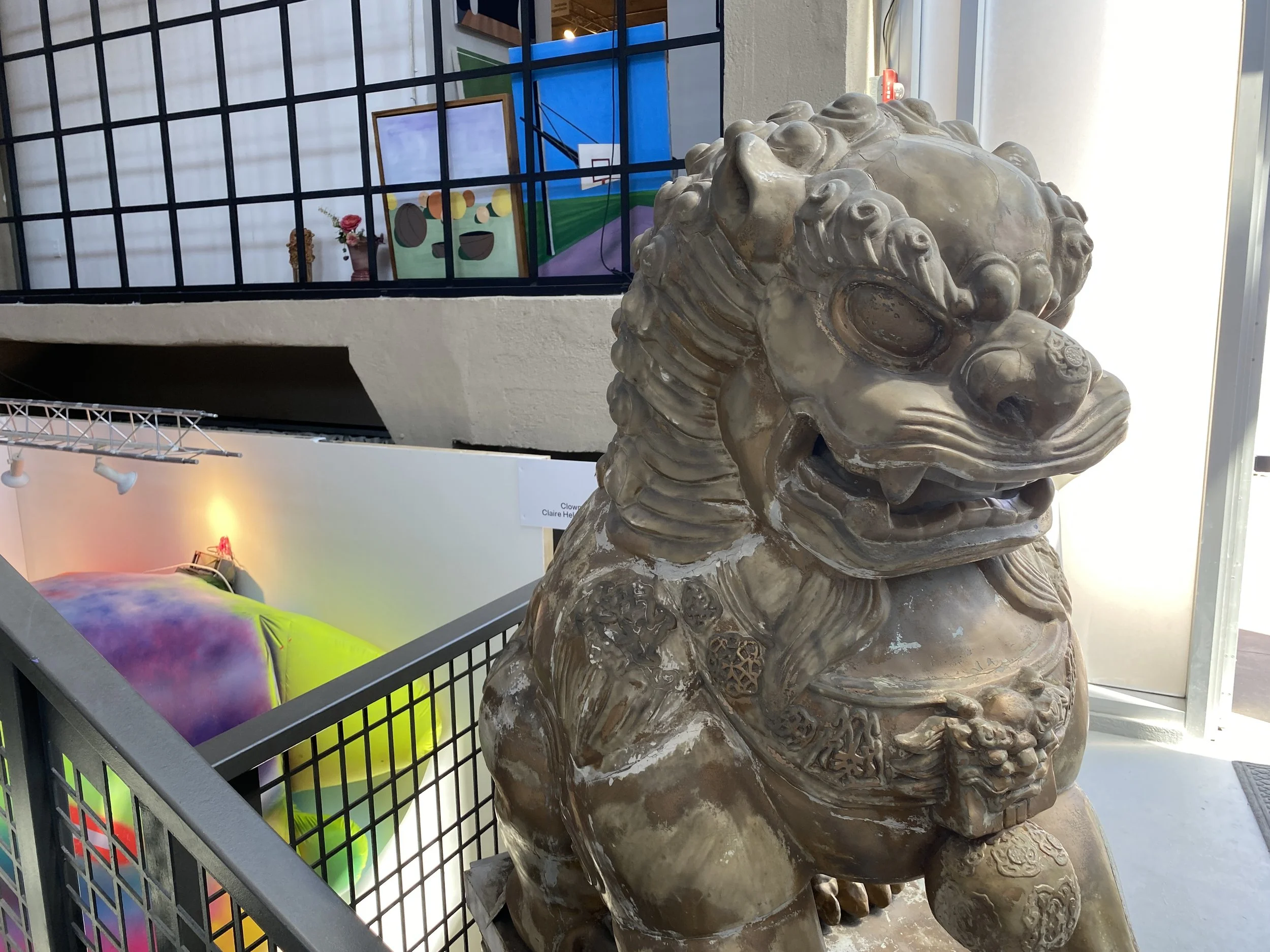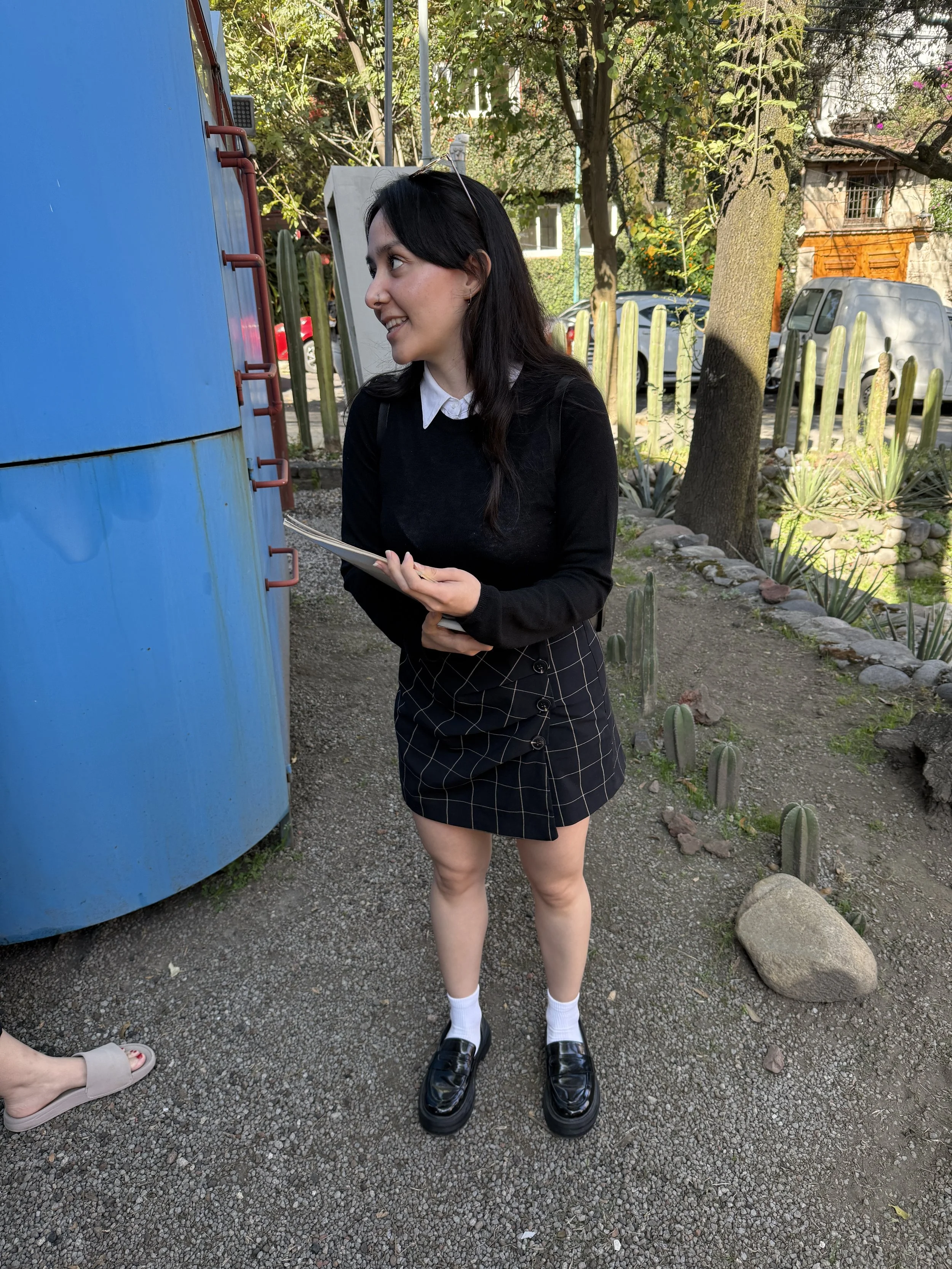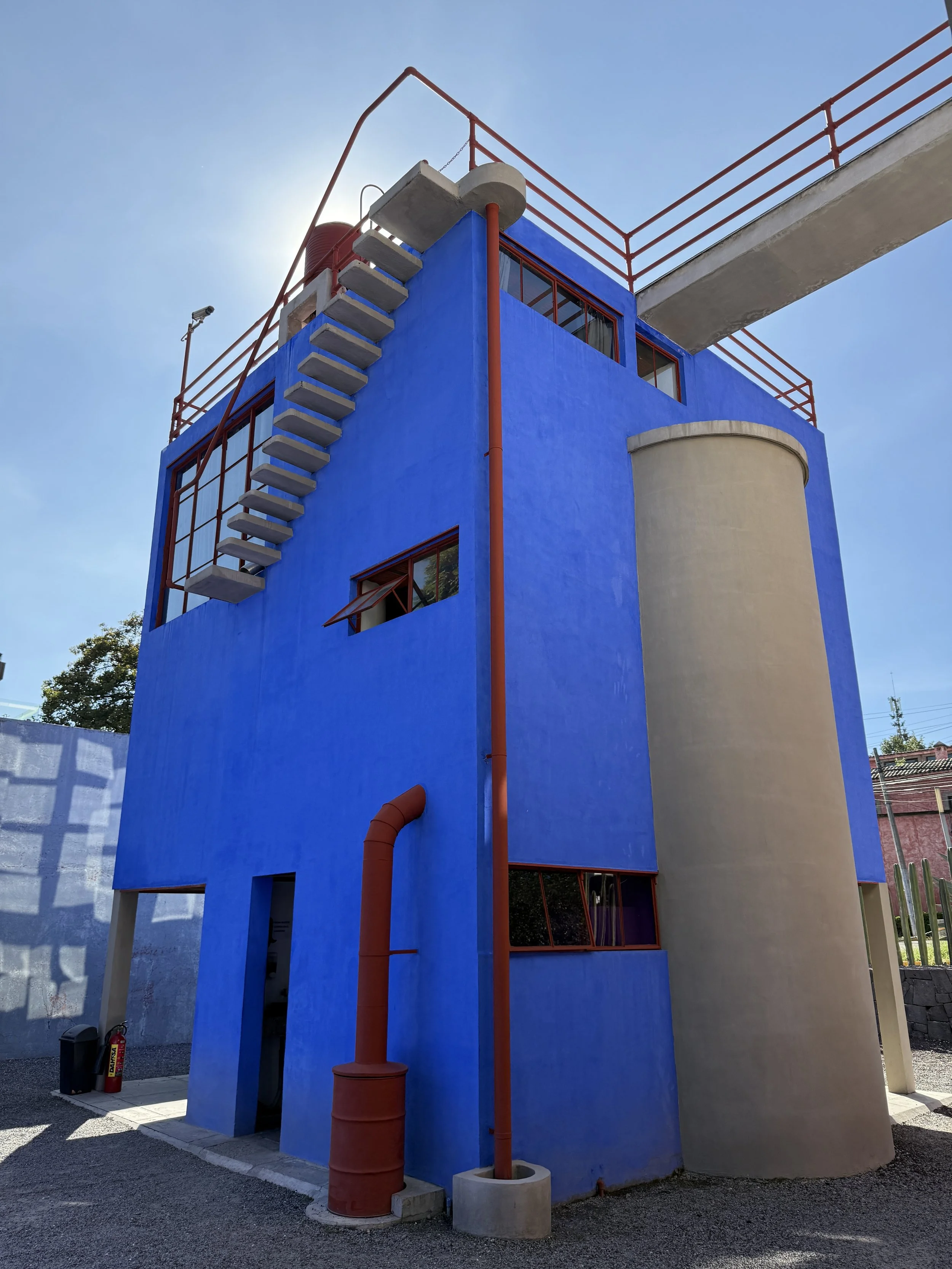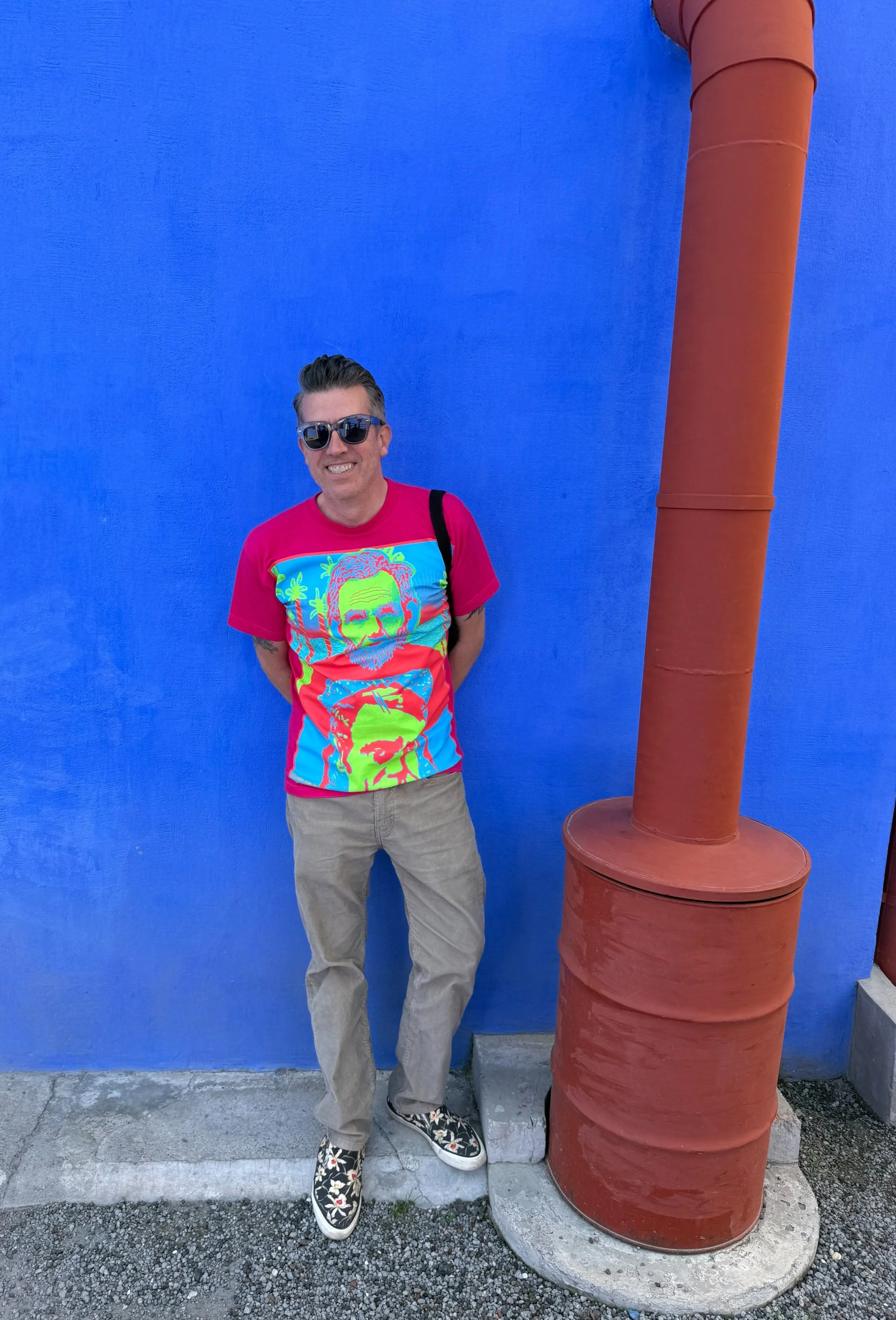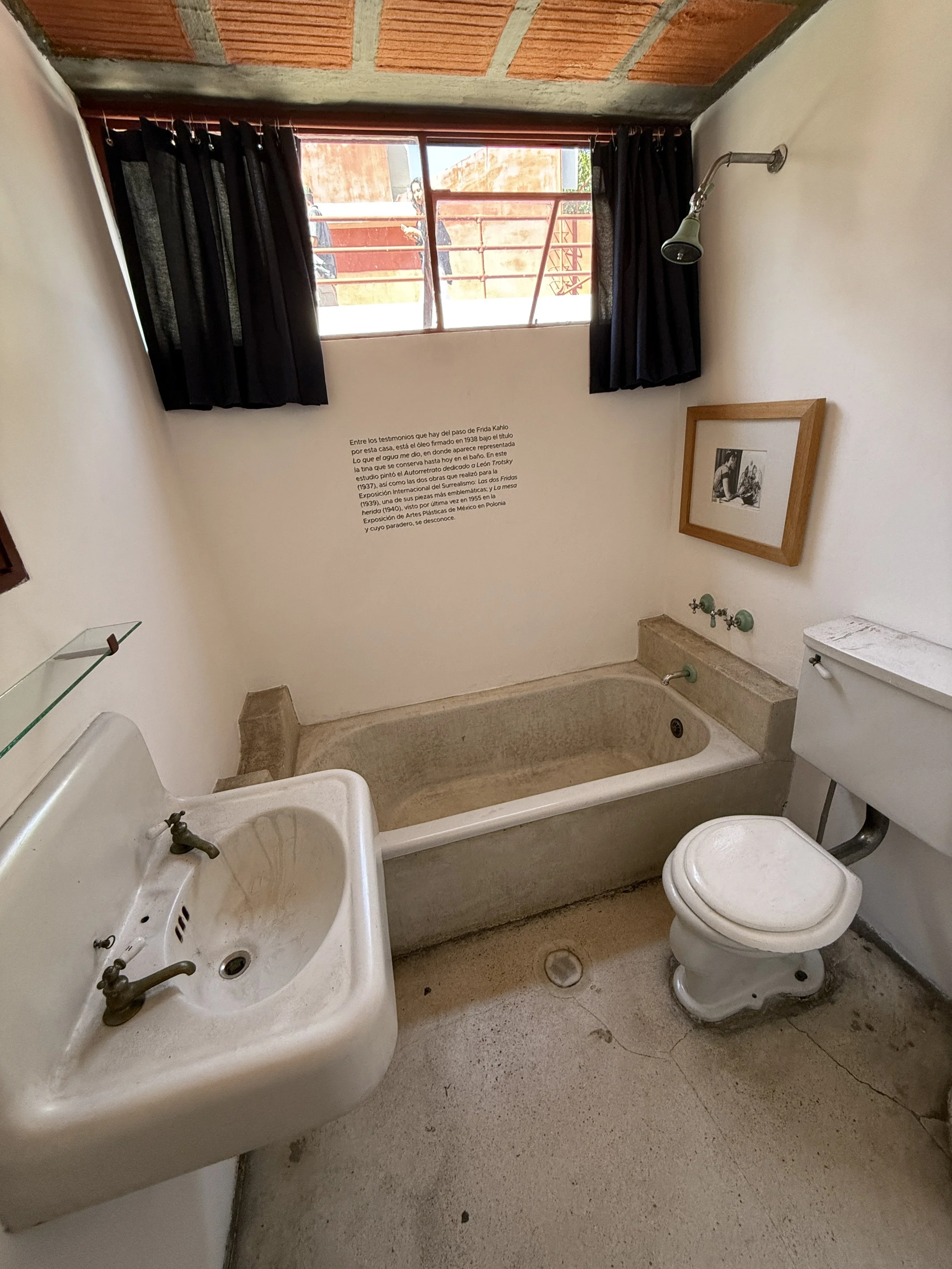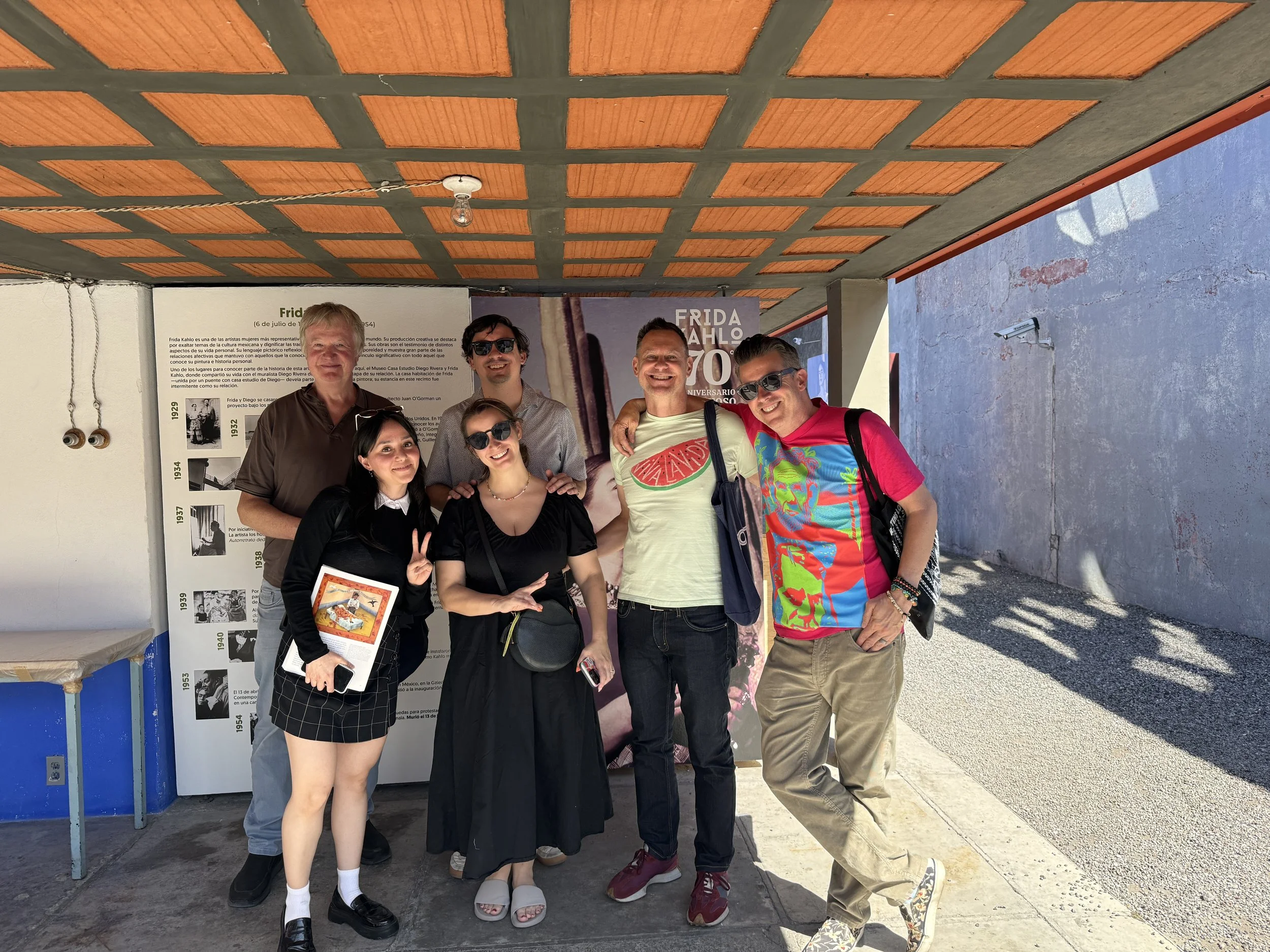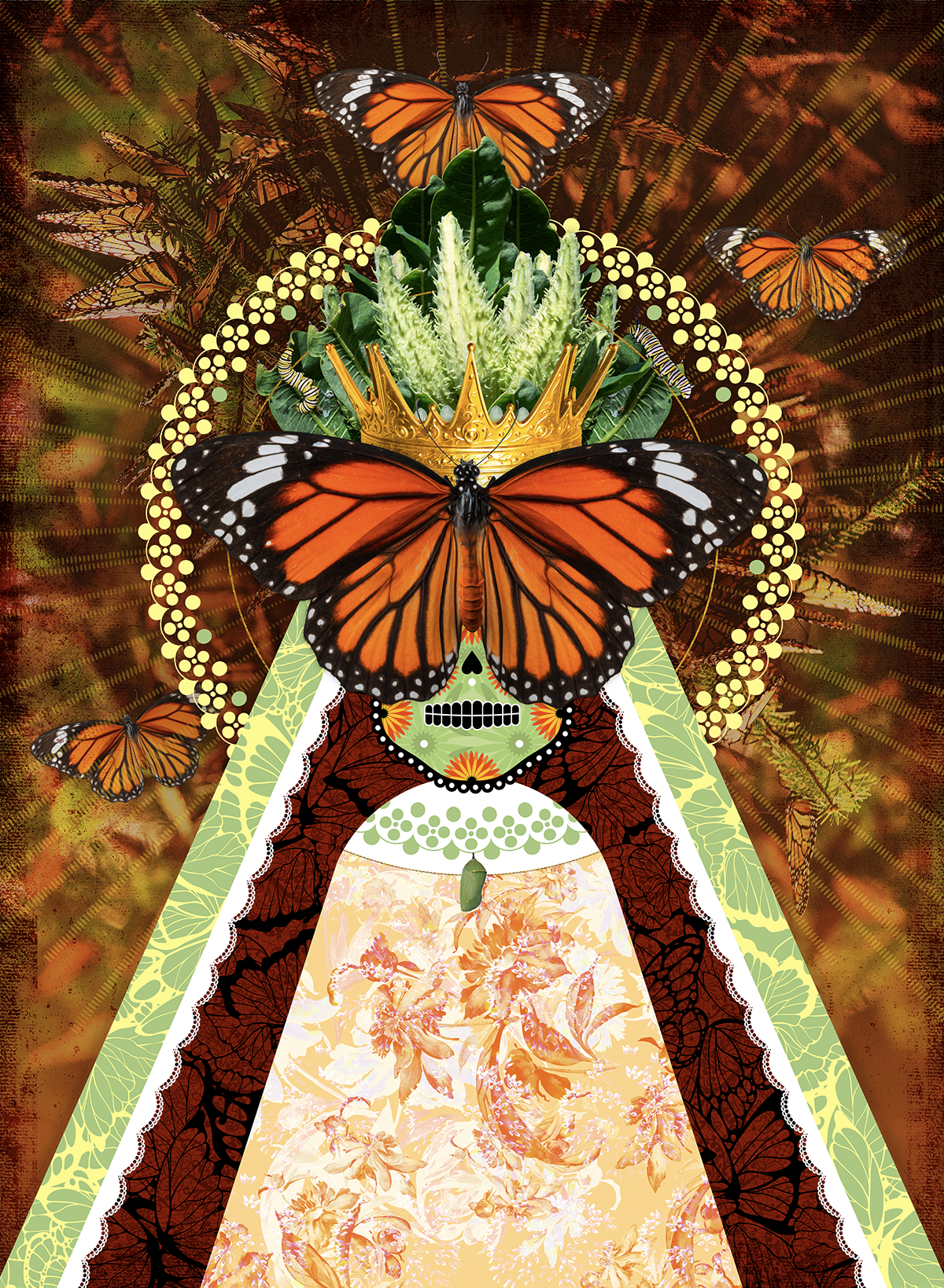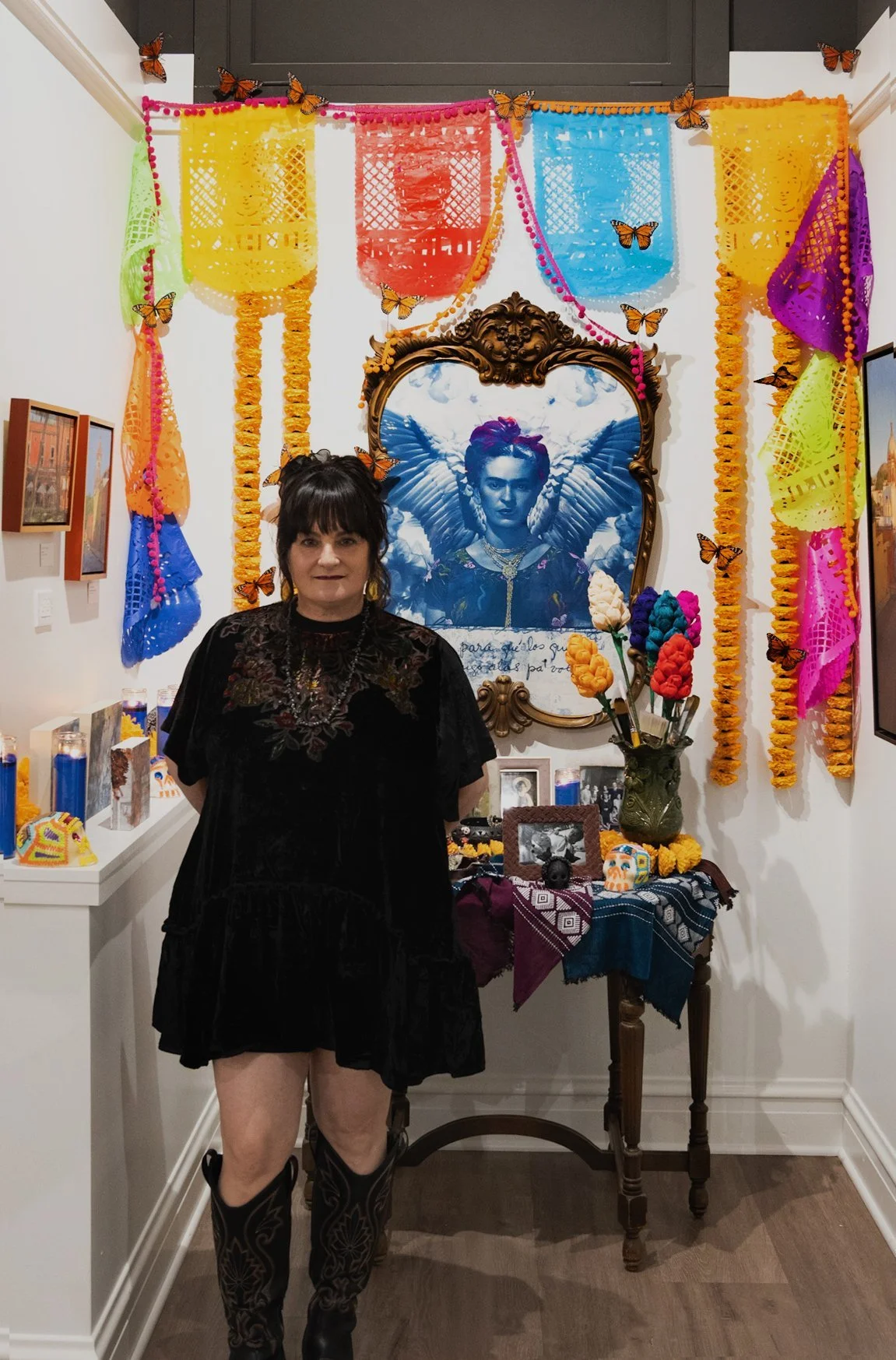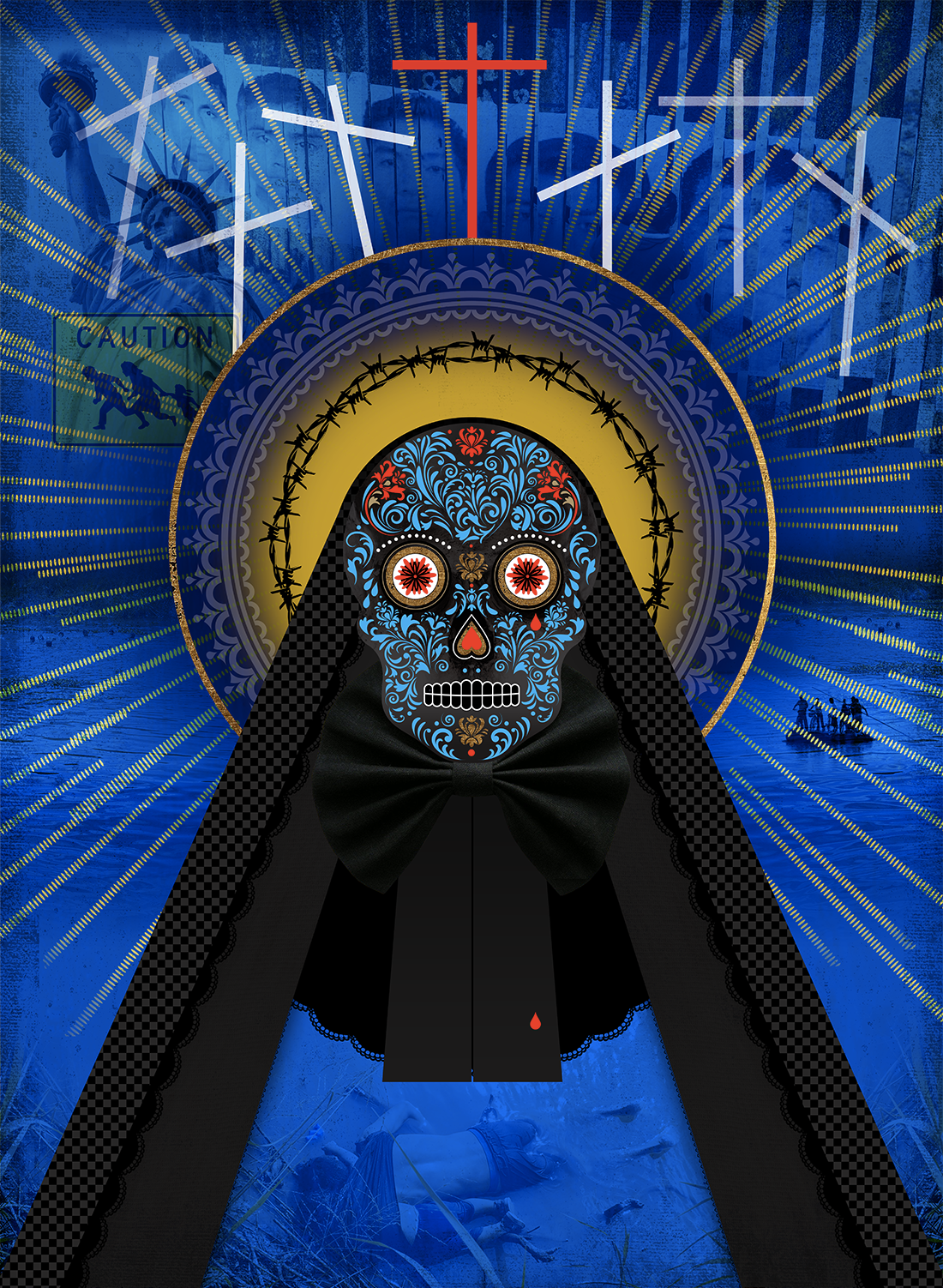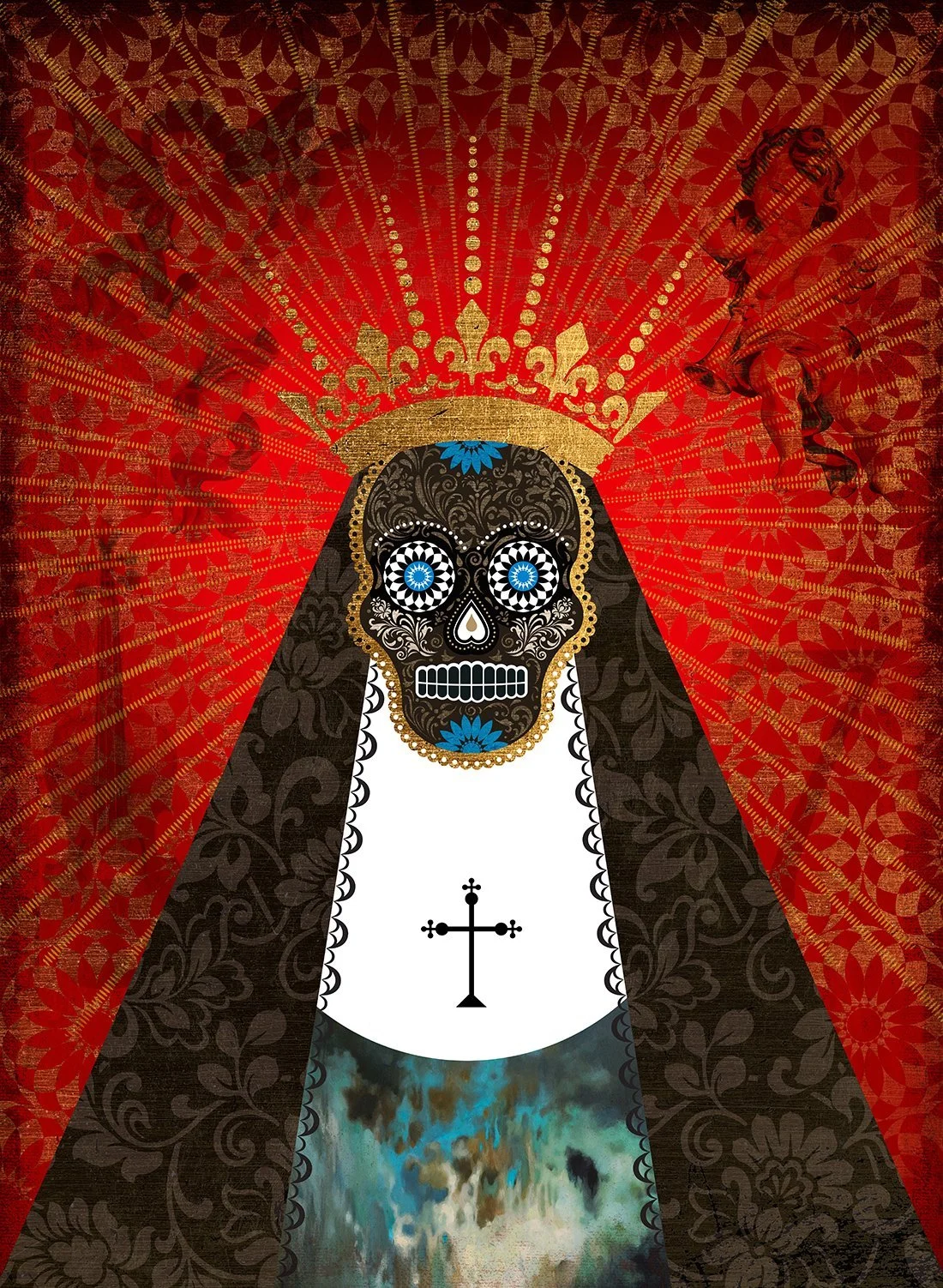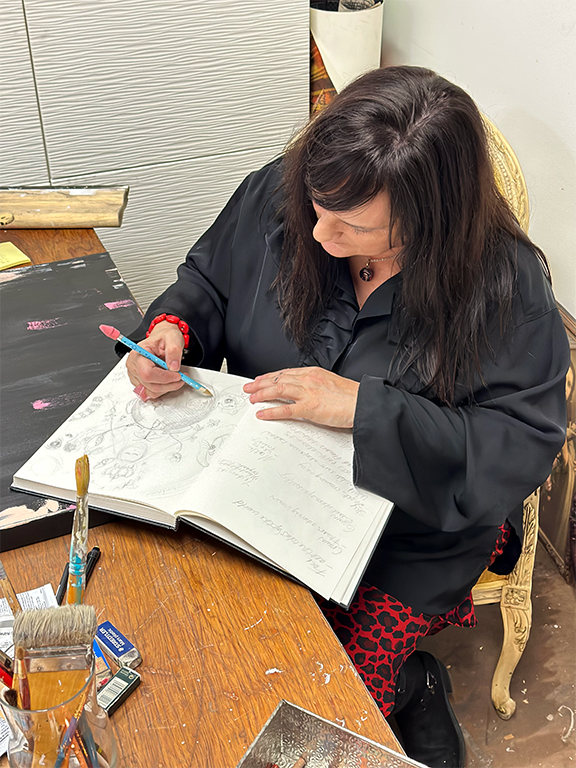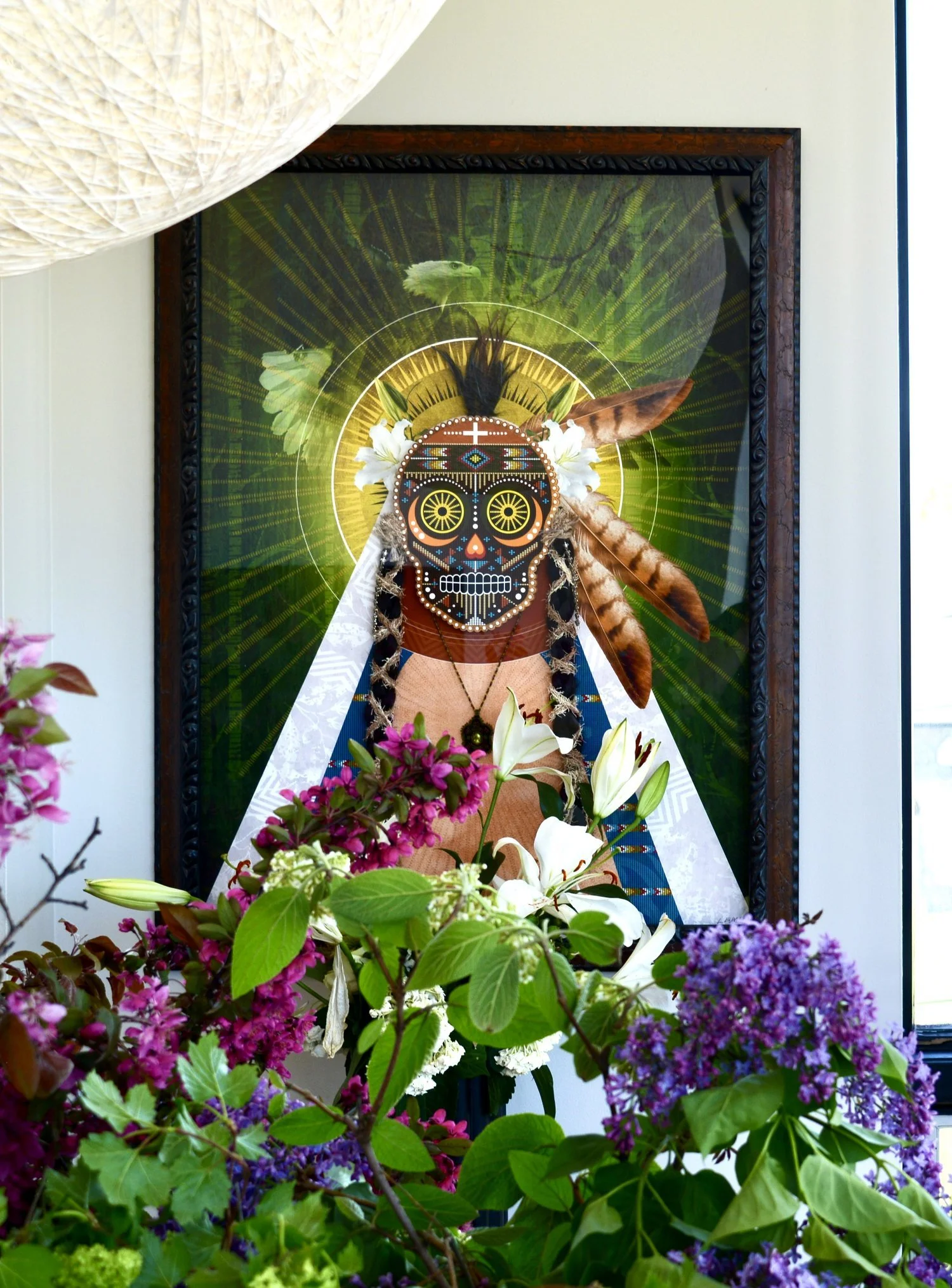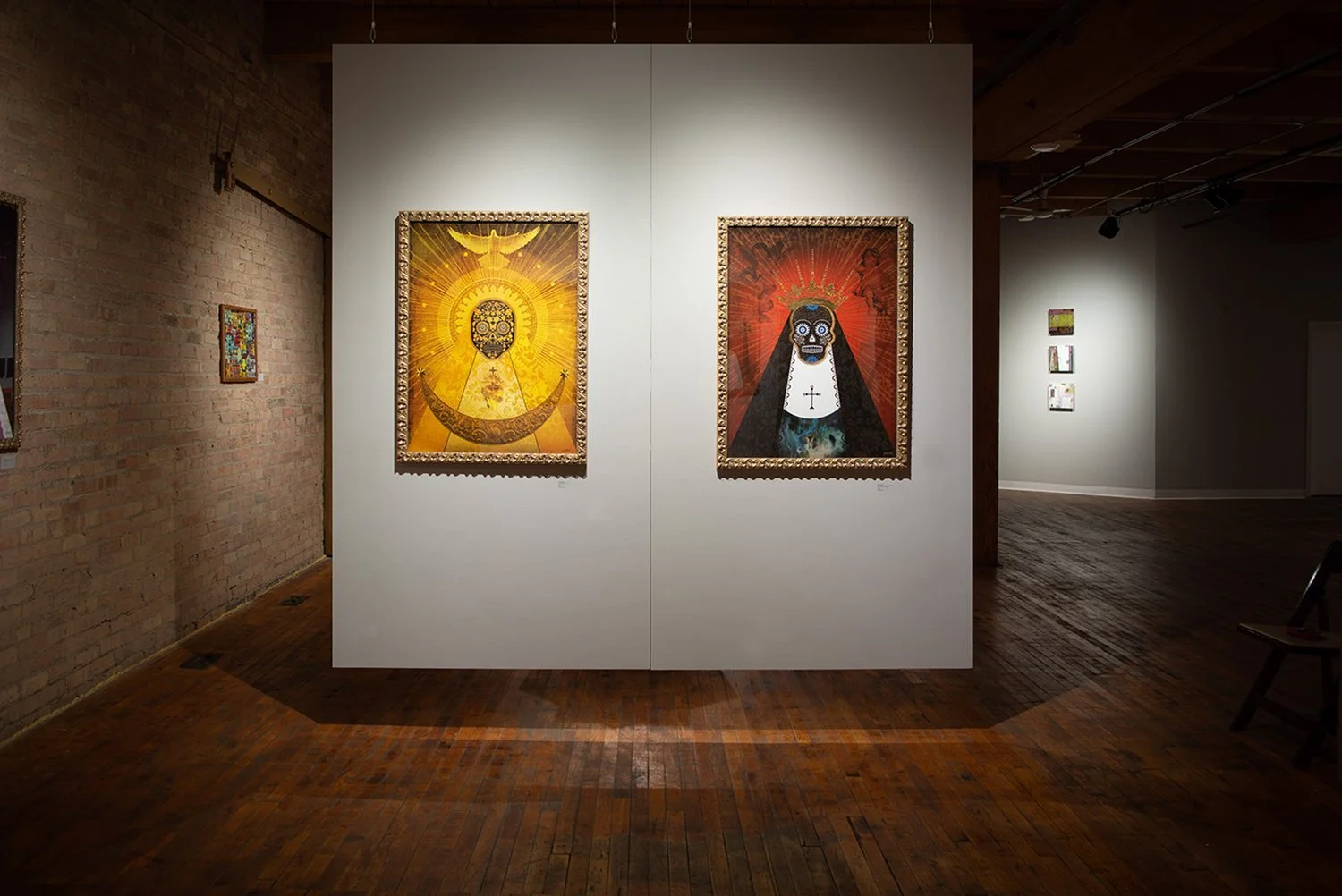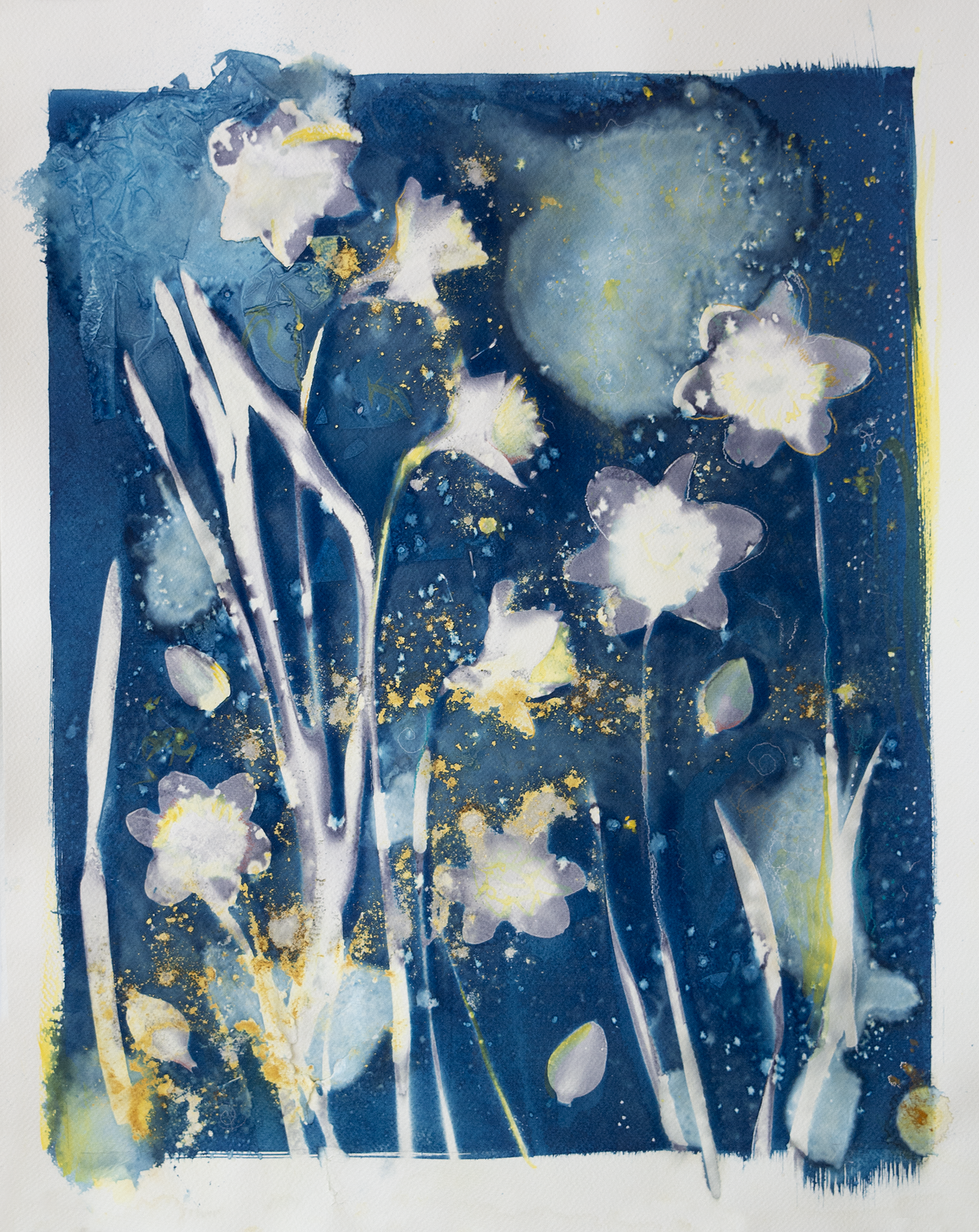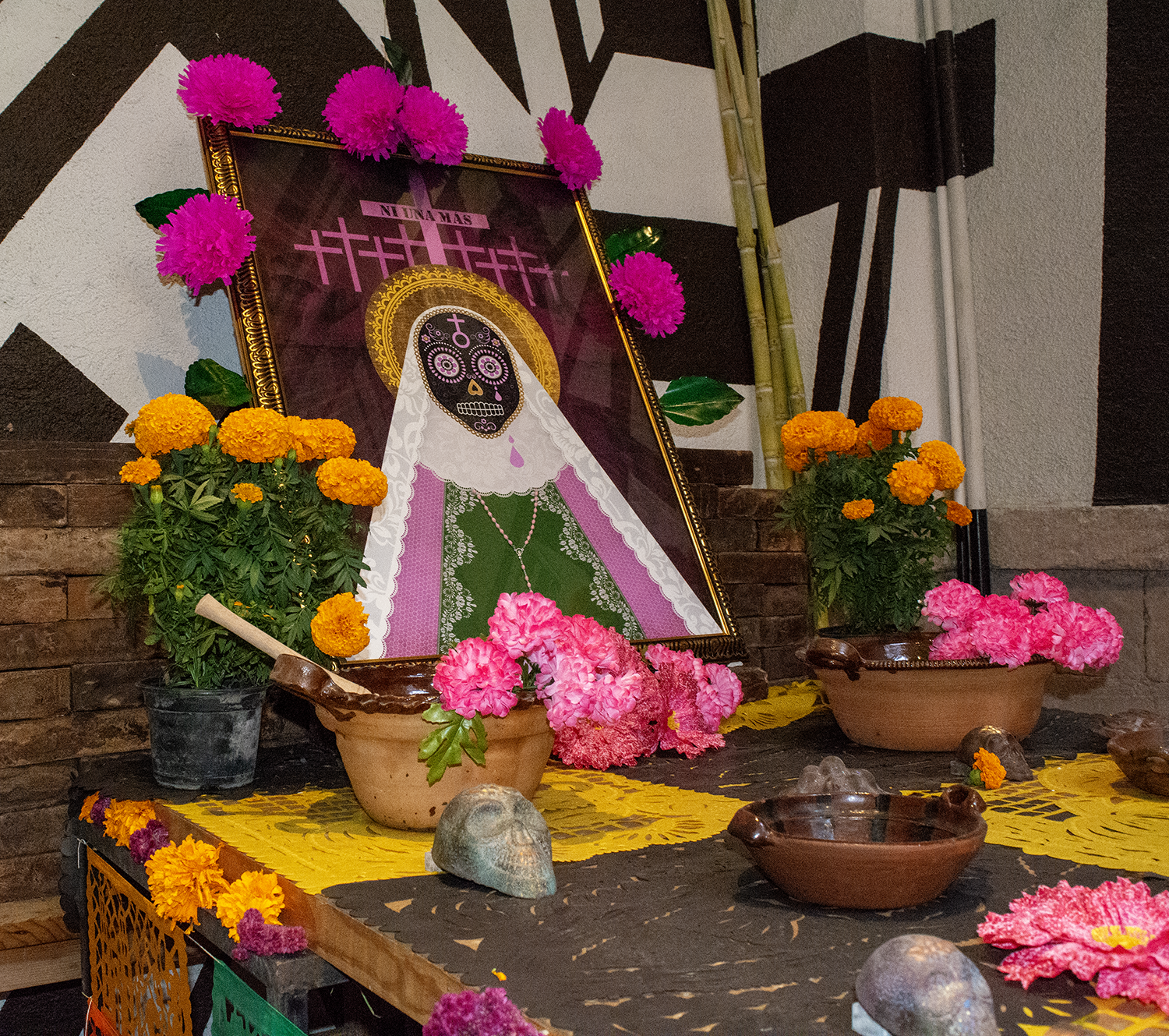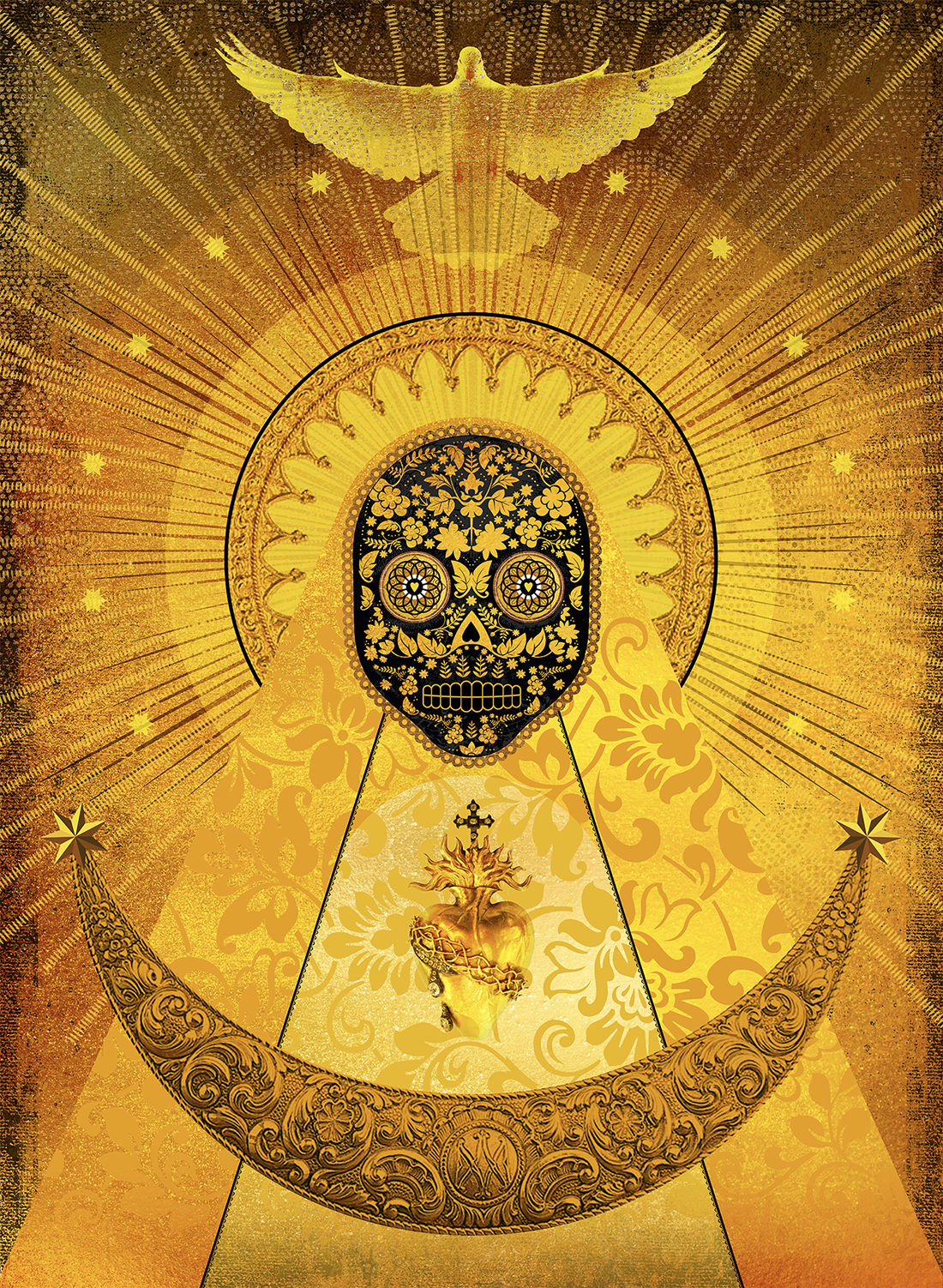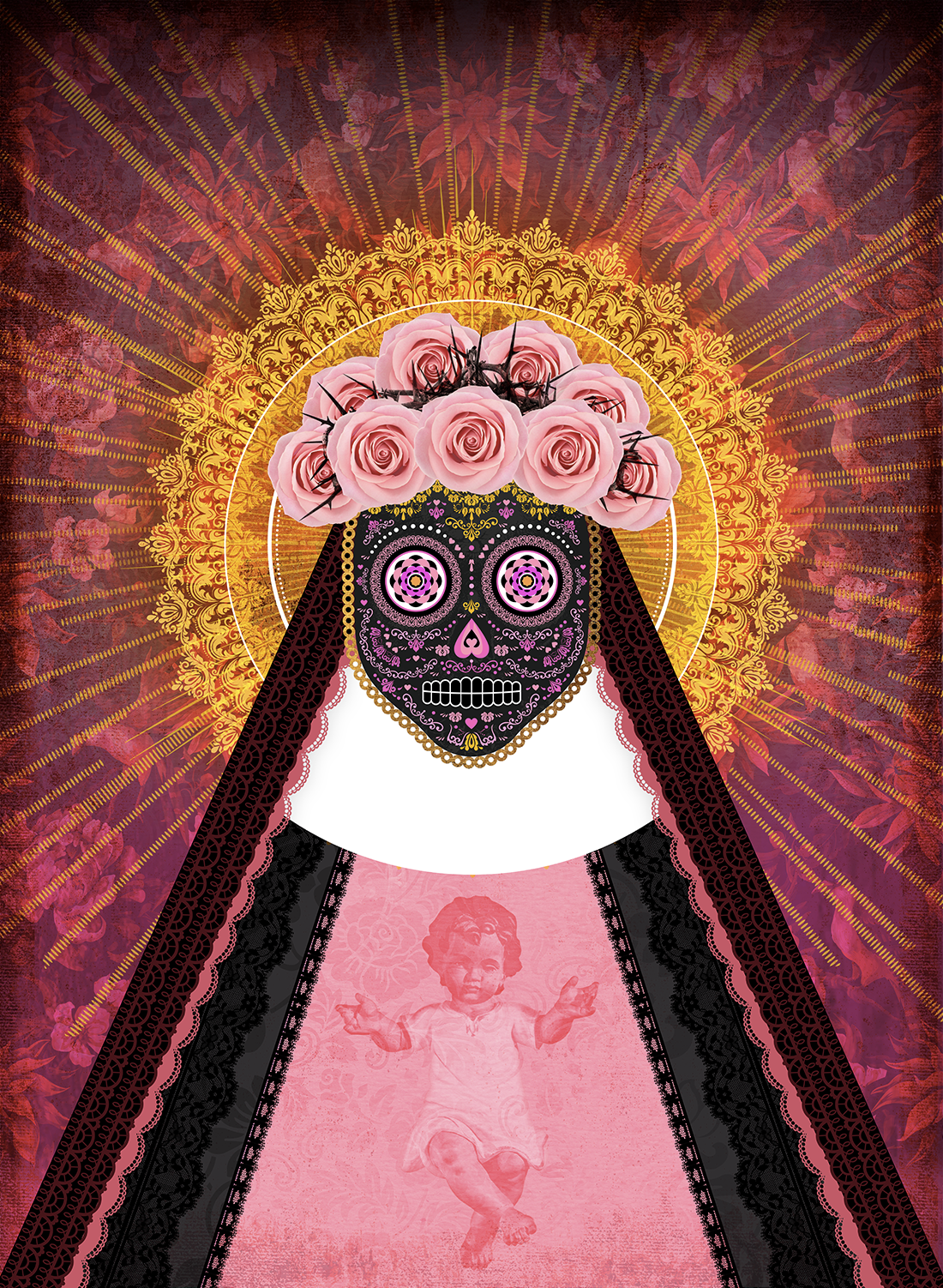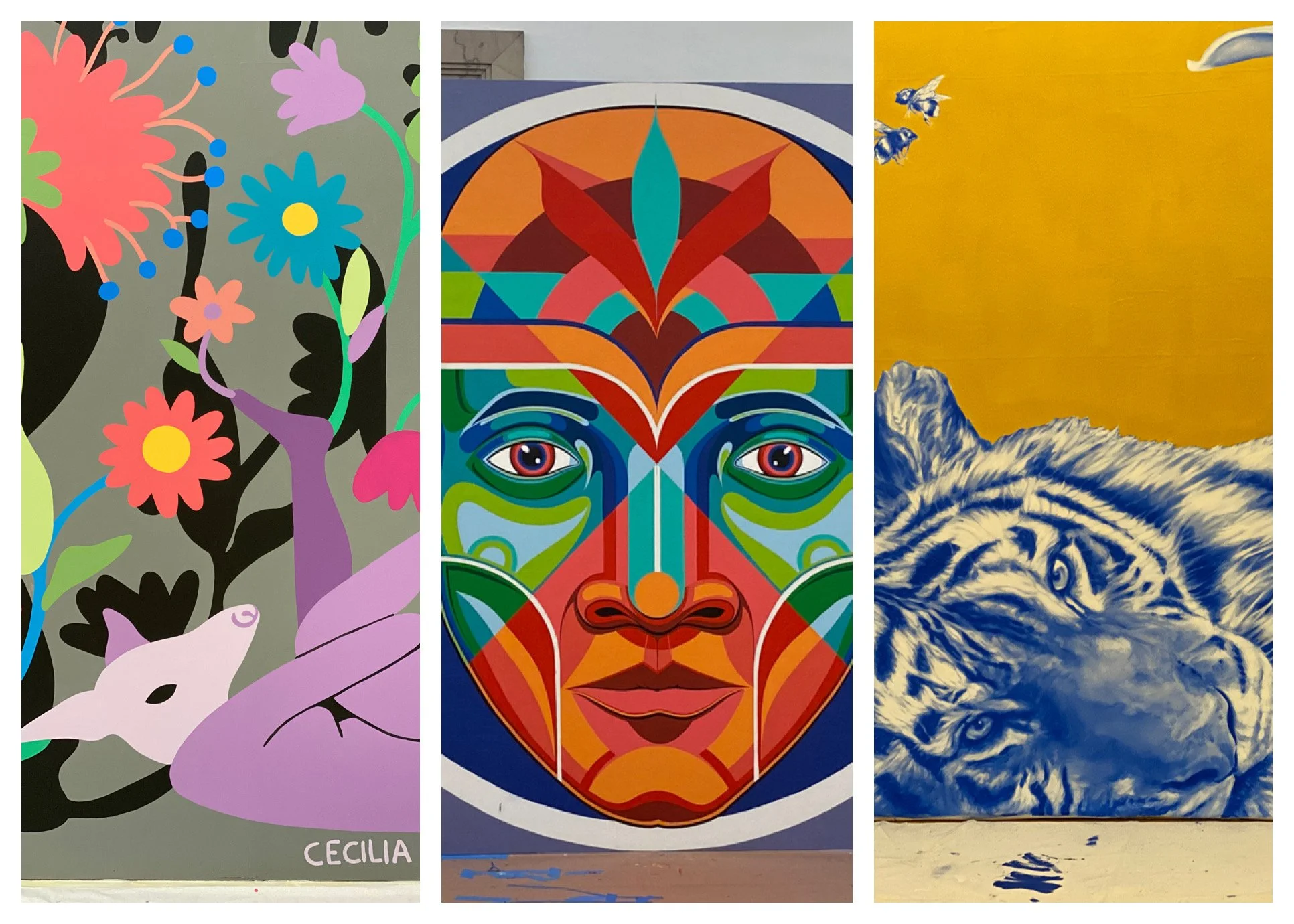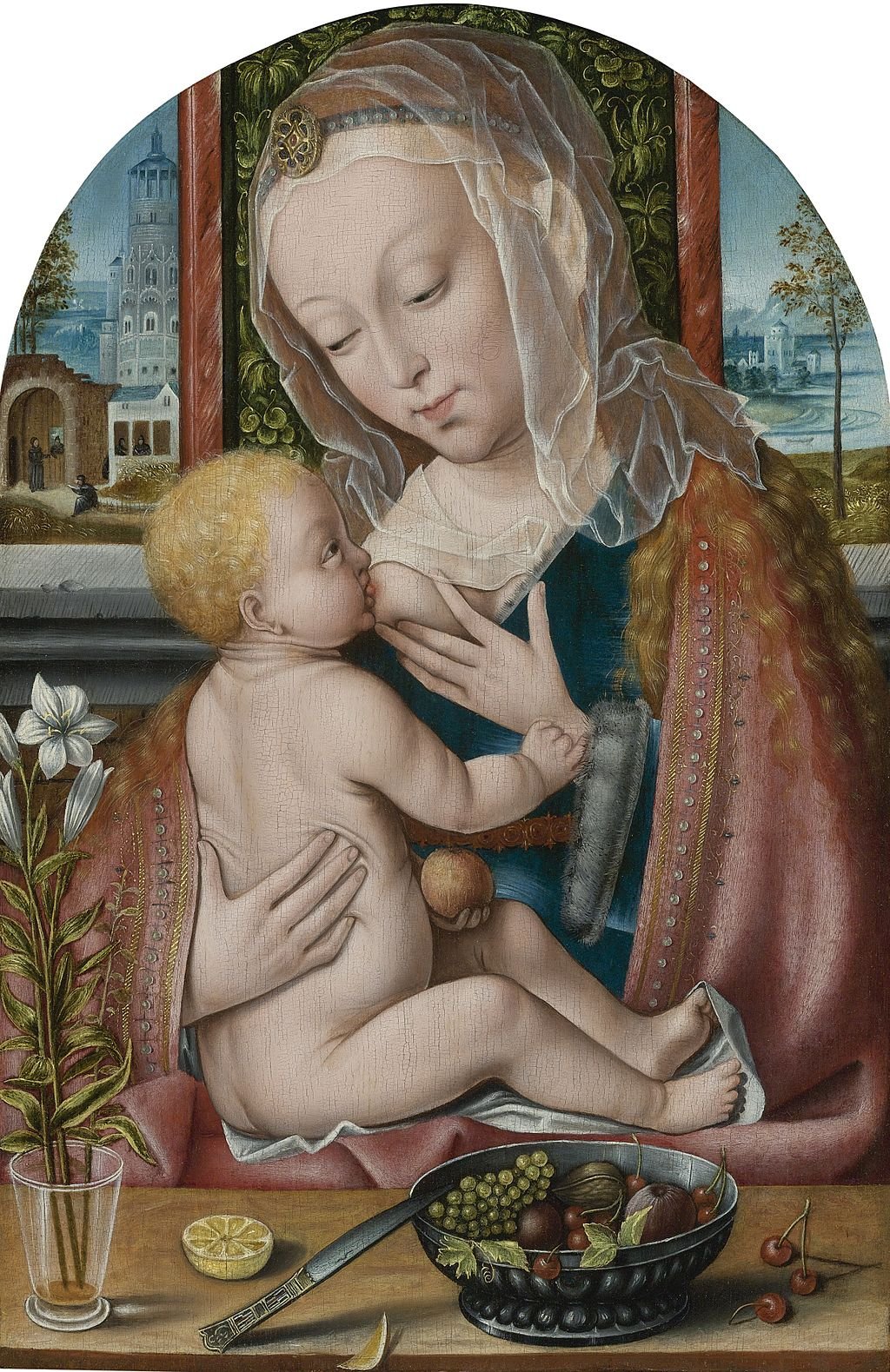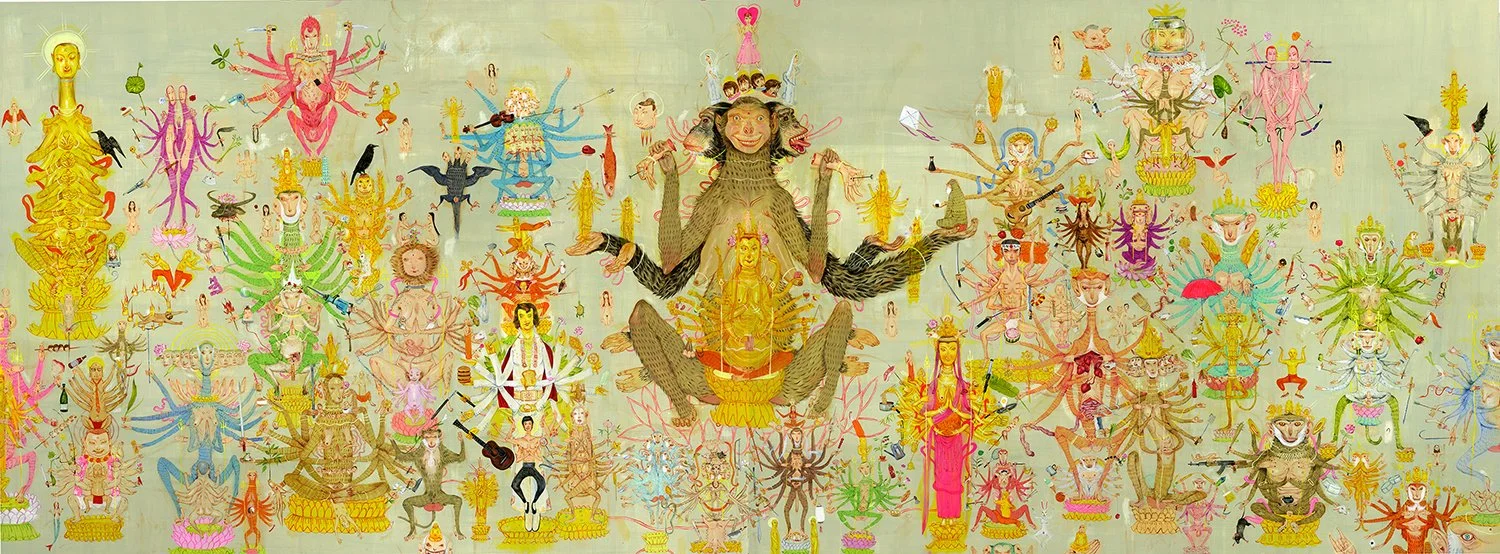The playful atelier in the Bairro Alto neighborhood turns recycled materials, folklore and everyday objects into irresistible art.
When planning a trip, we always start big, with days packed with places we want to see. But once we arrive, reality (and time and exhaustion) usually means scaling back and shifting things around a bit.
One destination that didn’t get cut from our Lisbon list: Oficina Marques, a gallery and shop in Bairro Alto, one of the city’s oldest neighborhoods and, remarkably, one left relatively untouched by the 1755 earthquake.
“The shop feels like a cabinet of curiosities — brimming with original art and objects crafted in the adjacent workshop. ”
I first came across their atelier through a feature in Surface’s Design Dispatch newsletter about Lisbon Design Week. I was instantly drawn to their playful aesthetic, and when I showed my husband, Wally, their Instagram, he was sold, too.
The Creative Duo Behind Oficina Marques
The studio is led by the creative duo Gezo Marques and José Aparício Gonçalves, whose distinctive style draws inspiration from the natural world and embodies the motto “tusa de viver” — the irrepressible desire to live. Their work explores several themes including: Mar (Sea), Mato (Forest), Corpo (Body), Fé (Faith), and Lisboa (Lisbon), each offering a window into how they see life, place and the materials they transform into art.
Oficina means “workshop” in Portuguese, a nod to the handmade nature of their work, while Marques comes from the surname of one of its founders, Gezo, grounding the studio’s name in both craft and personal identity. Their atelier is located in the Interpress building, a former printing and distribution center for newspapers and magazines that was gradually transformed into a vibrant creative hub filled with studios, workshops and galleries.
A Visit to Oficina Marques
When we arrived, the gallery space held a few assemblages made from recycled materials and a couple of framed tile panels. As we looked around, José, one of the founders, popped in and explained that the embossed white and green tile panels were developed in collaboration with Viúva Lamego to celebrate the factory’s 175th anniversary. The partnership resulted in Arcádia, a collection of geometric forms inspired by the mythical Greek utopia, where dryads, nymphs and shepherds lived in harmony with nature. He went on to mention that a temple-like installation of those tiles by Spacegram Studio had been on display in the gallery during Design Week.
While the gallery itself was filled with a few larger pieces, the adjoining shop felt like a cabinet of curiosities — brimming with original art and objects crafted in the adjacent workshop. Bundles of dried amaranthus, eucalyptus and hydrangea hung from the ceiling, perfuming the air with a faint, earthy sweetness.
The shelves held an eclectic mix of items: ceramic face vessels and glass cloches filled with curious scenes — the Virgin Mary surrounded by seahorses, starfish and coral; a saint on horseback slaying a dragon-like creature, with a troop of toy soldiers poised for battle at his feet. Hand-painted plates of varying sizes were set among a plaster cast of a classical male nude, along with primitive carved wooden crocodiles, African tribal statuettes, and glinting tin ex-voto hearts — all arranged with a discerning curatorial eye.
We were debating between a small blue-and-white plate with an open hand and another featuring a bare-chested minotaur when I noticed a pair of weathered wooden pieces hanging on the wall, each shaped like a raised hand with symbols etched into the fingers. One was inscribed with the words “Love You,” and the other “Fuck You.” It was at that moment I “went rogue,” as Wally would later say. Without consulting my husband, I looked over at José and said, “We’ll take these.”
José smiled and explained that he and Gezo had found the pieces while out on the beach, scavenging for materials to use in their work. The two boards, he told us, fit together perfectly — a reflection of life’s many dualities.
After José carefully wrapped our purchase, he invited us to step into his and Gezo’s workshop. We were honored to catch a glimpse of their imaginative world — a place shaped by creations that invite you to think, to feel, to wonder and to imagine.
And honestly, in a world that can feel heavy with pessimism, a little more levity is just what we all need. –Duke
Oficina Marques
Rua Luz Soriano 71
1200-246 Lisbon
Portugal




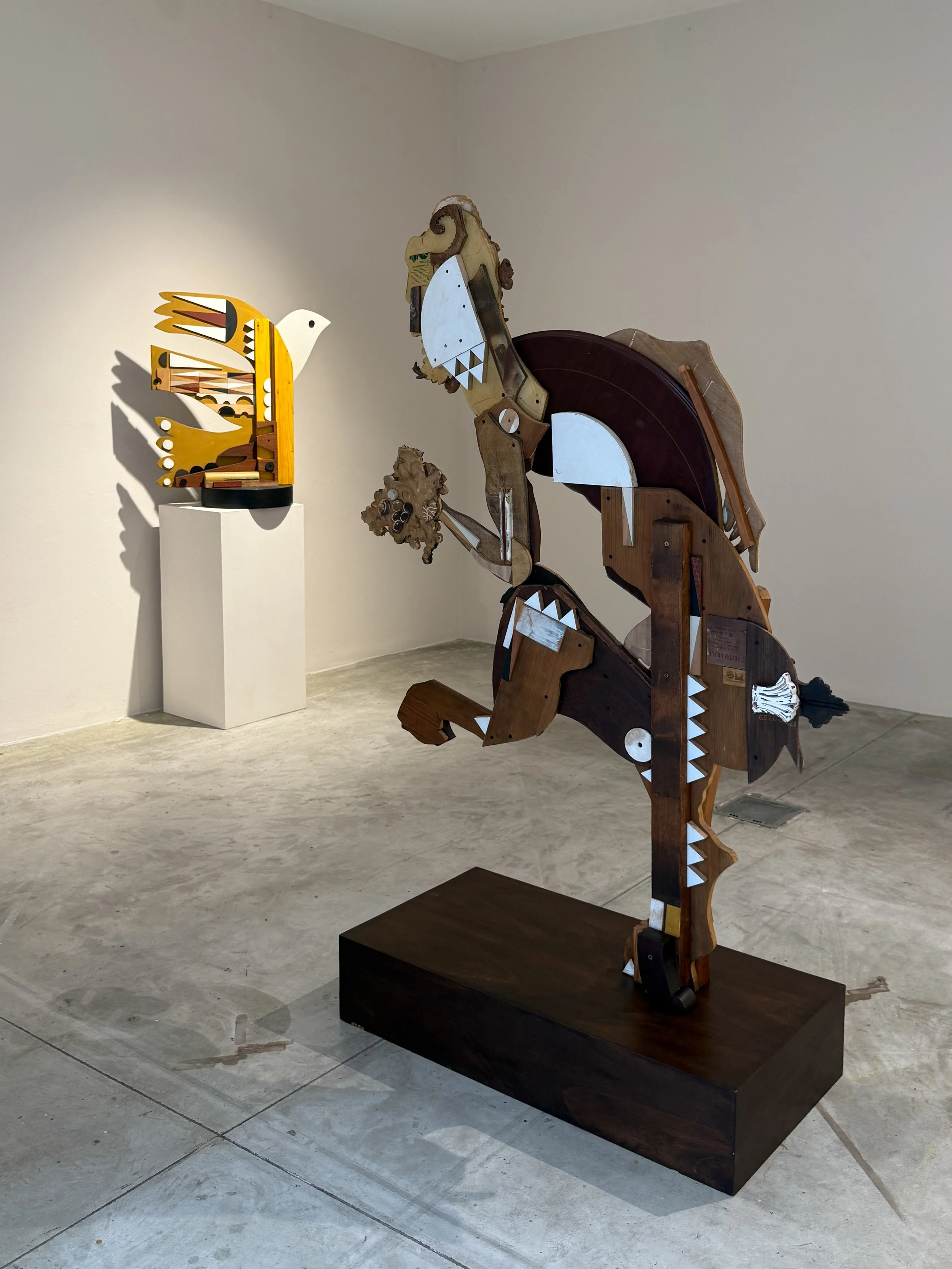
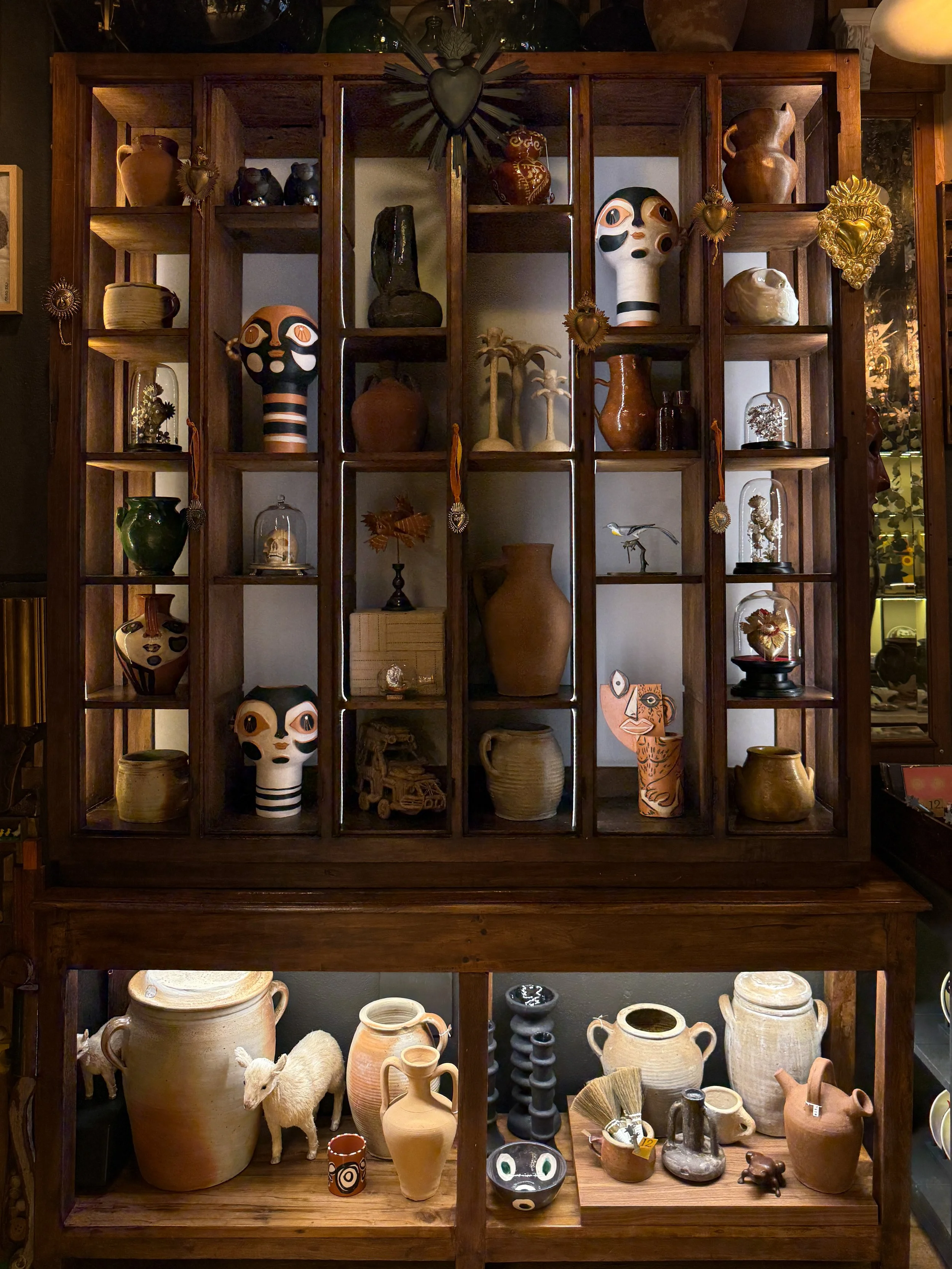
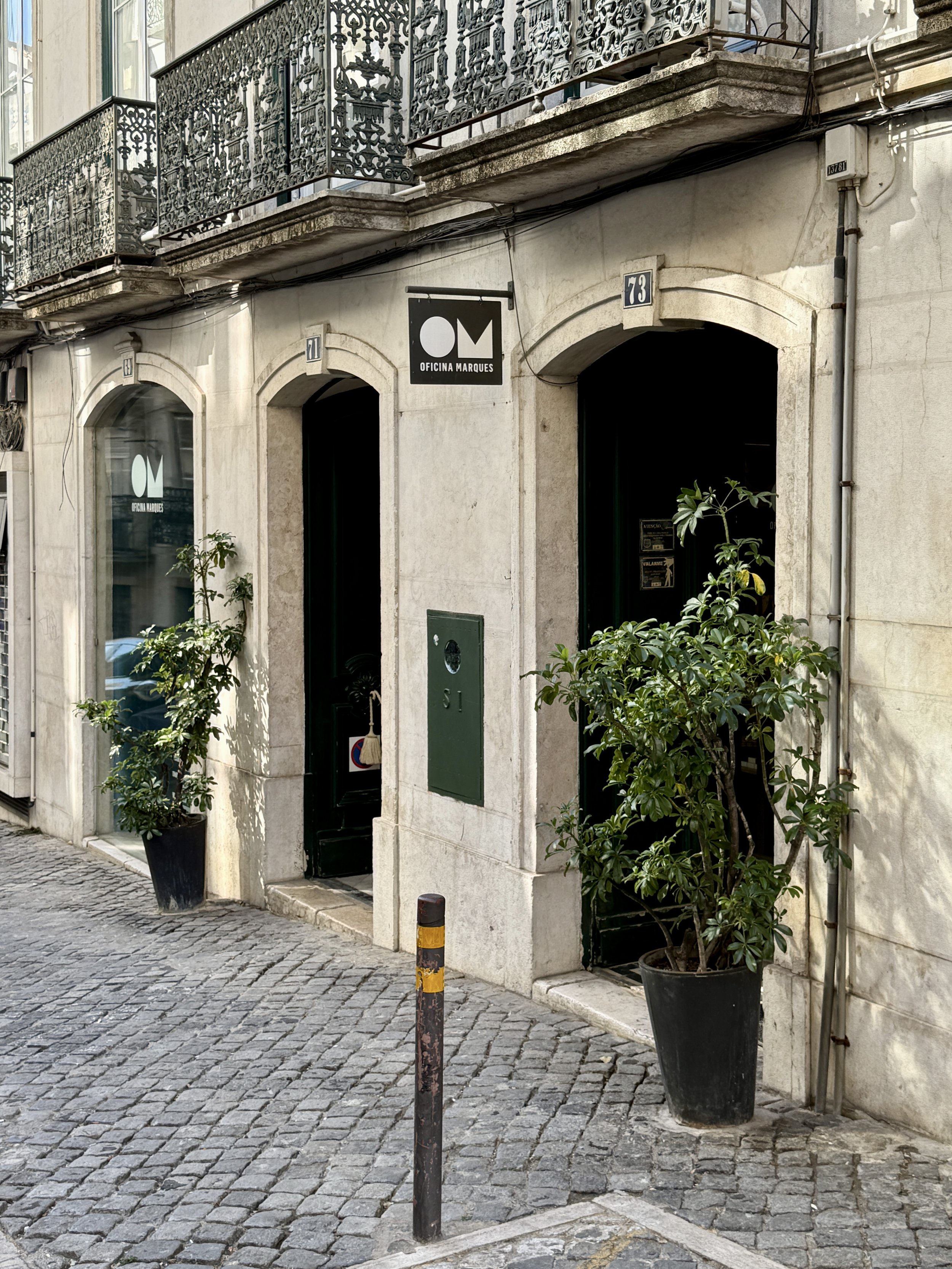
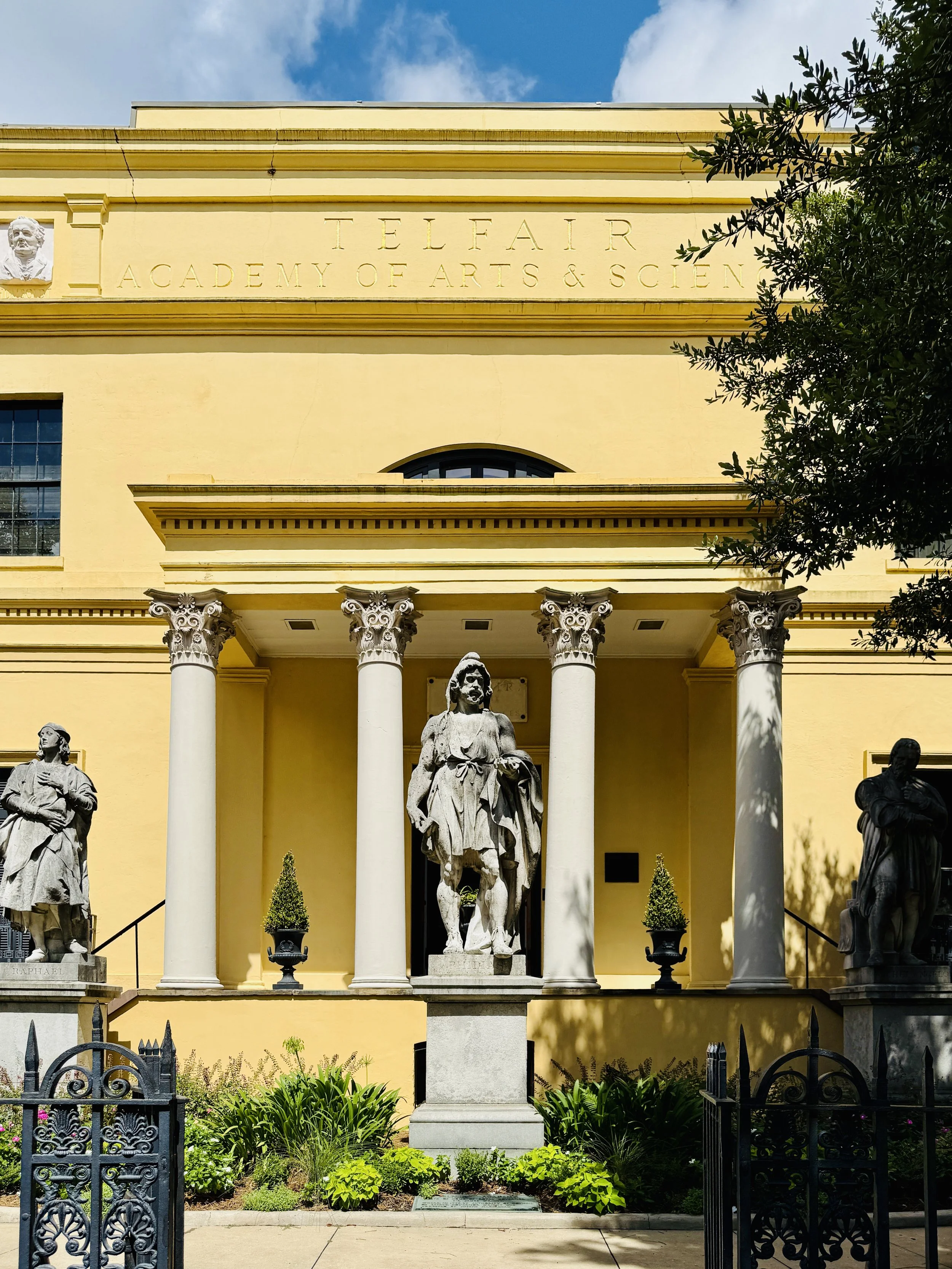
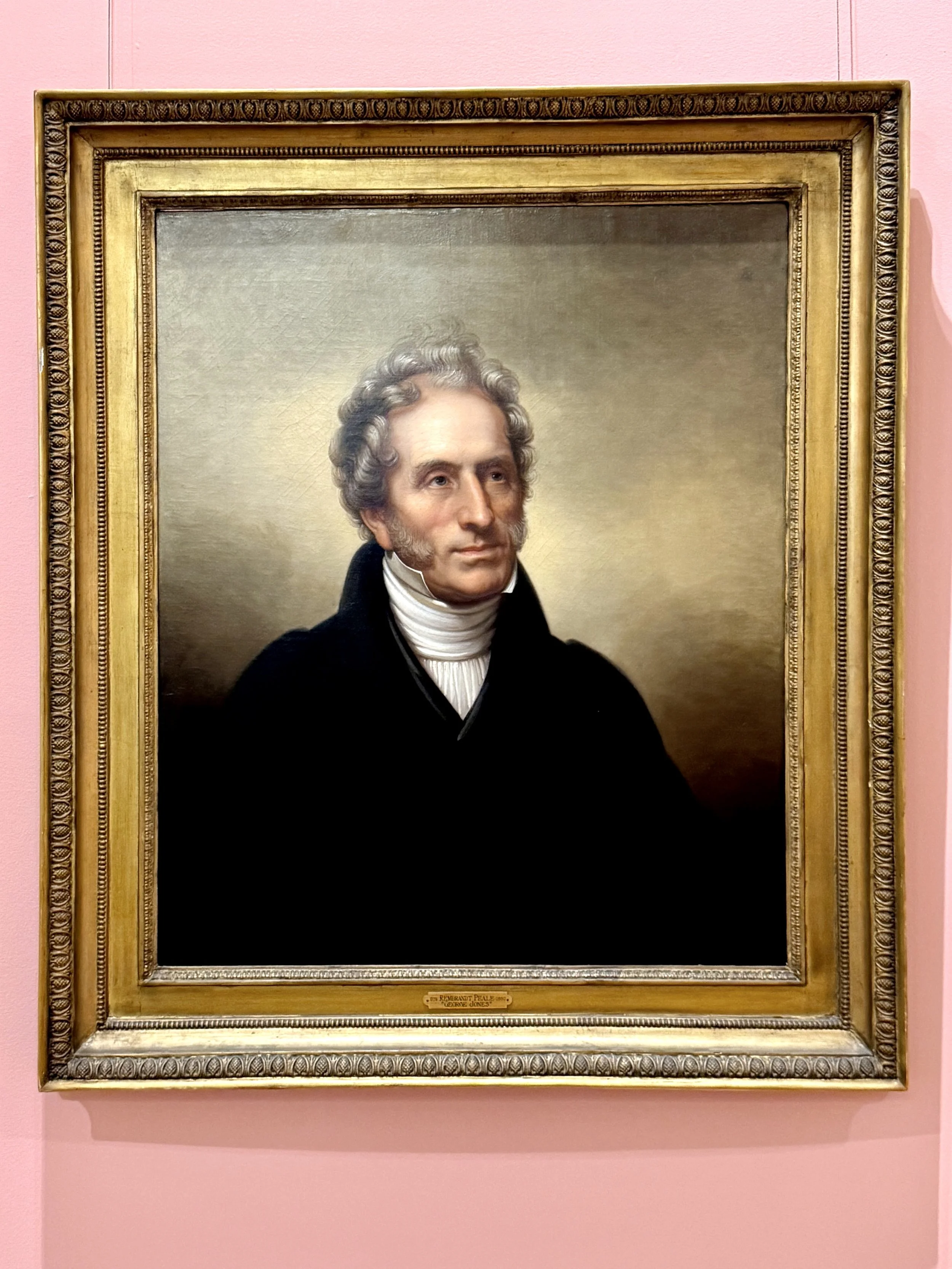

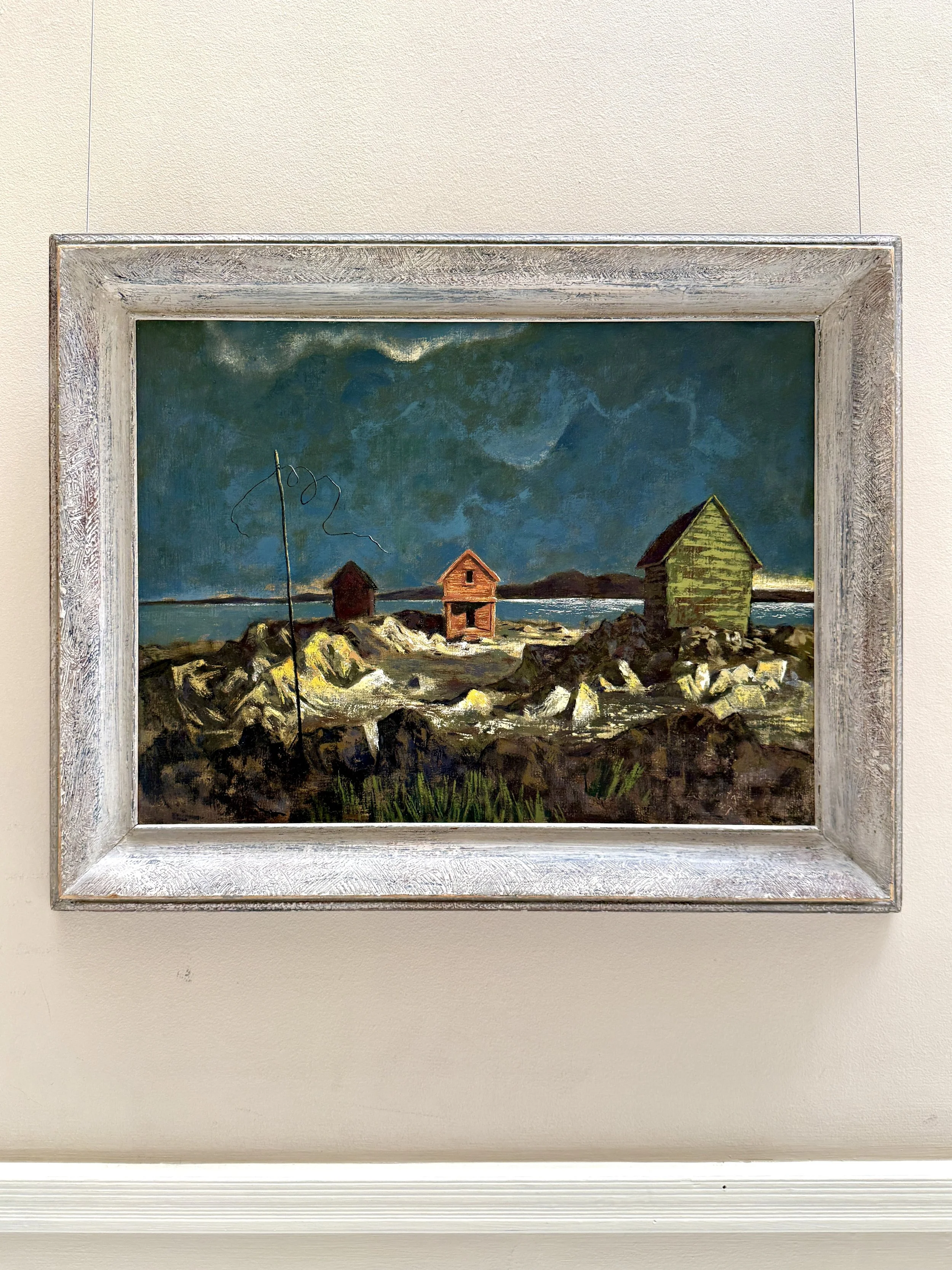
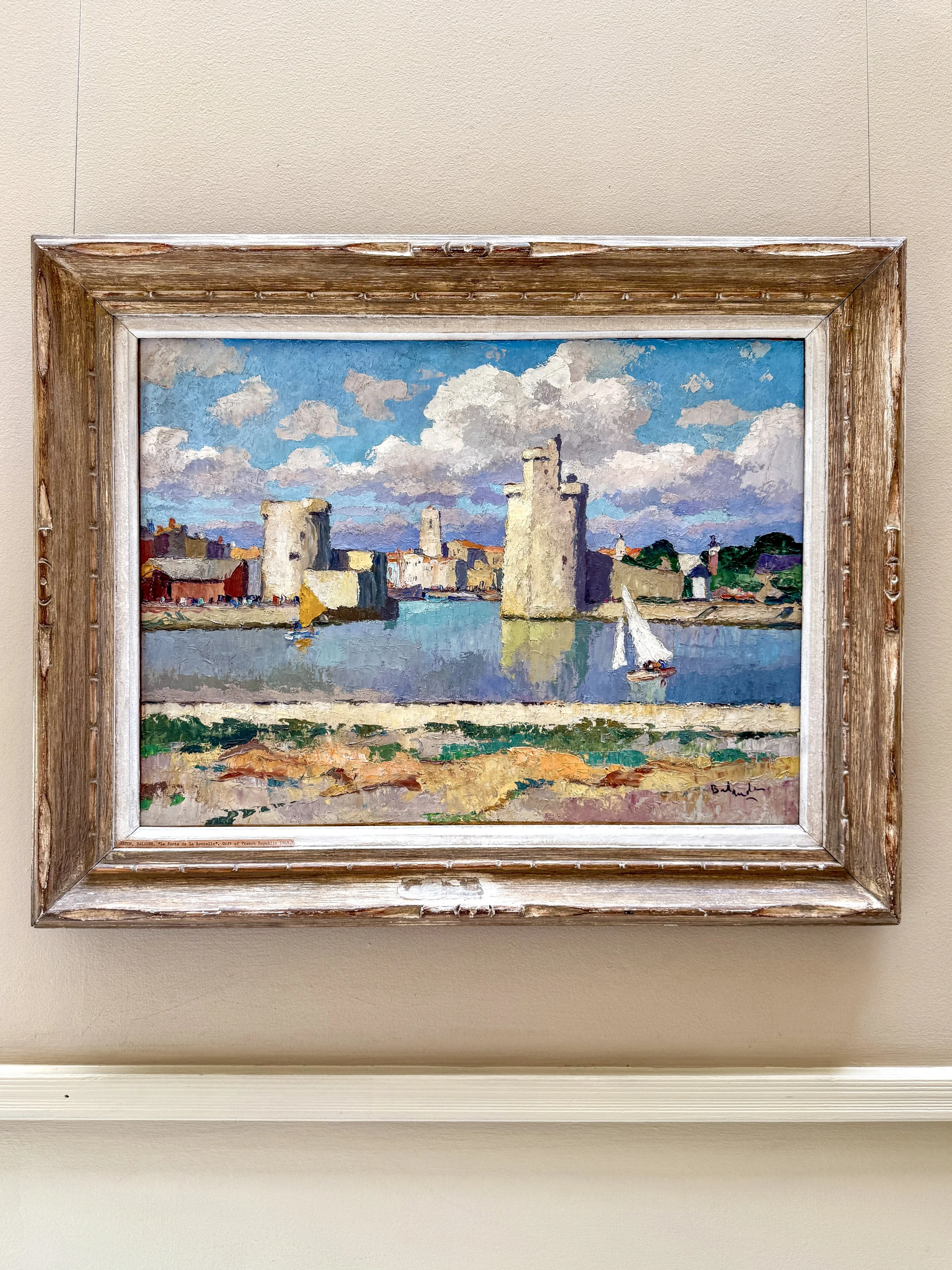


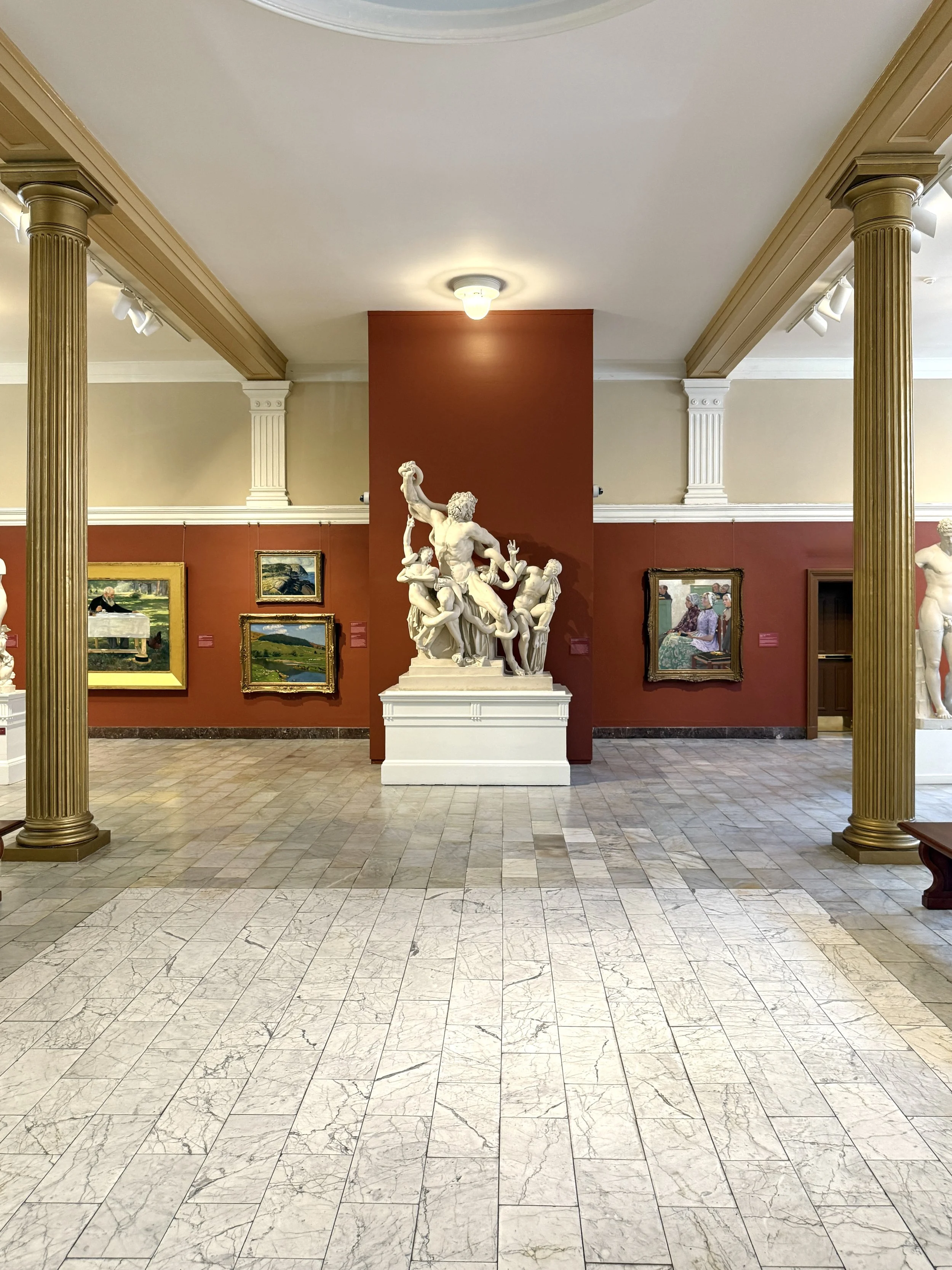

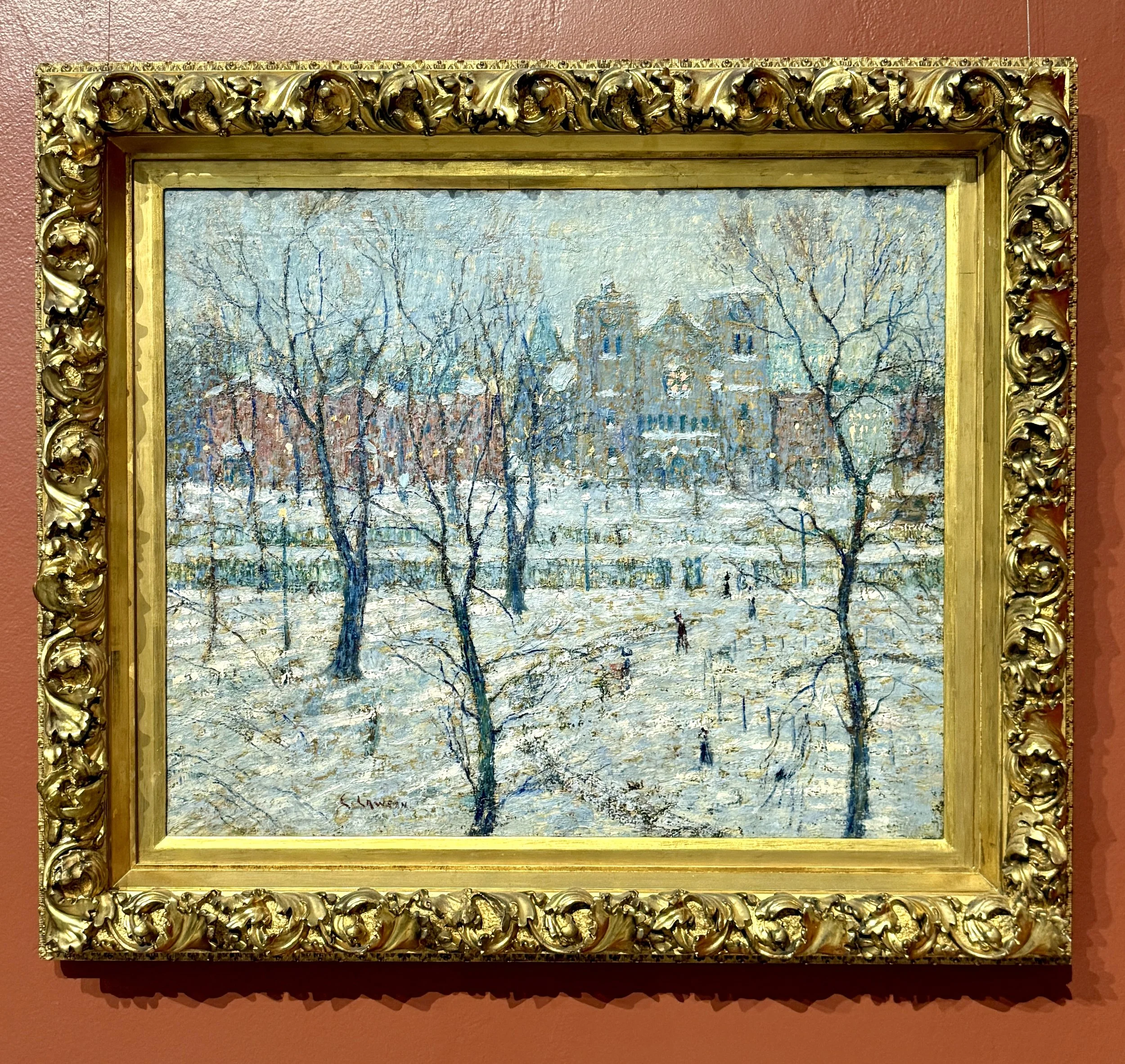
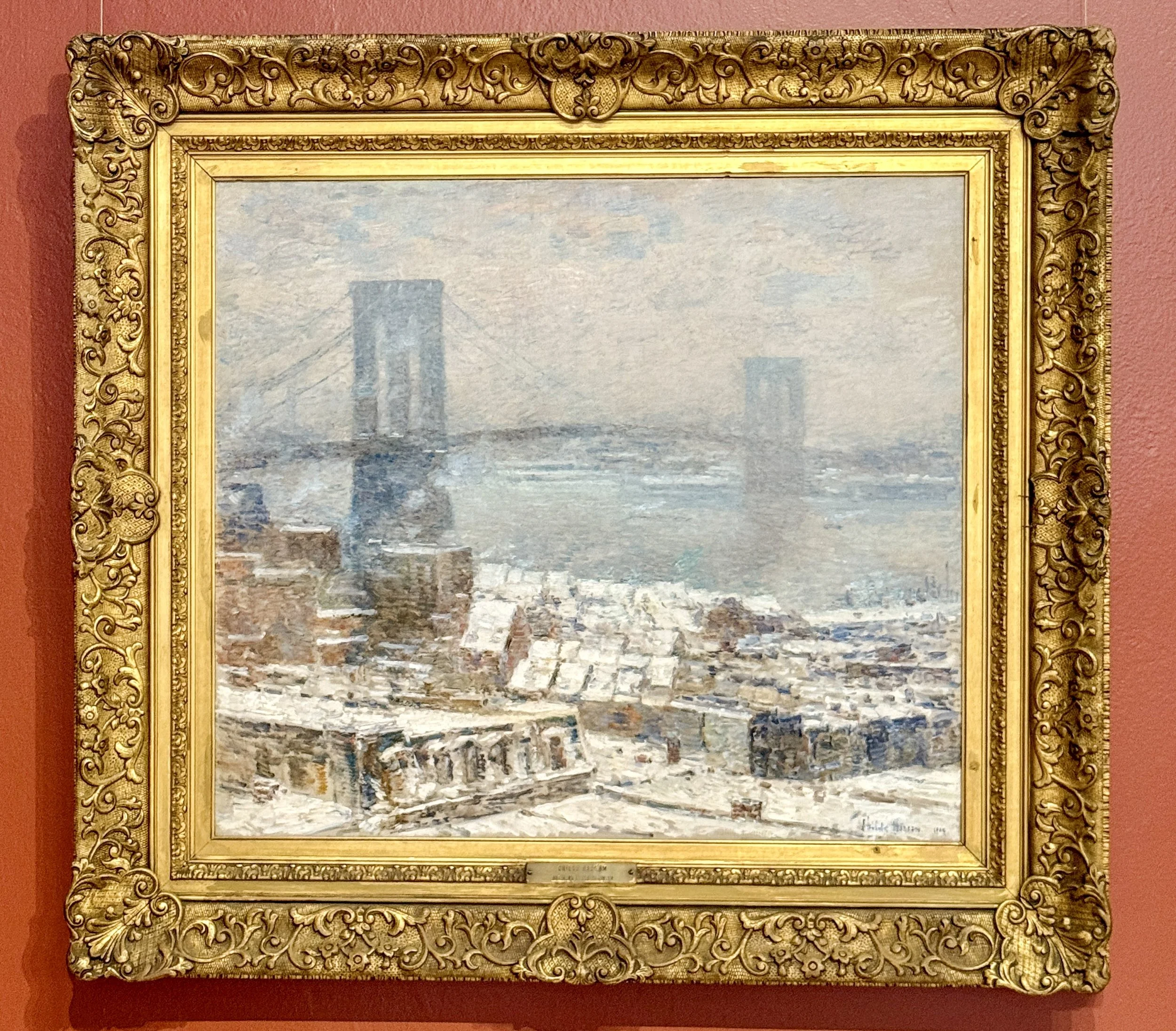
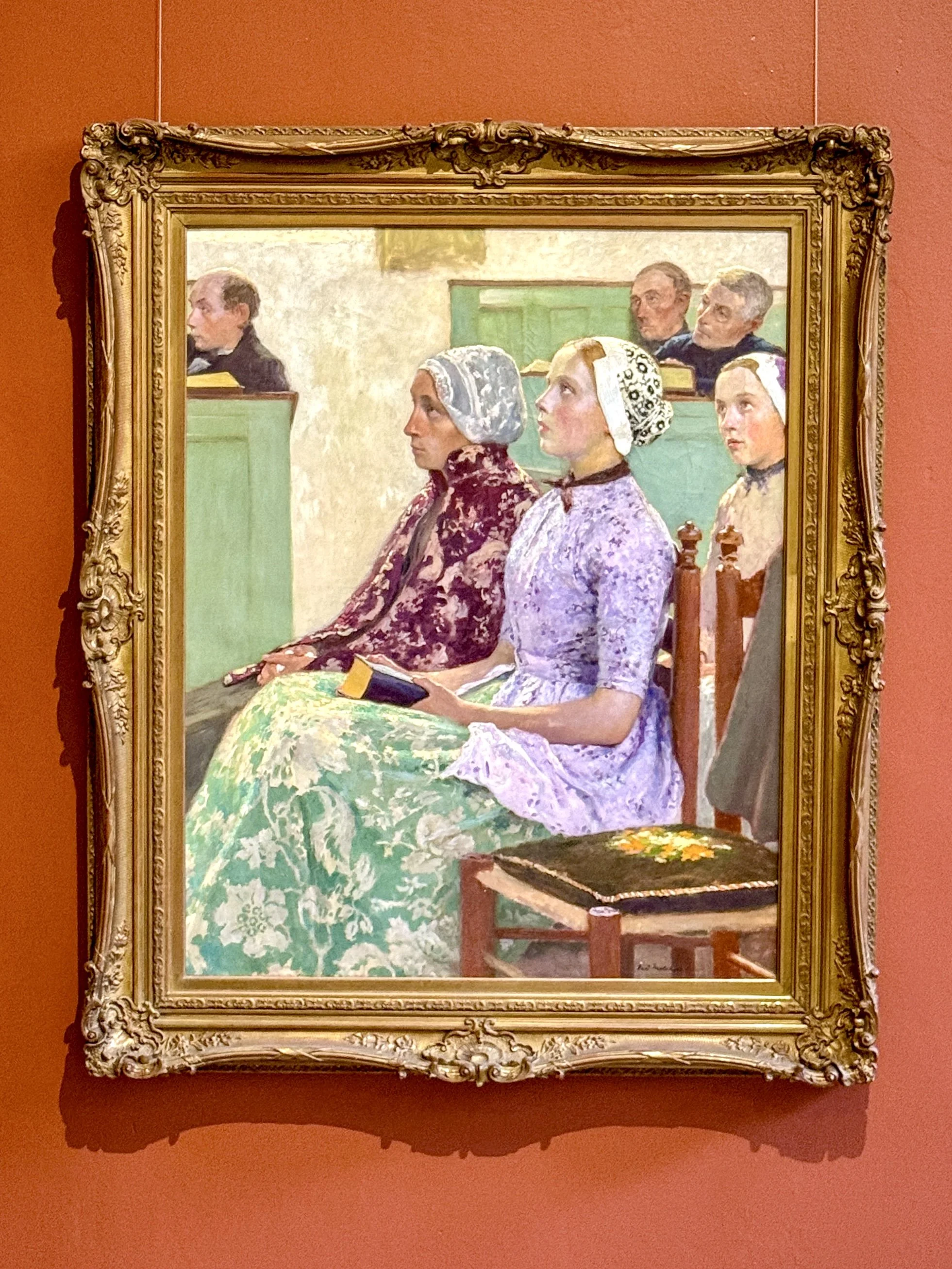
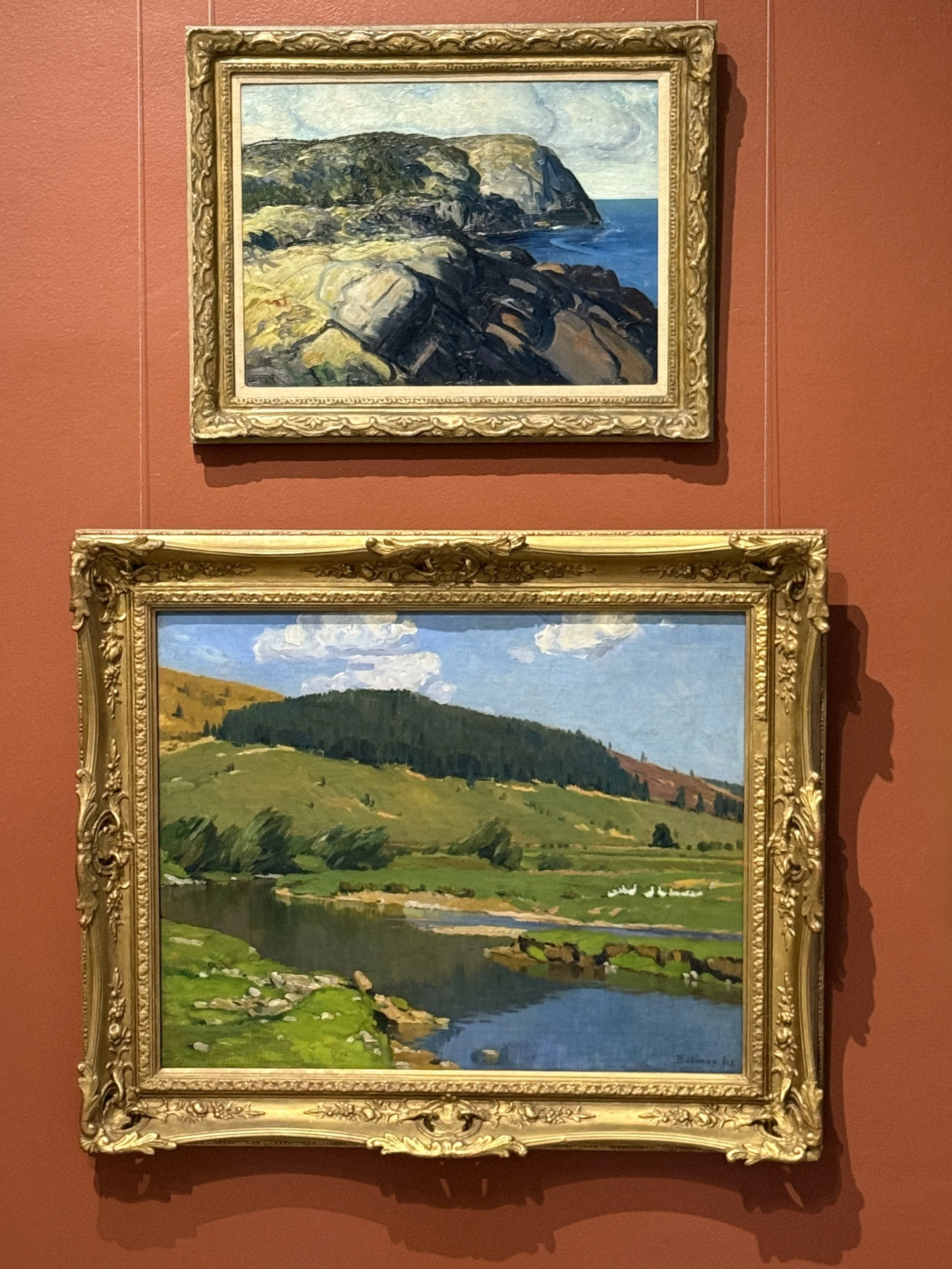
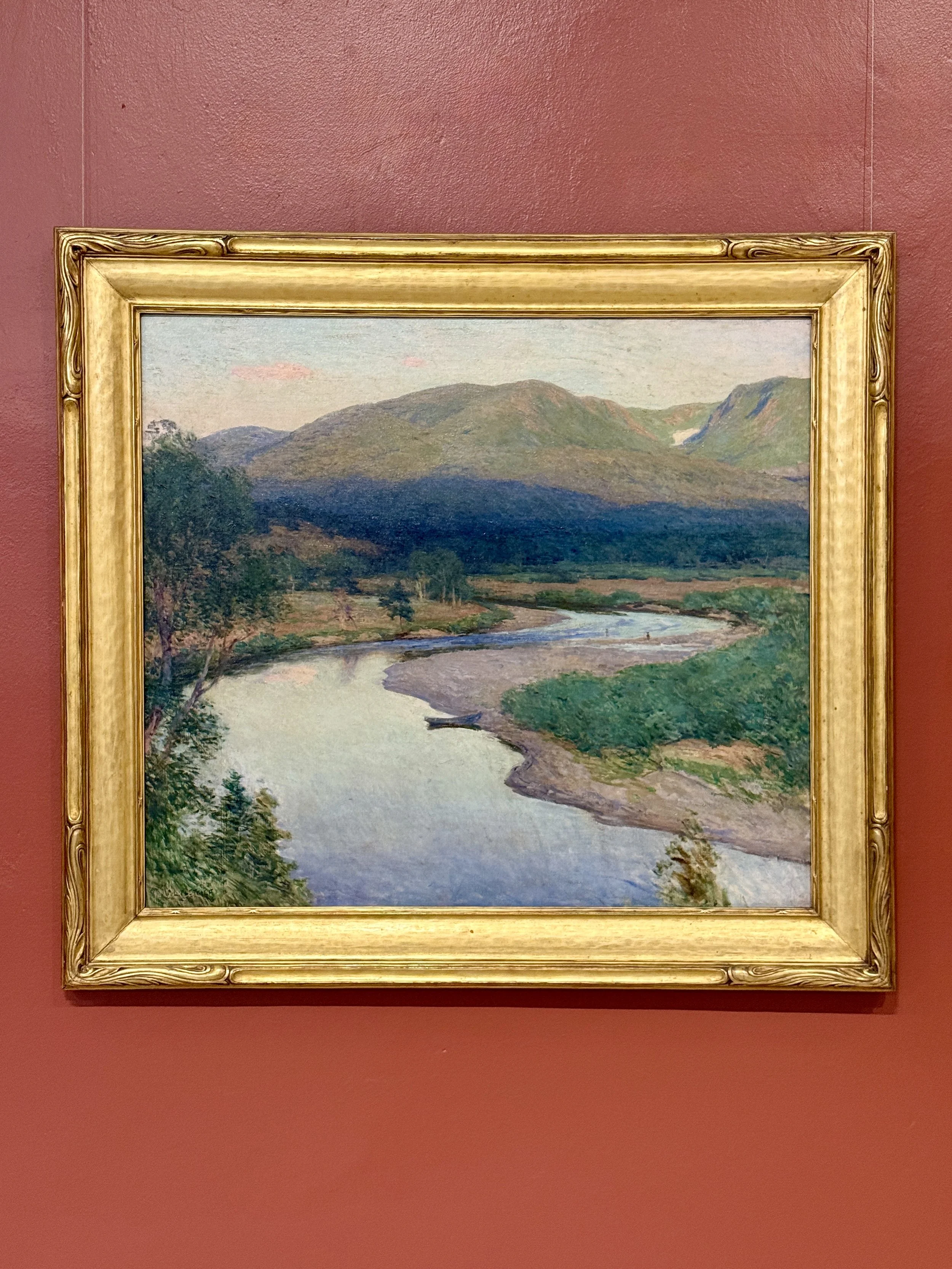
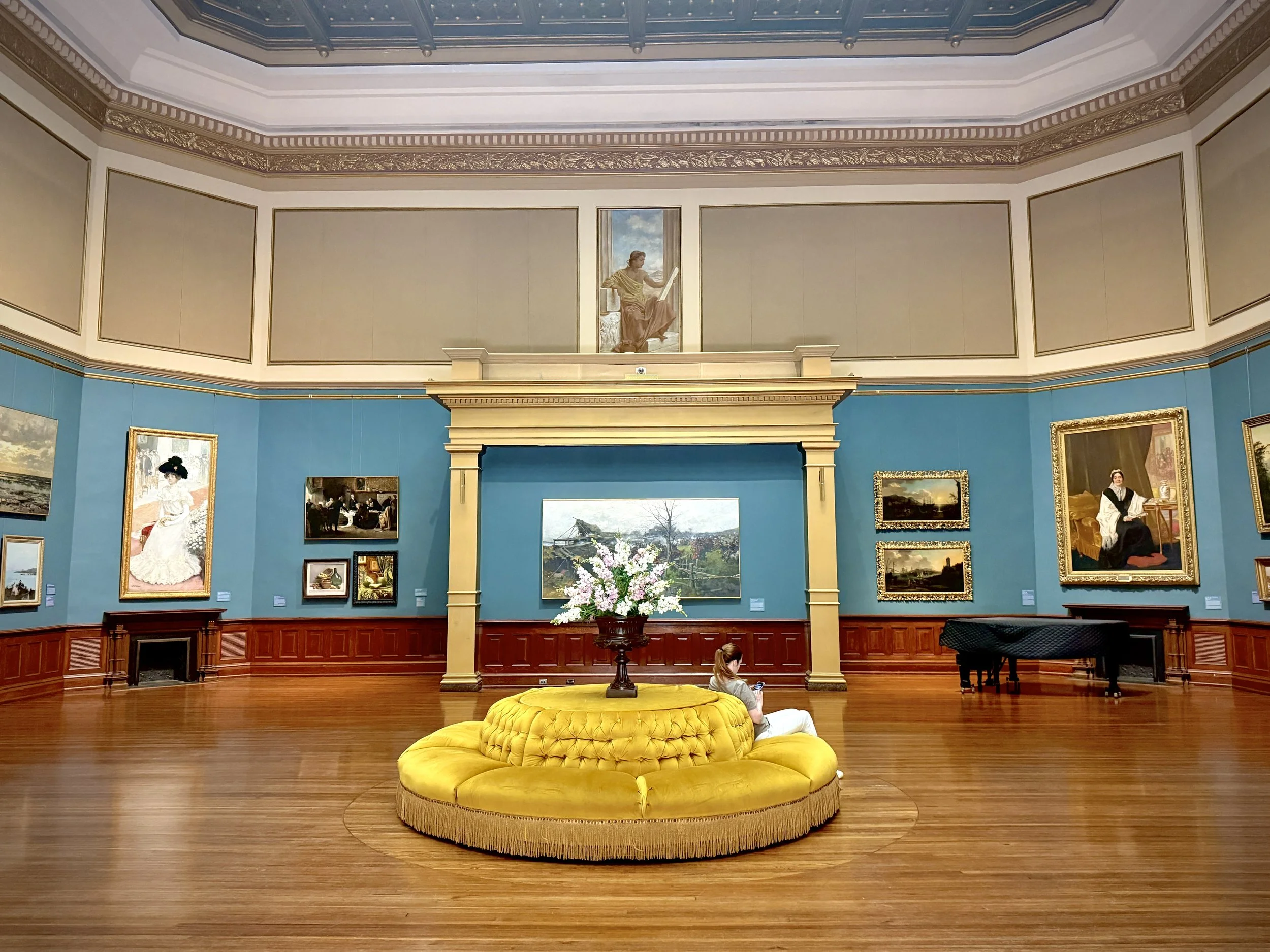
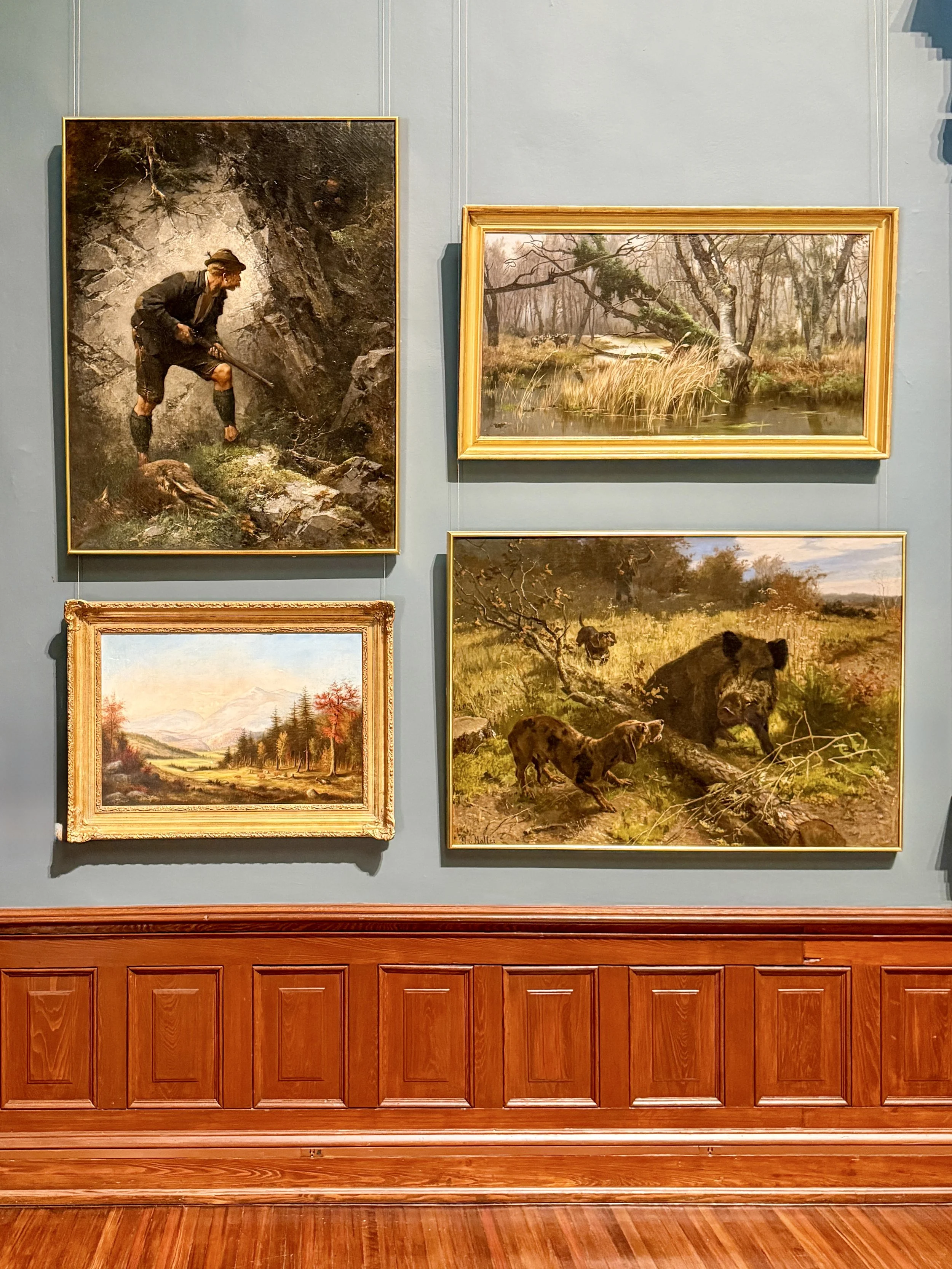
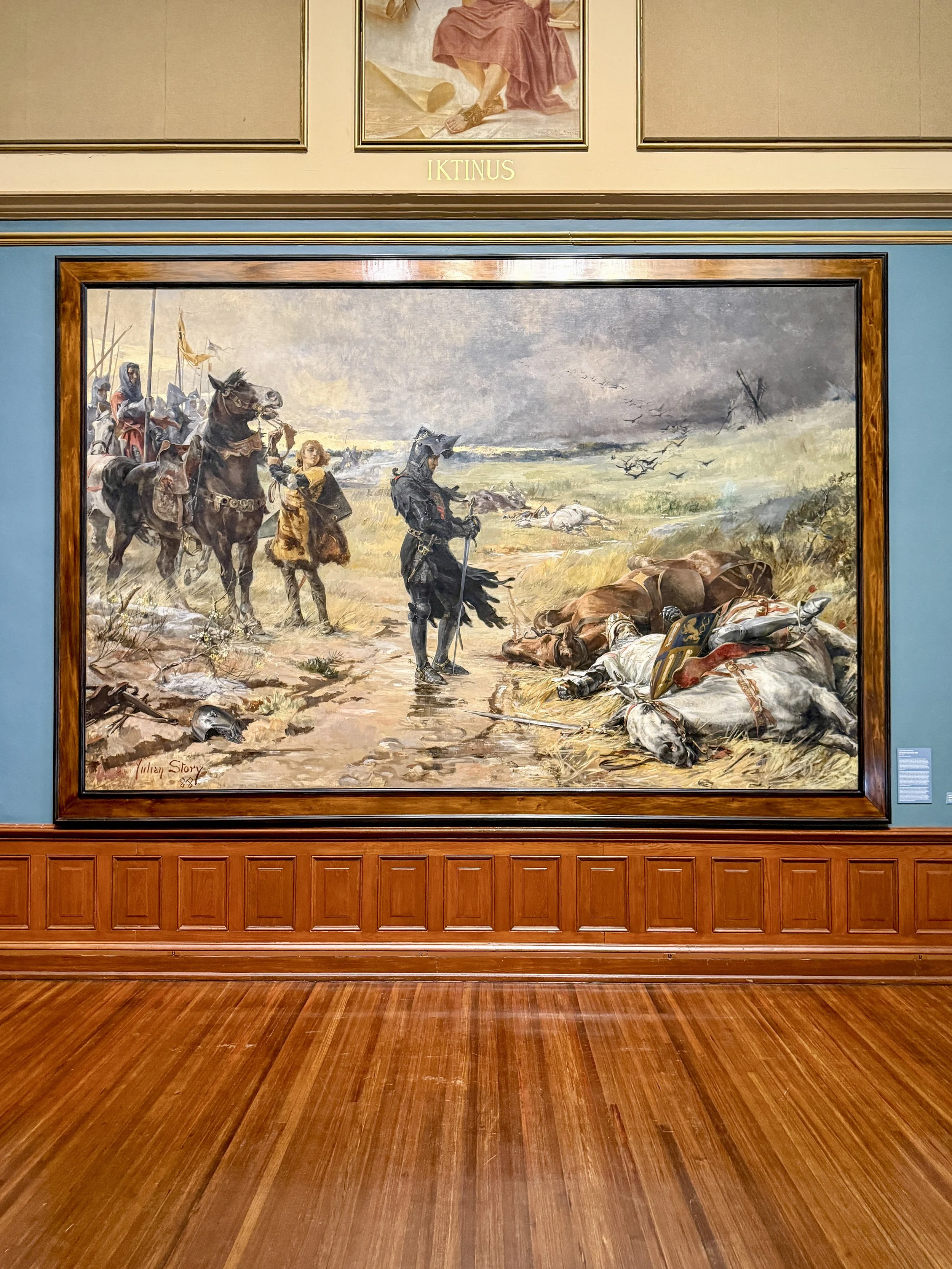

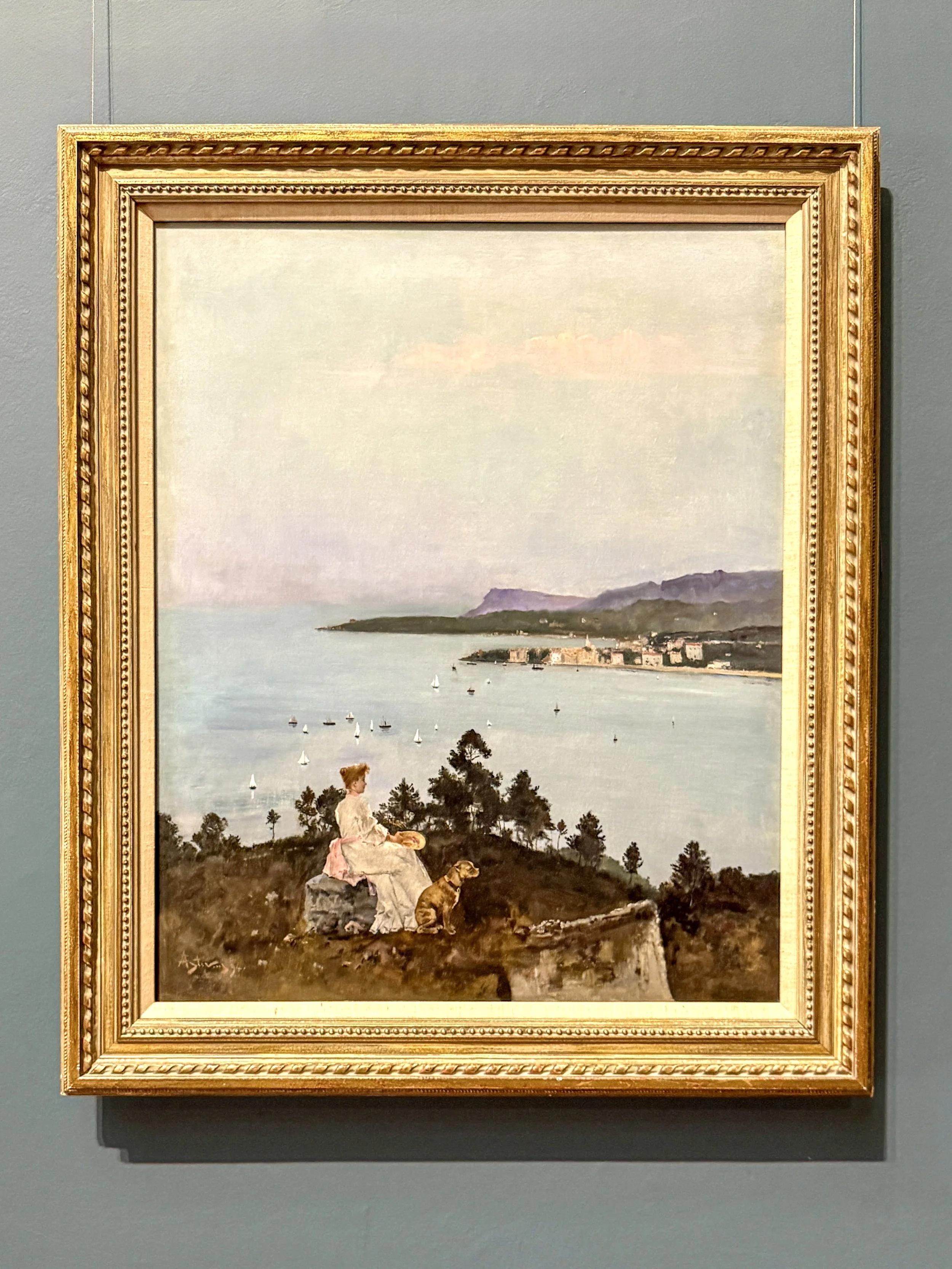
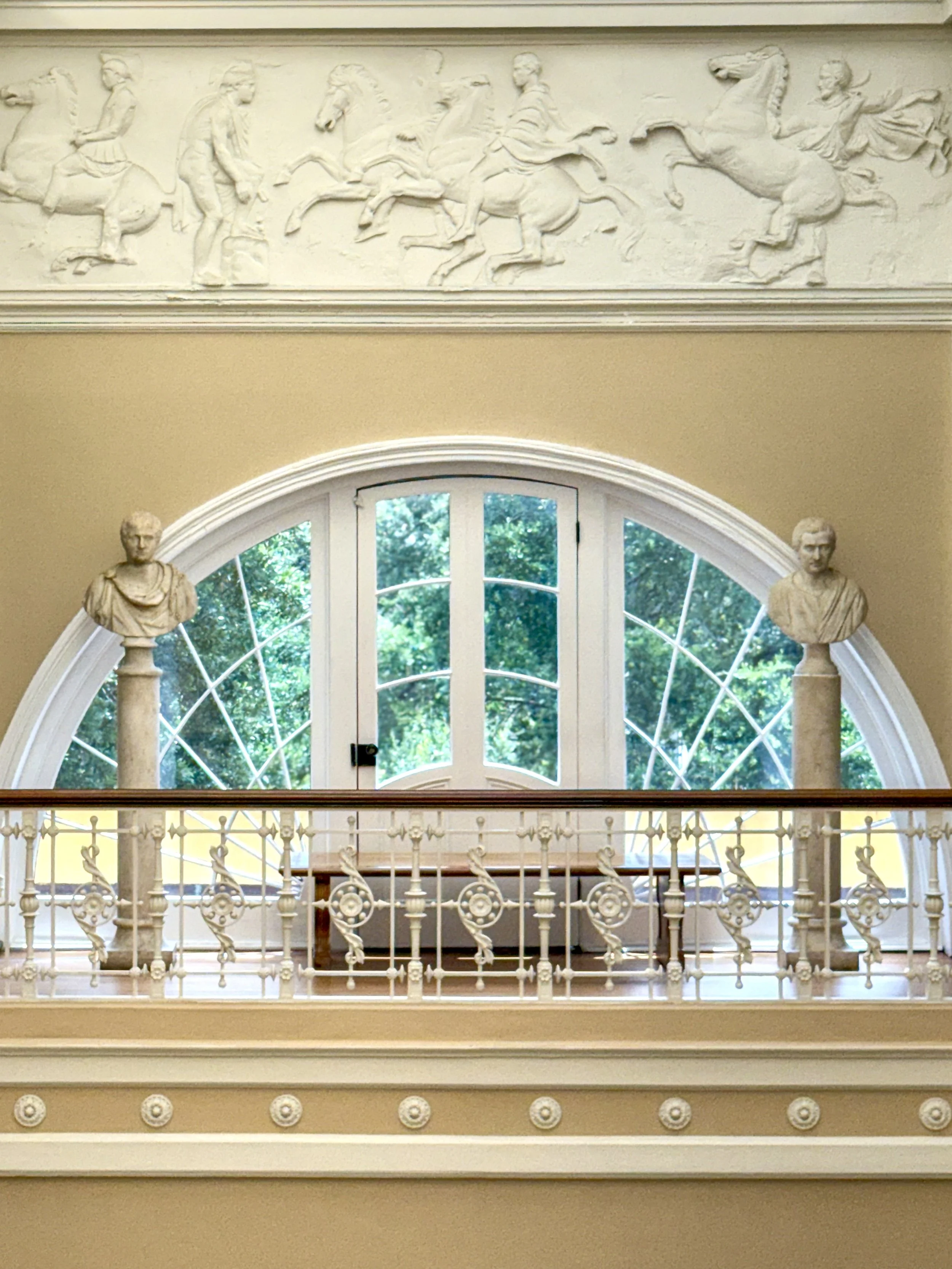


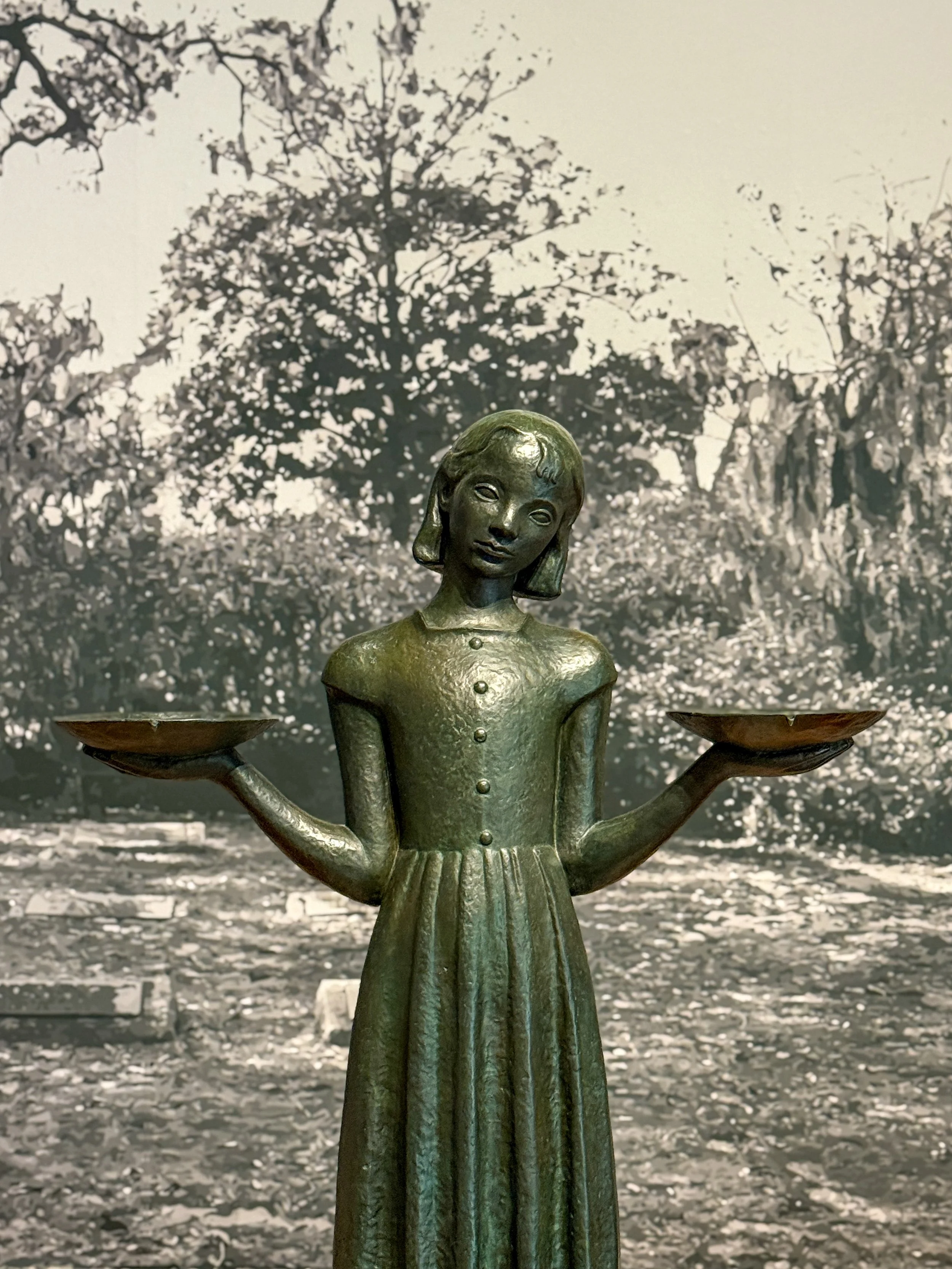
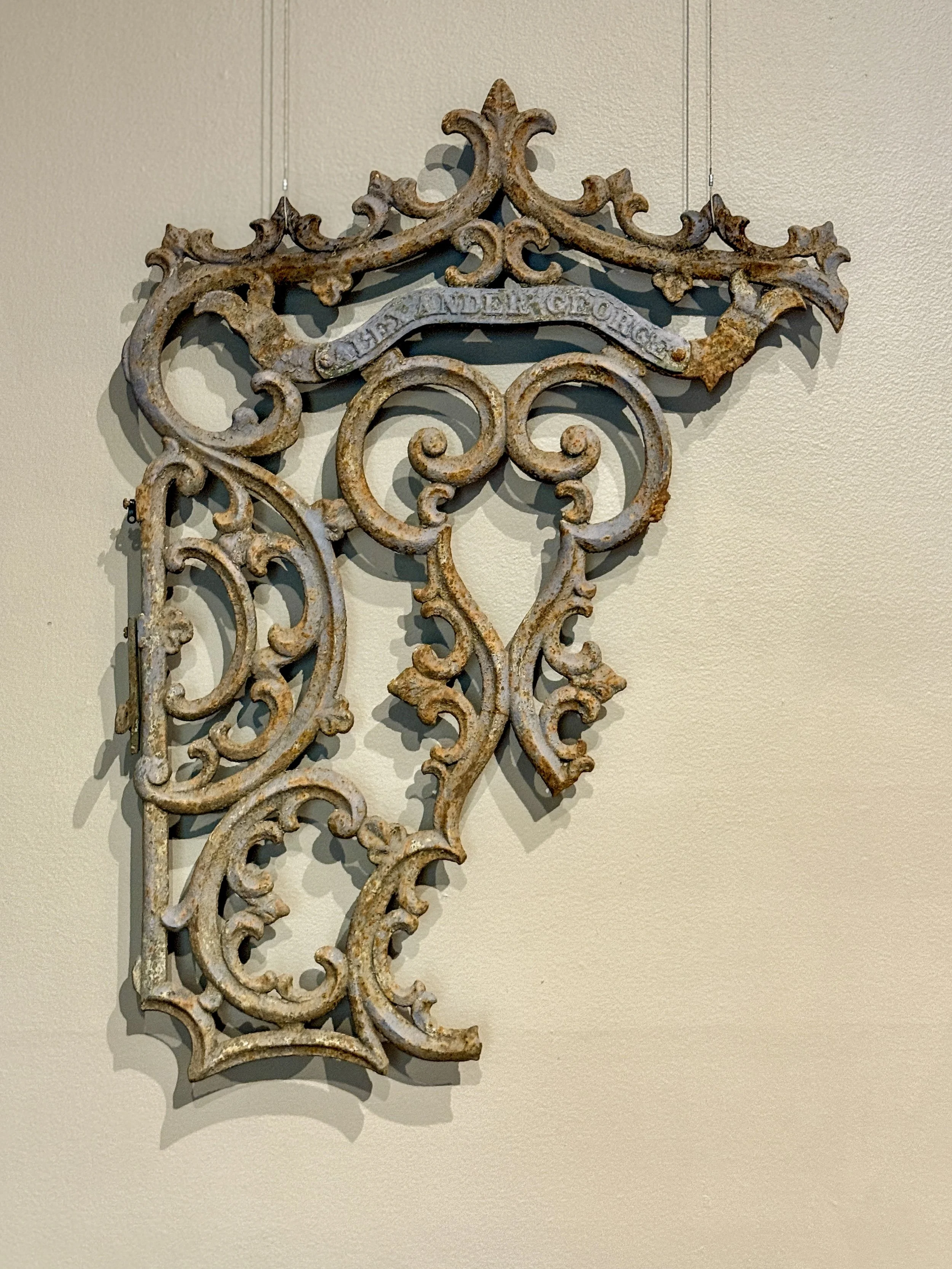
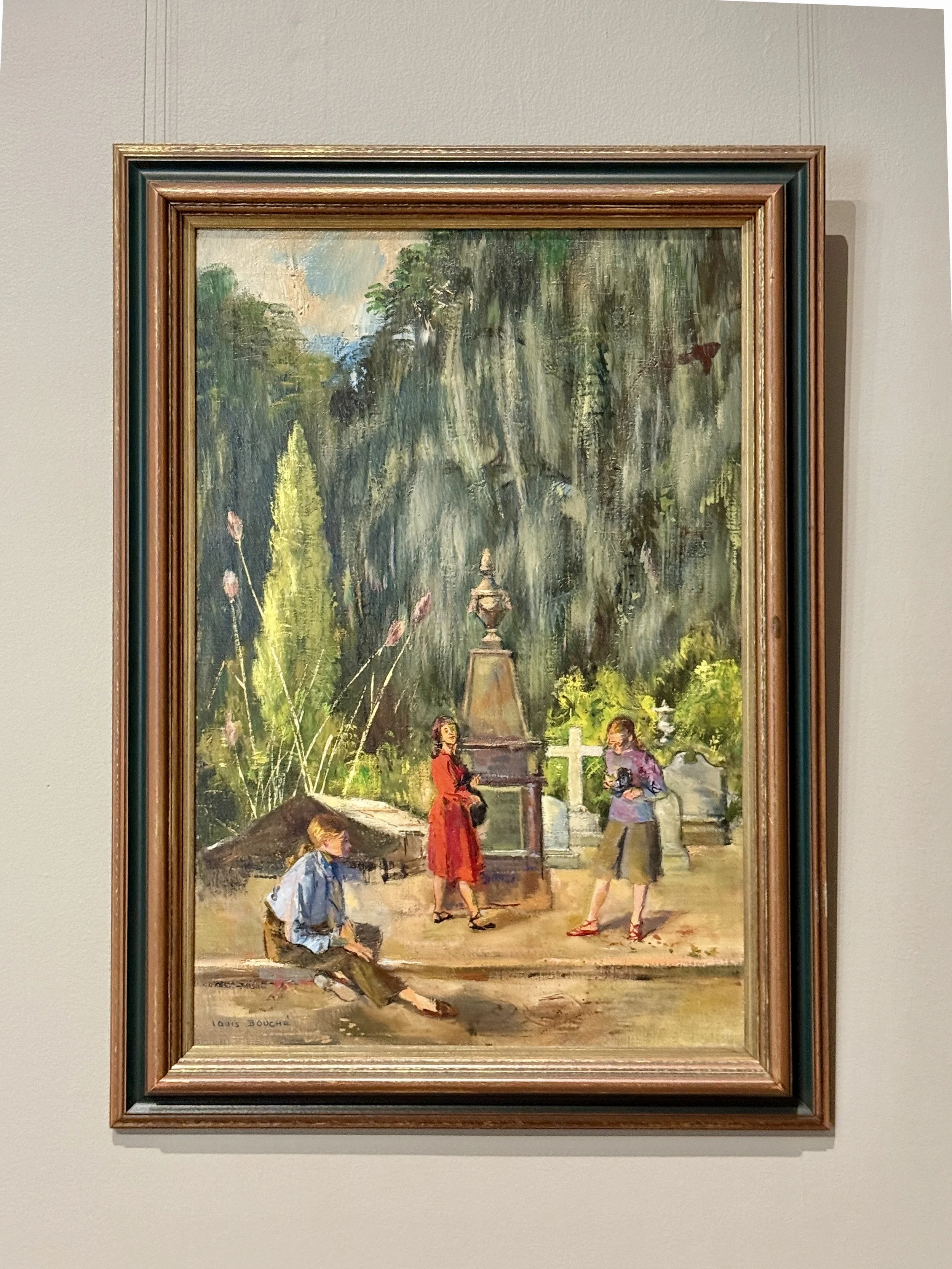


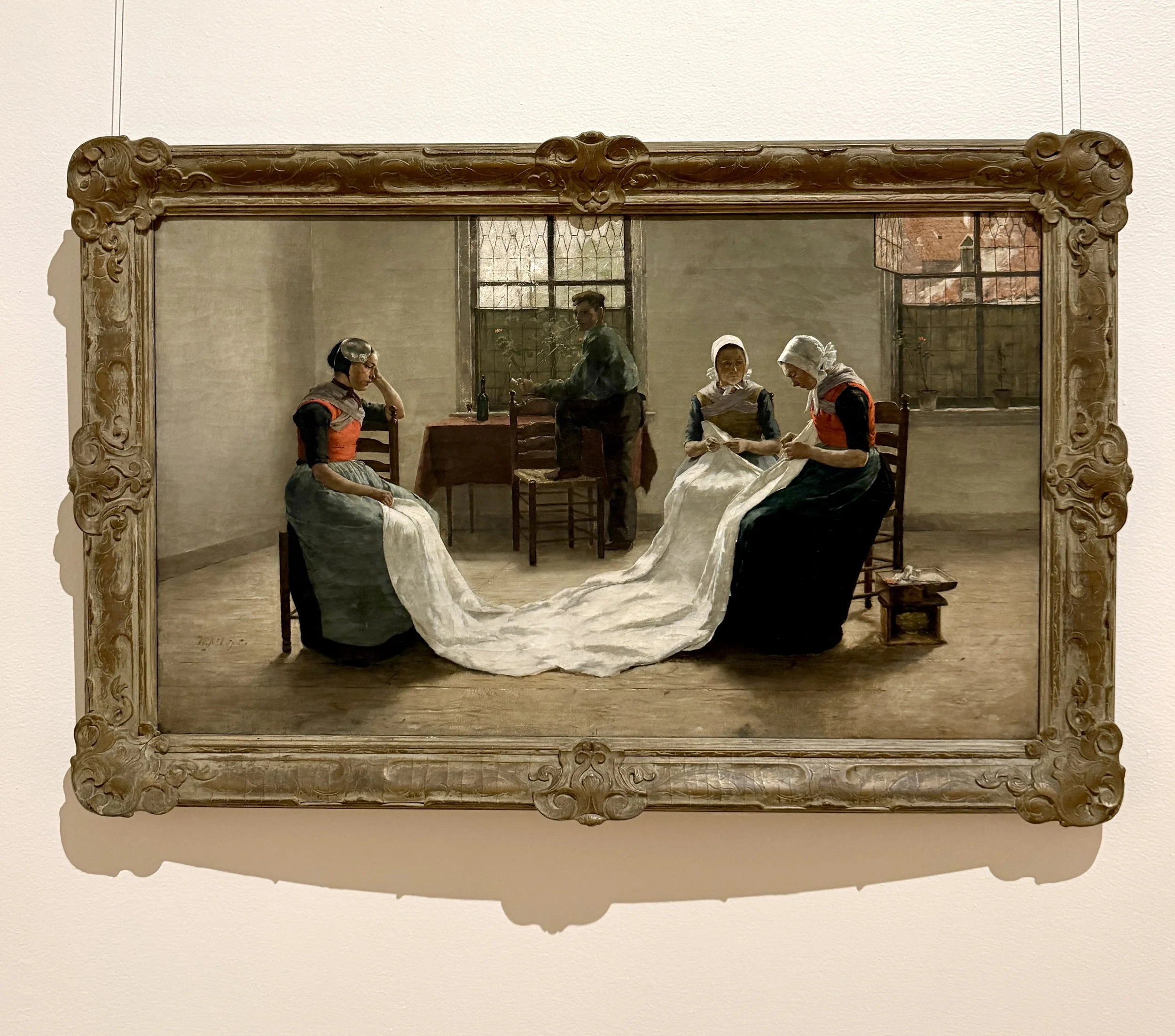




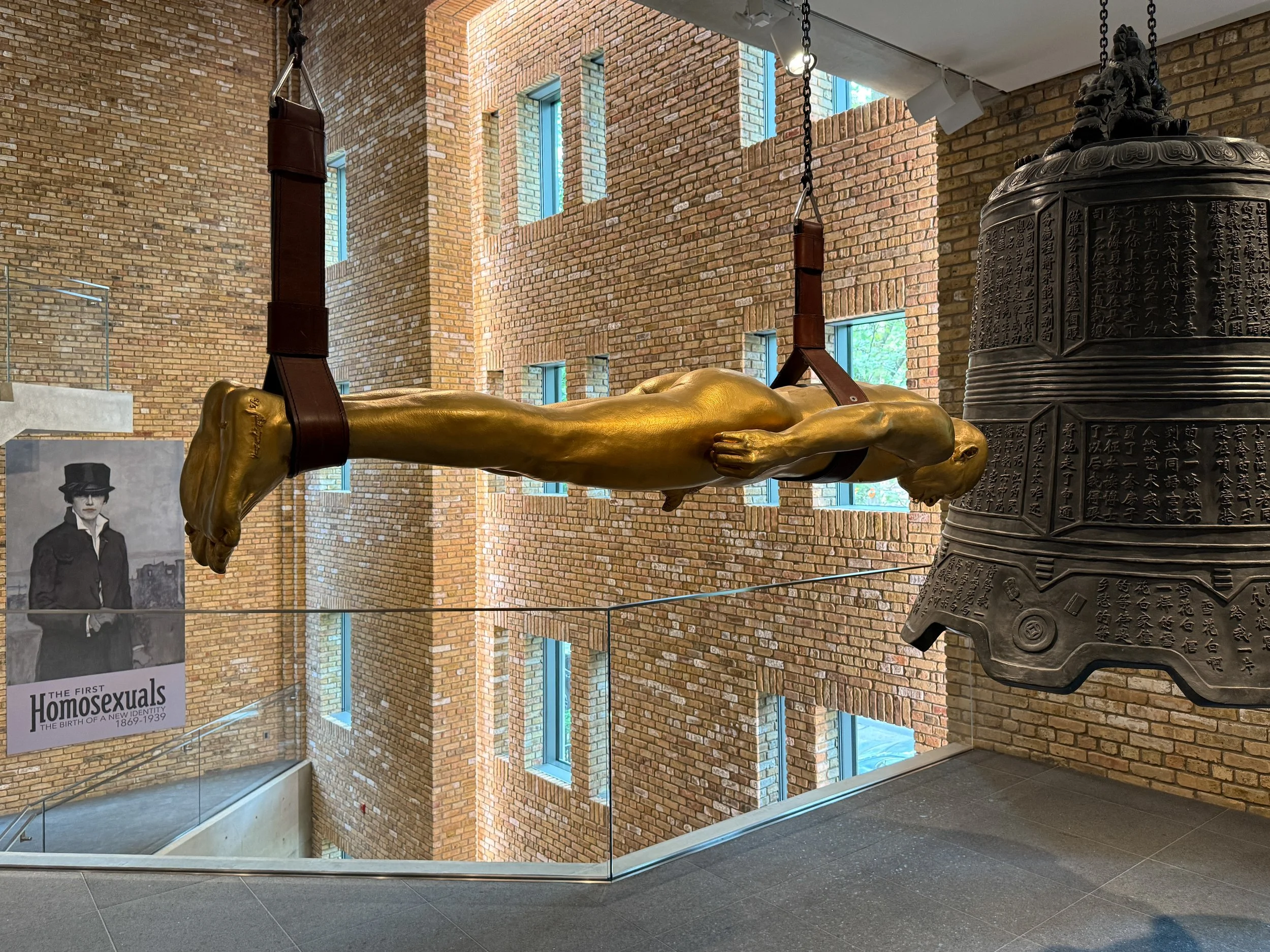
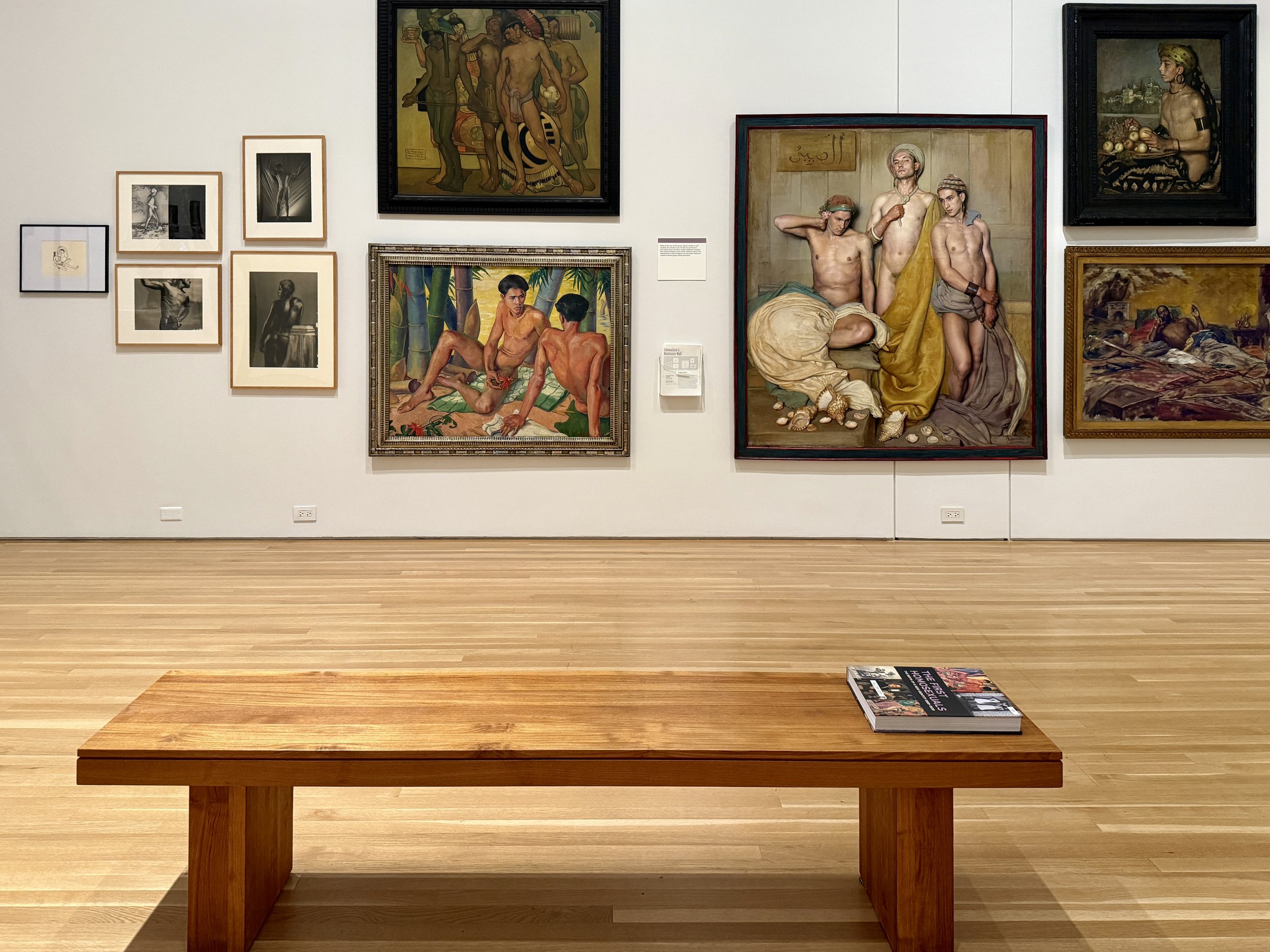



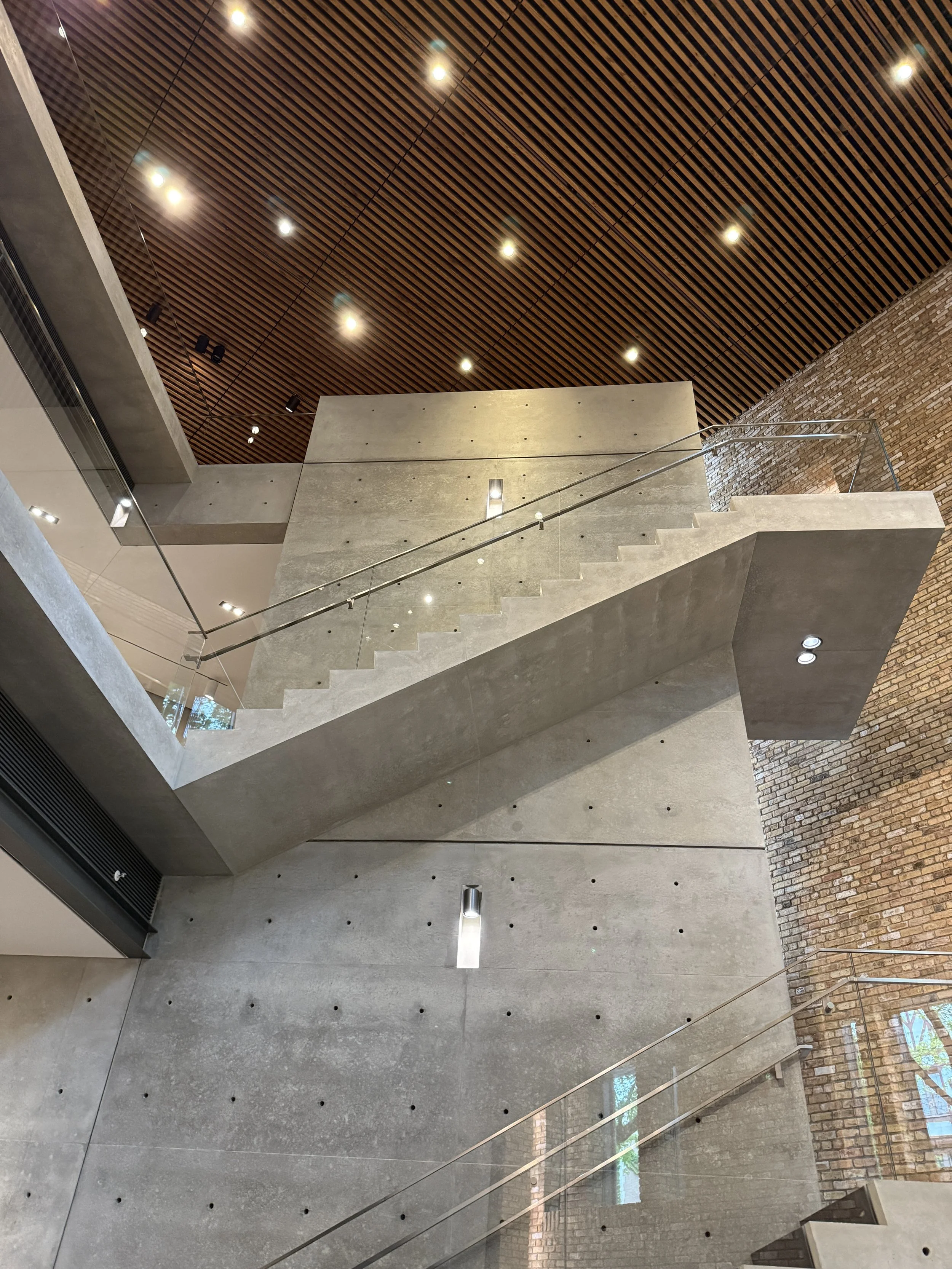

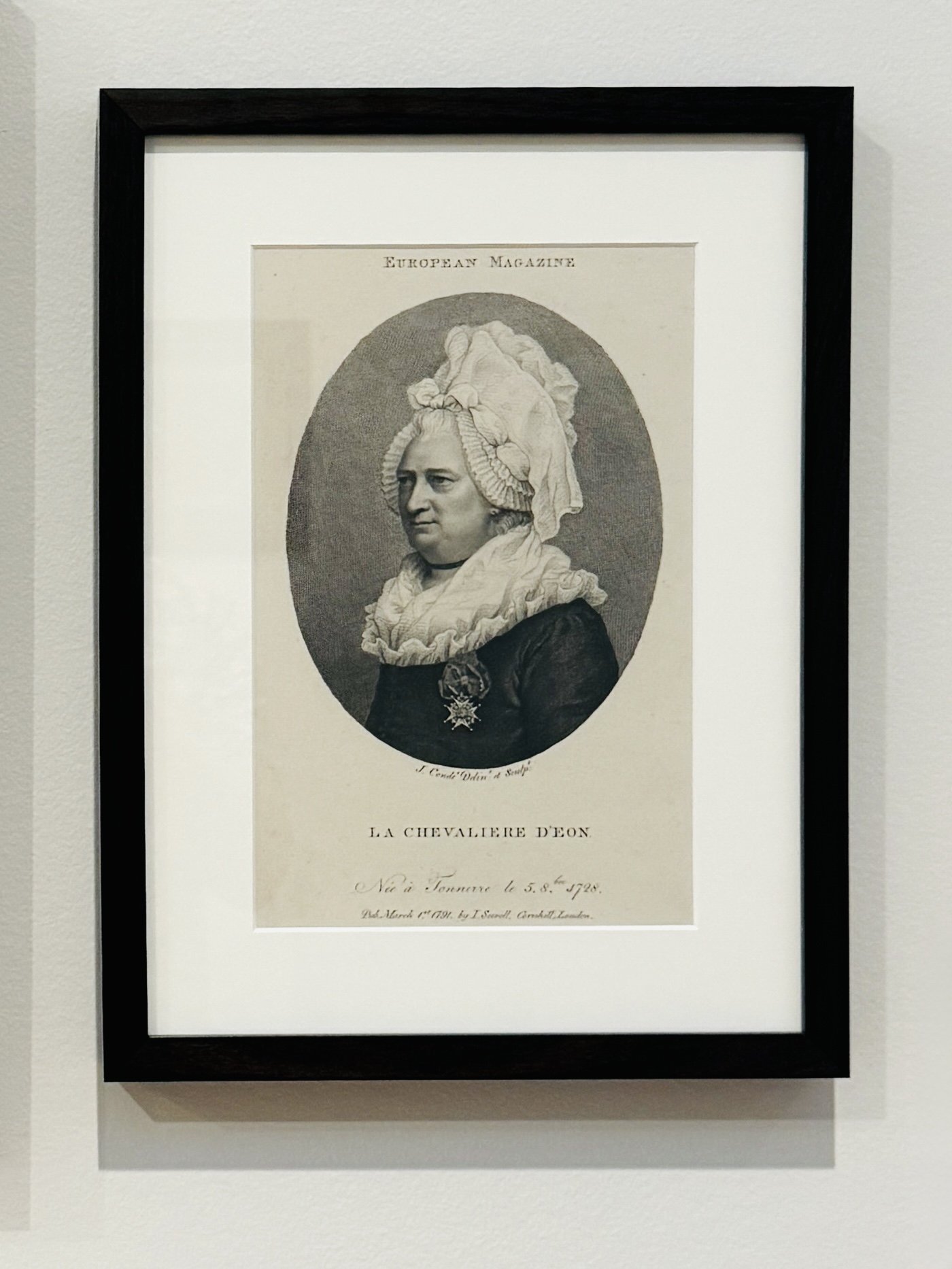










![Nackte Schiffer (Fischer) und Knaben am grünen Gestade (Naked Boatmen [Fishermen] and Boys on the Green Shore by Ludwig von Hofmann](https://images.squarespace-cdn.com/content/v1/56c13cc00442627a08632989/bf99309e-65ac-4776-a40b-93c658b11225/Naked+Boatmen+%5BFishermen%5D+and+Boys+on+the+Green+Shore+by+Ludwig+von+Hofmann.jpg)


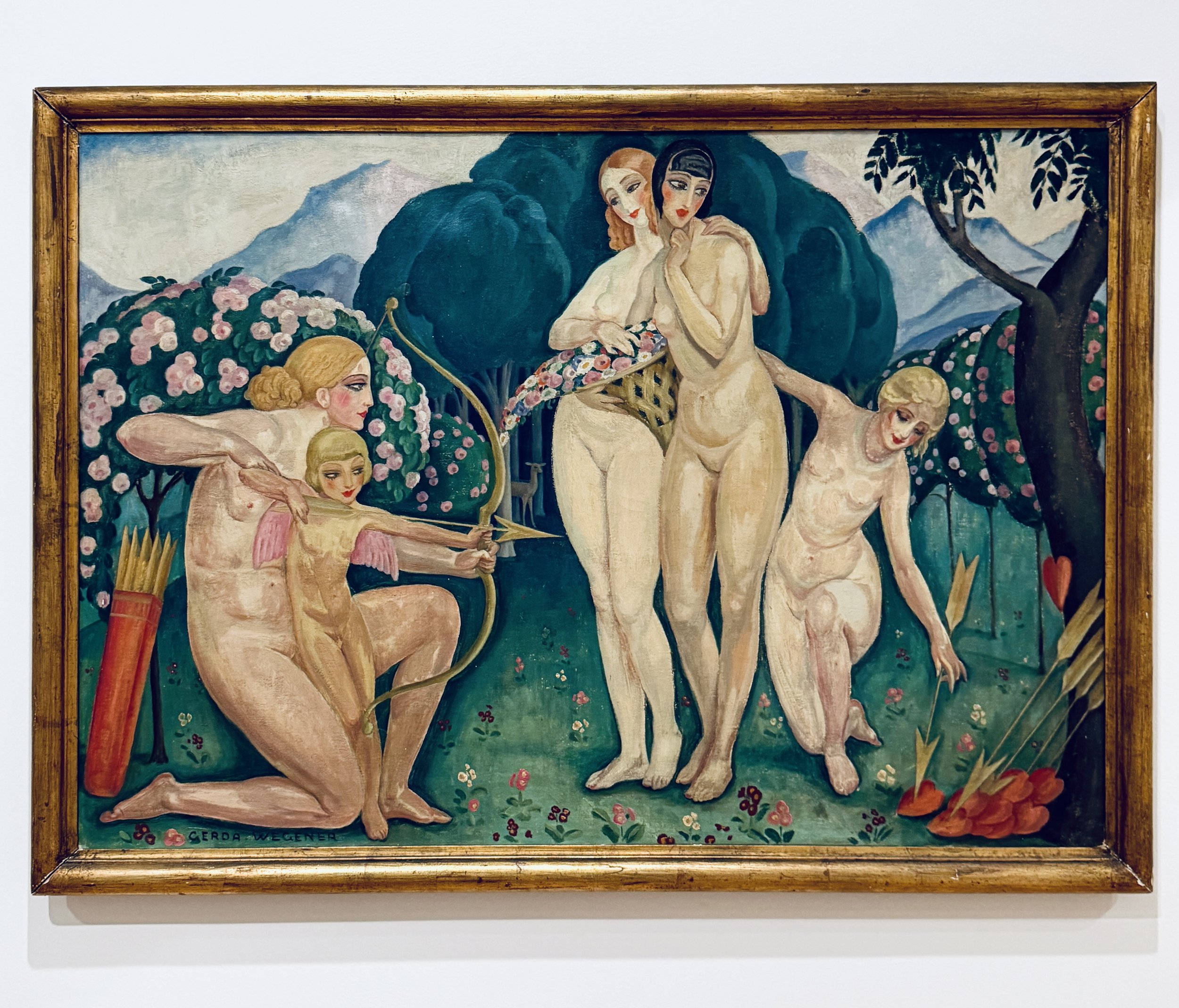


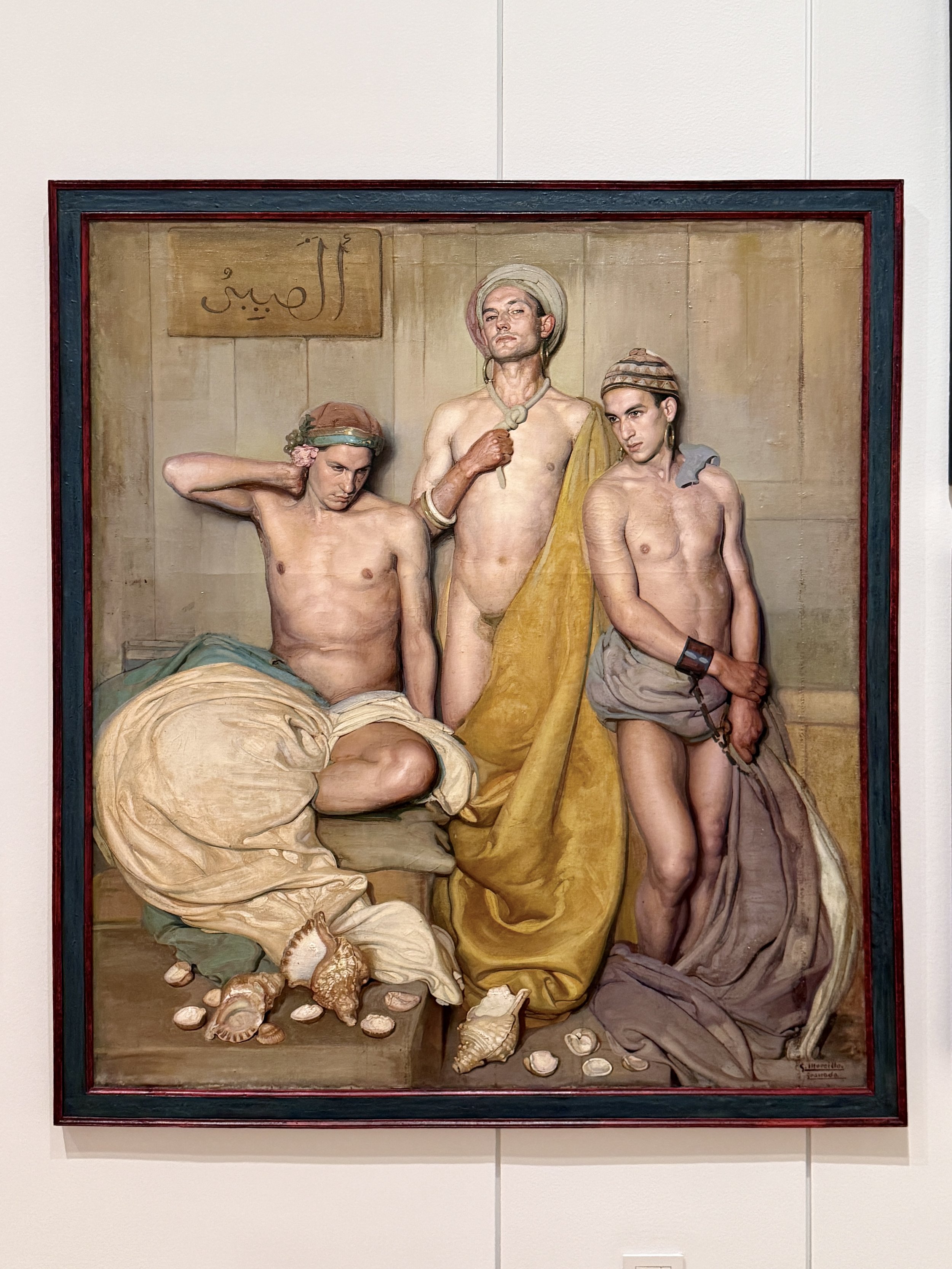


![Untitled (kuchi-e [frontispiece] with artist’s seal Shisen) by Tomioka Eisen](https://images.squarespace-cdn.com/content/v1/56c13cc00442627a08632989/acfc8a3b-574b-4822-a787-aca814e59f46/Untitled+%28kuchi-e+frontispiece+by+Tomioka+Eisen.jpg)




